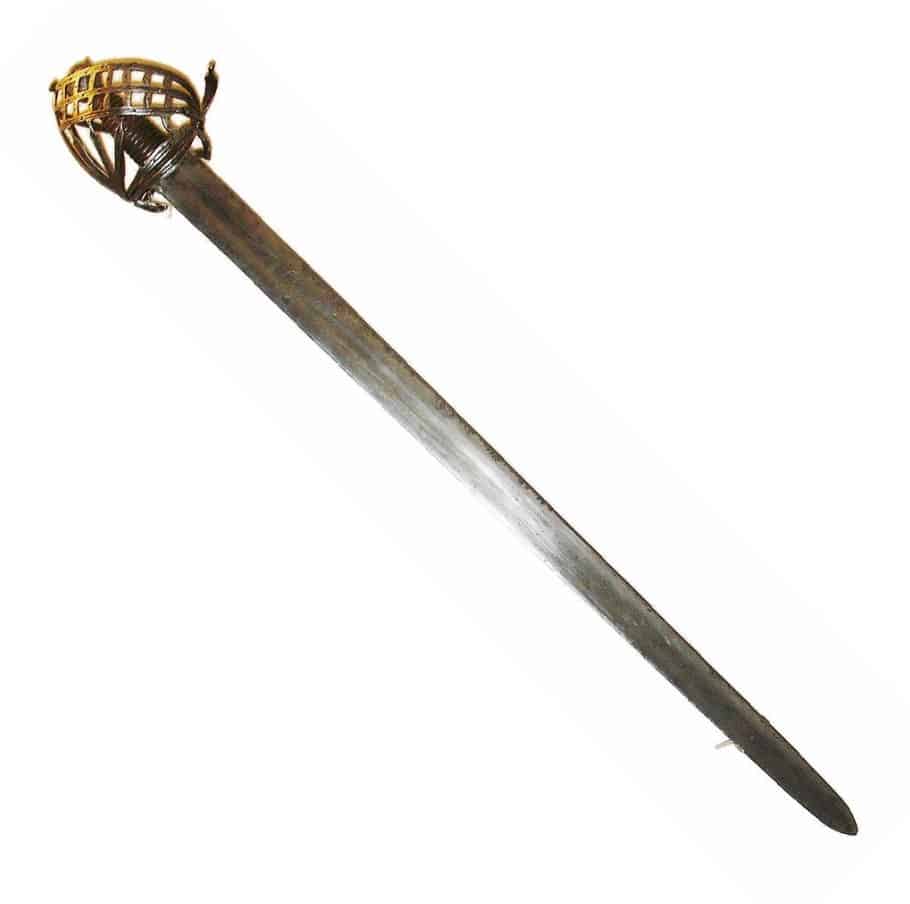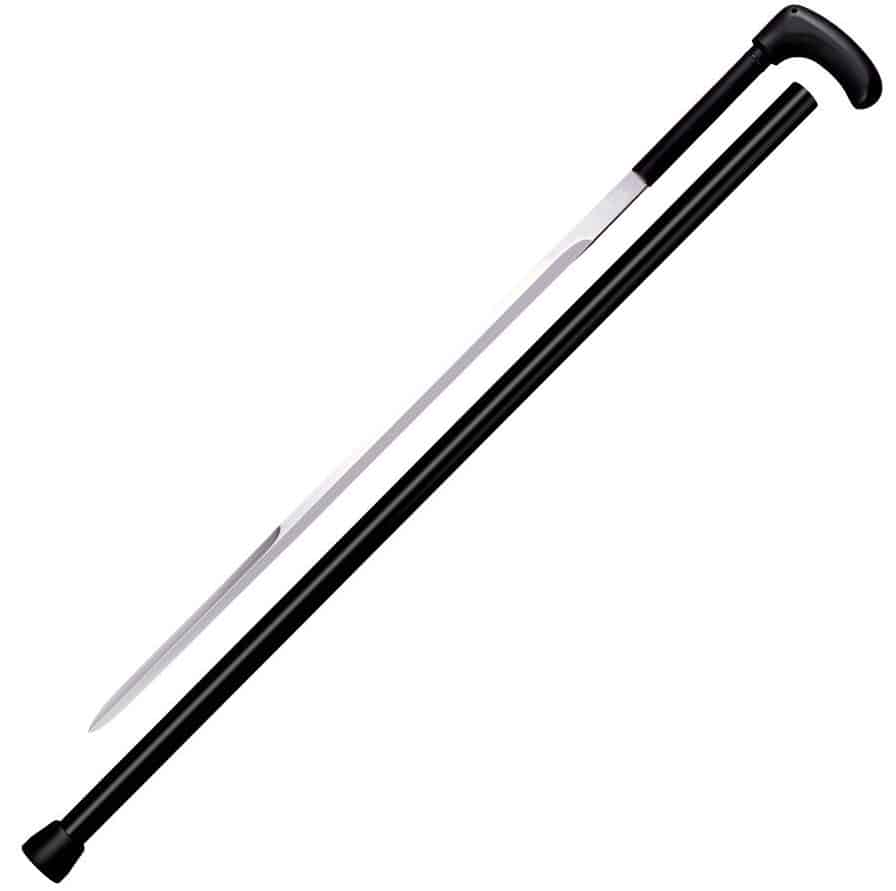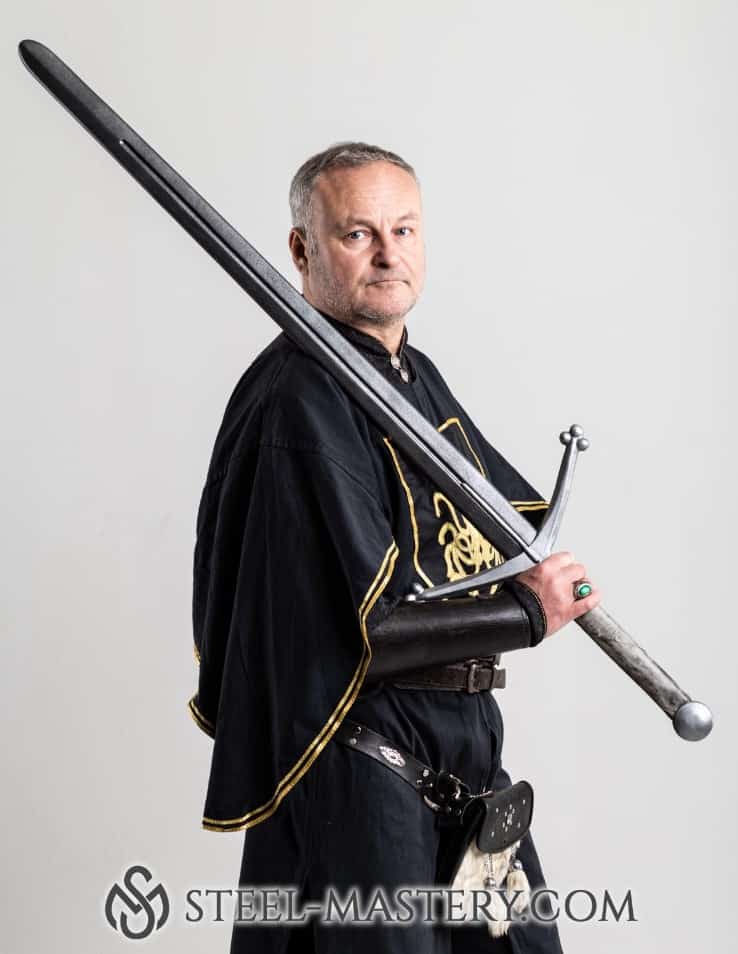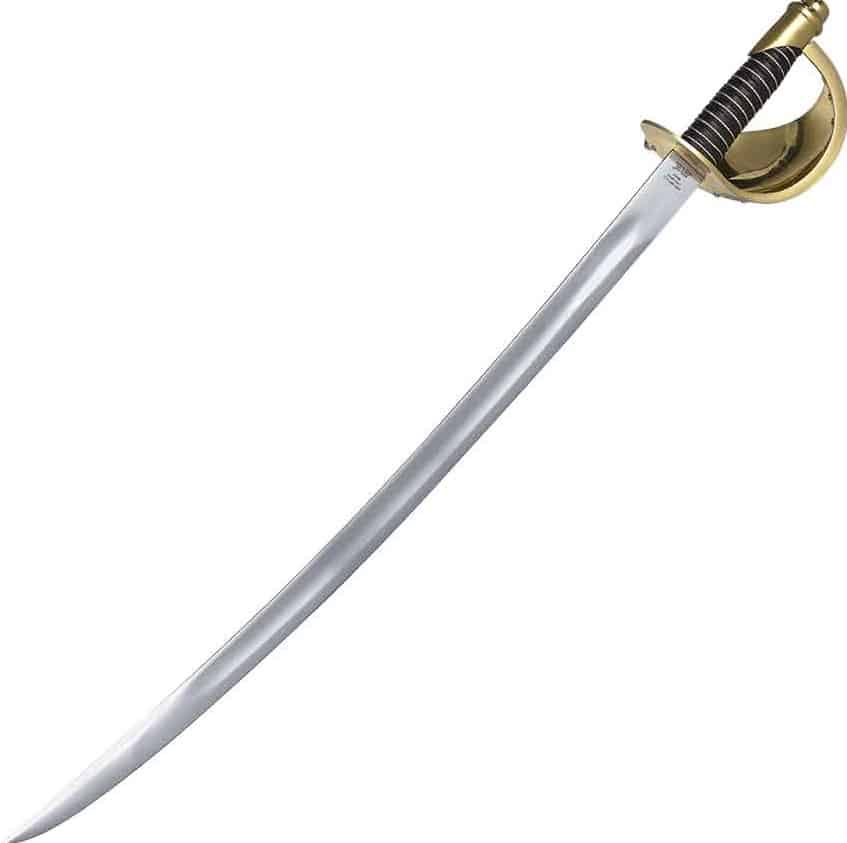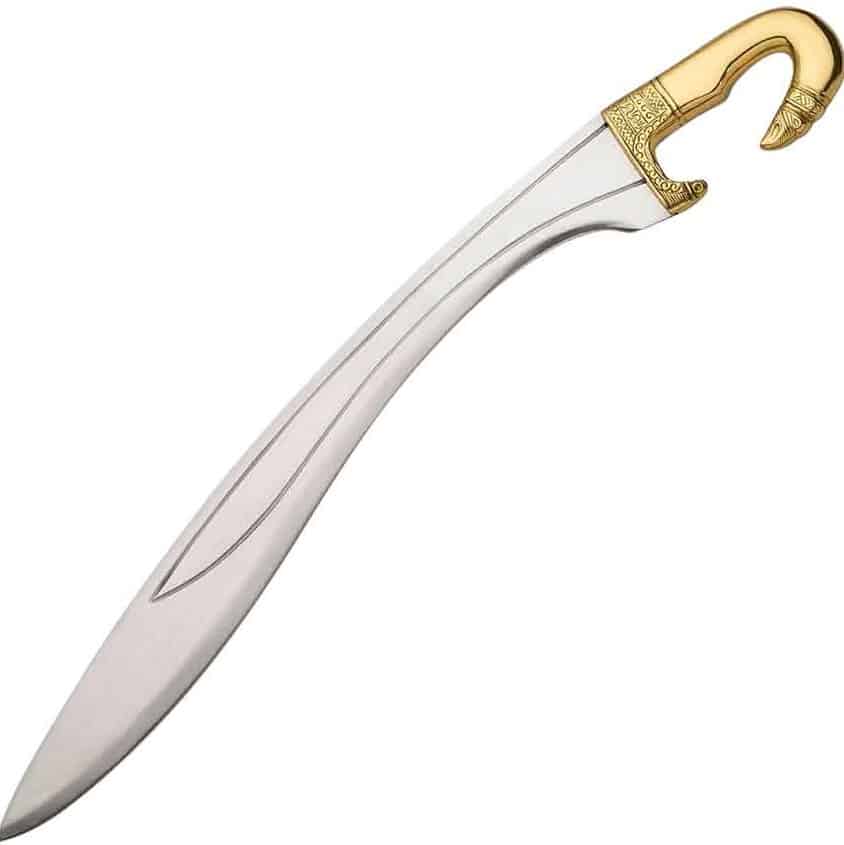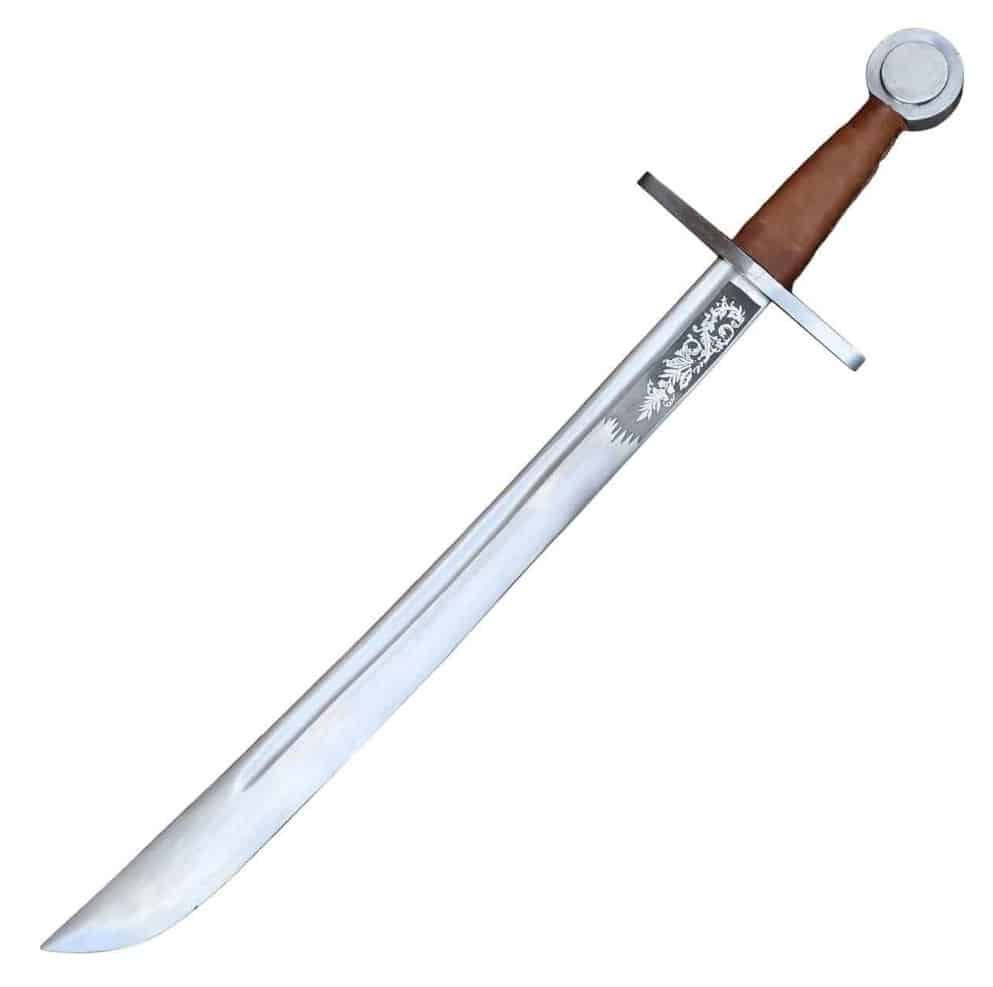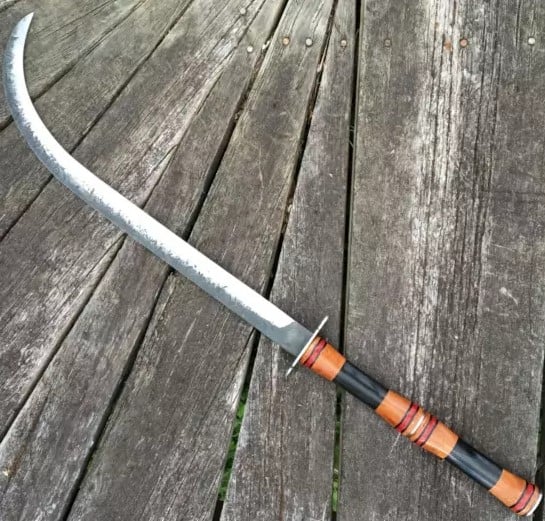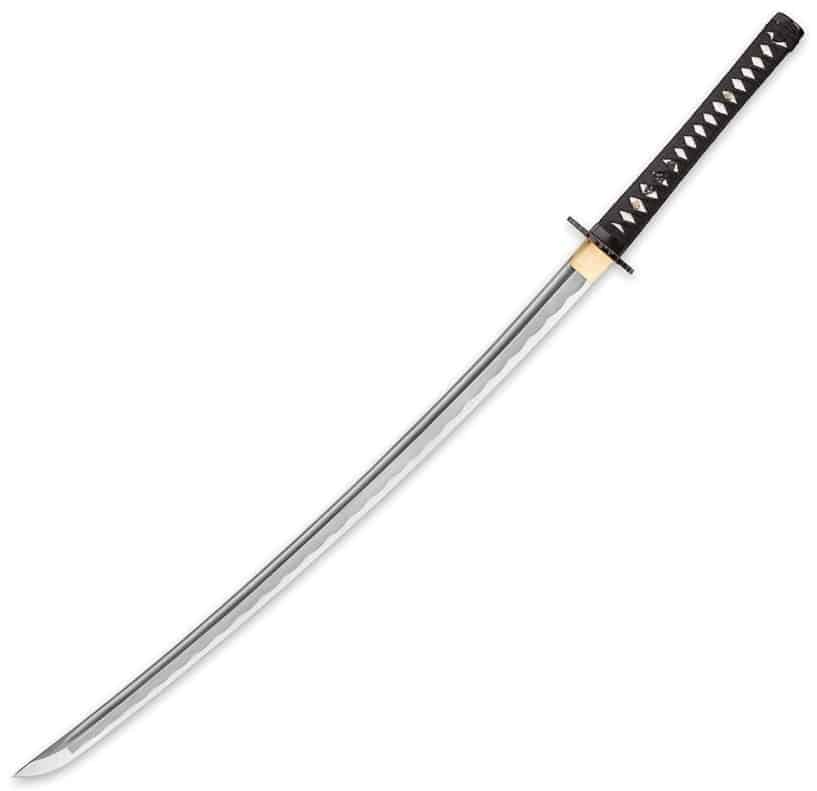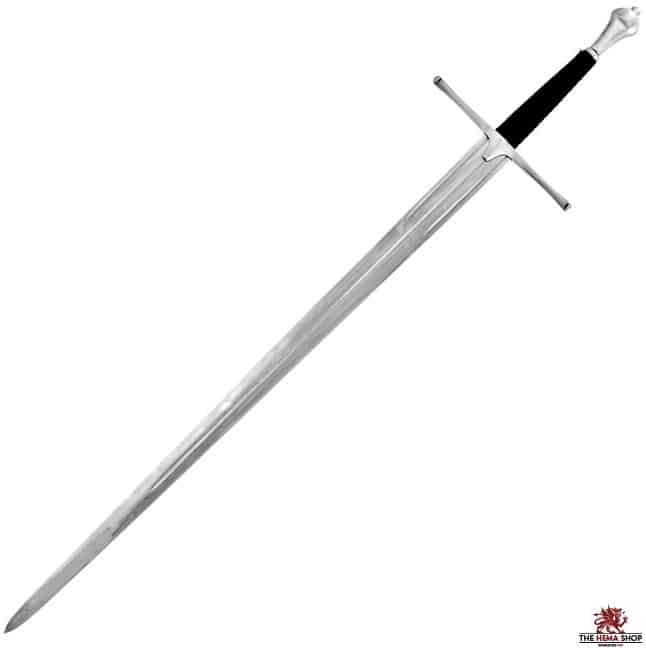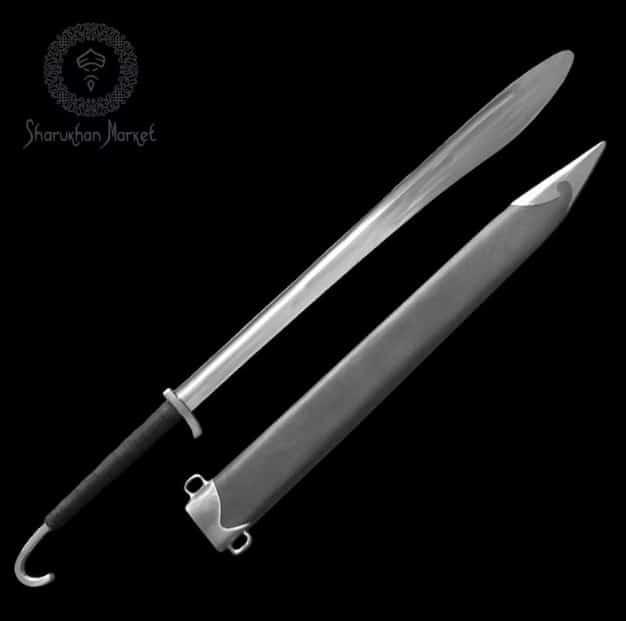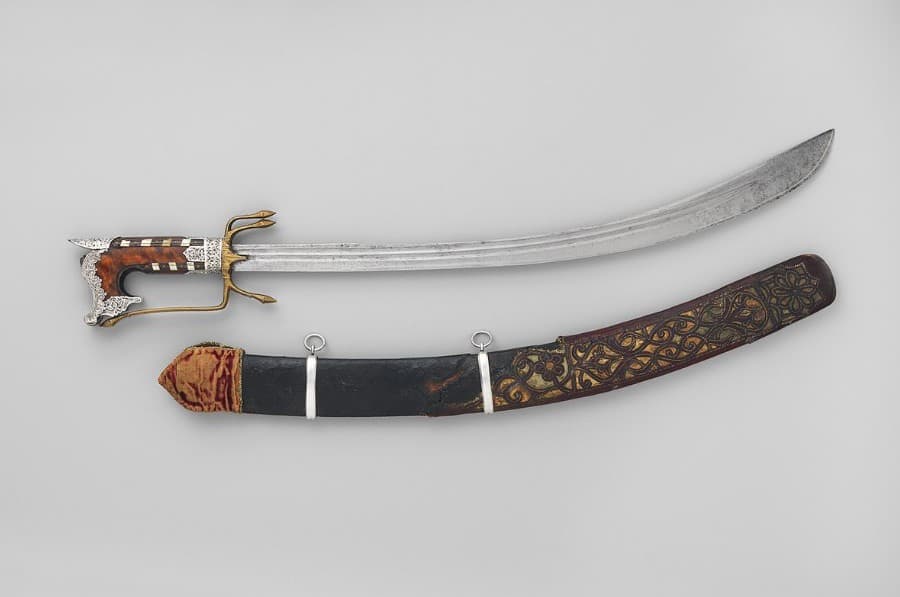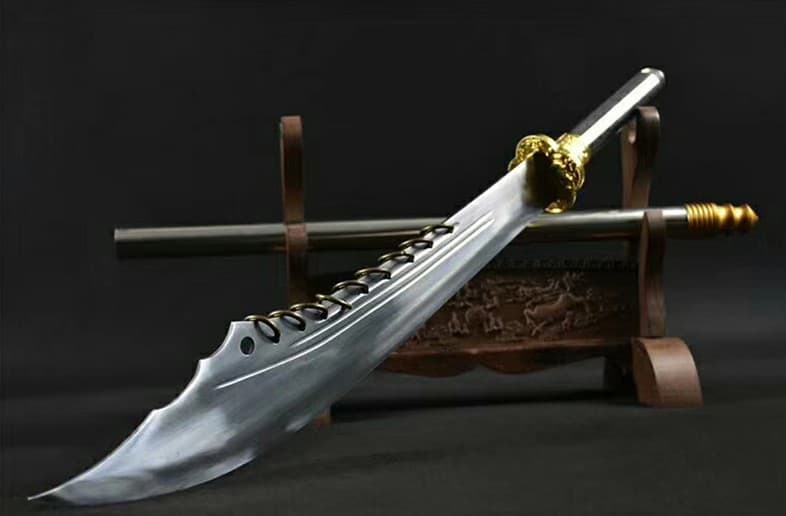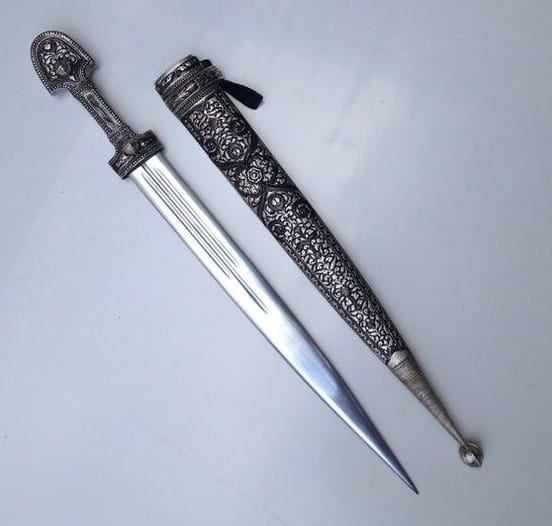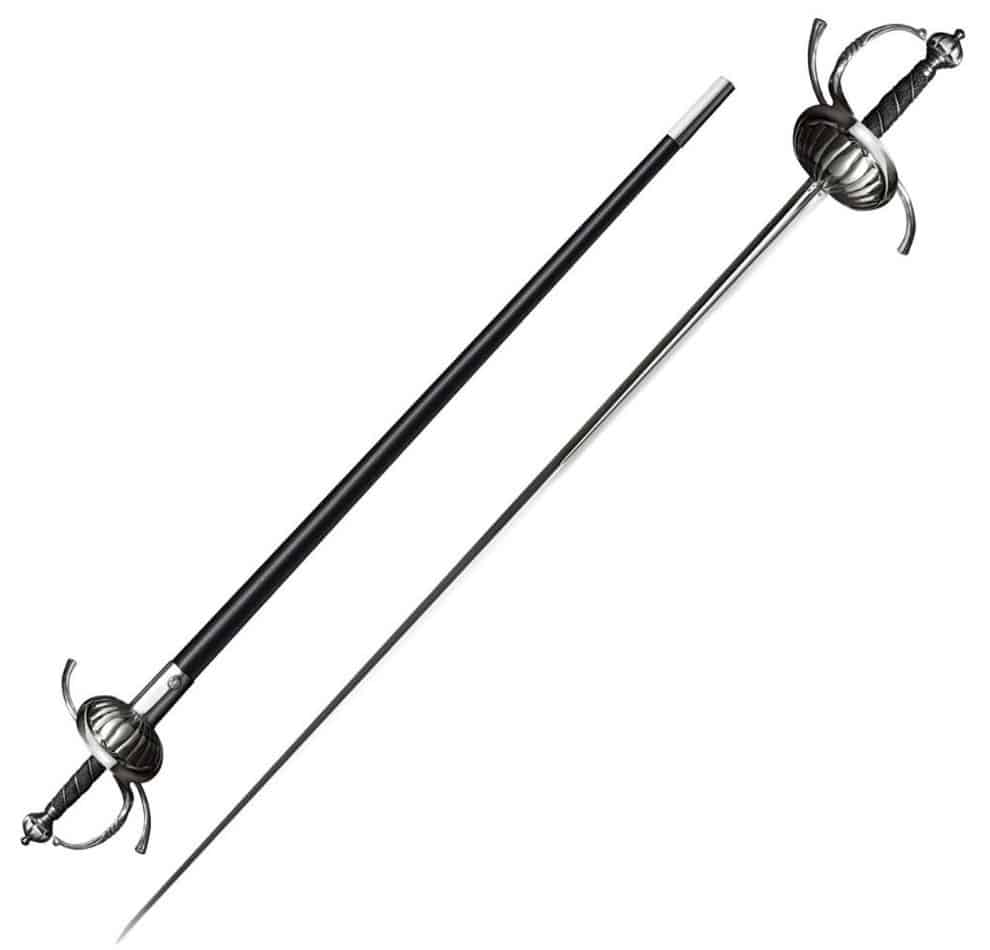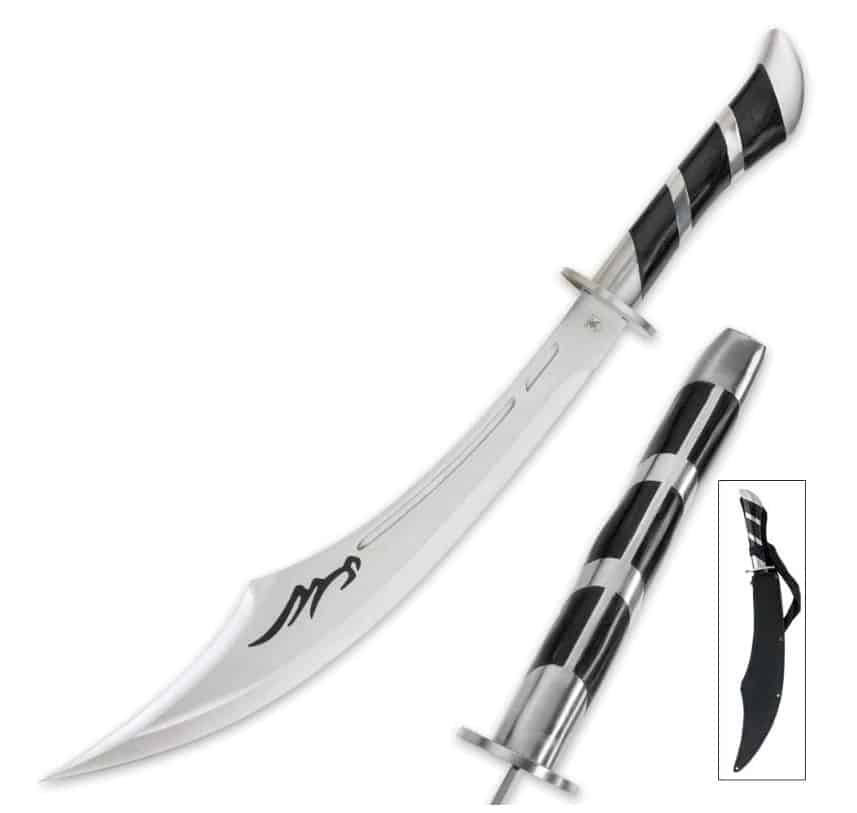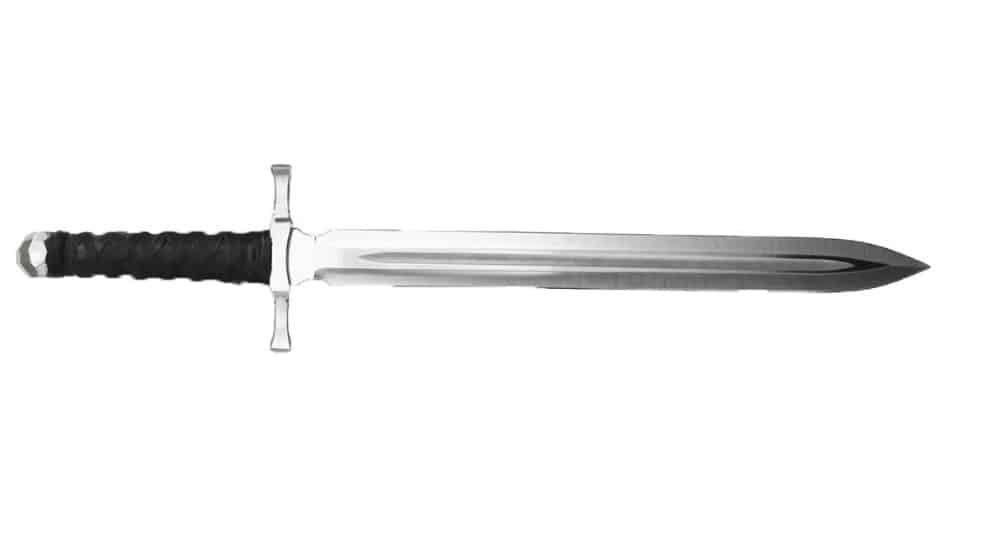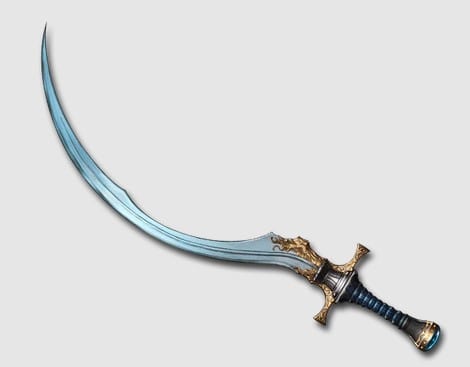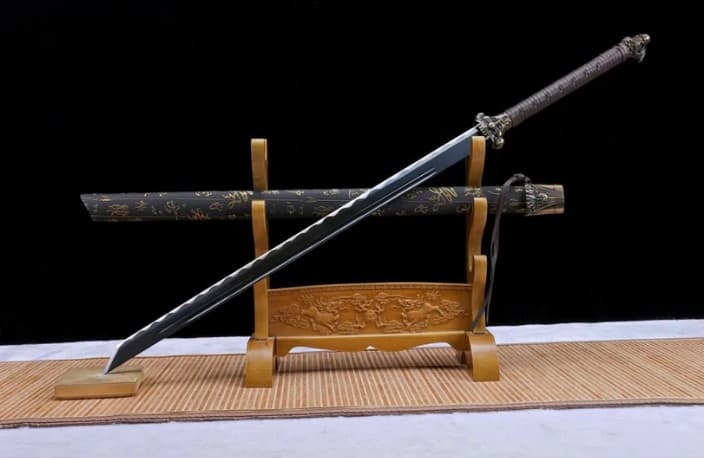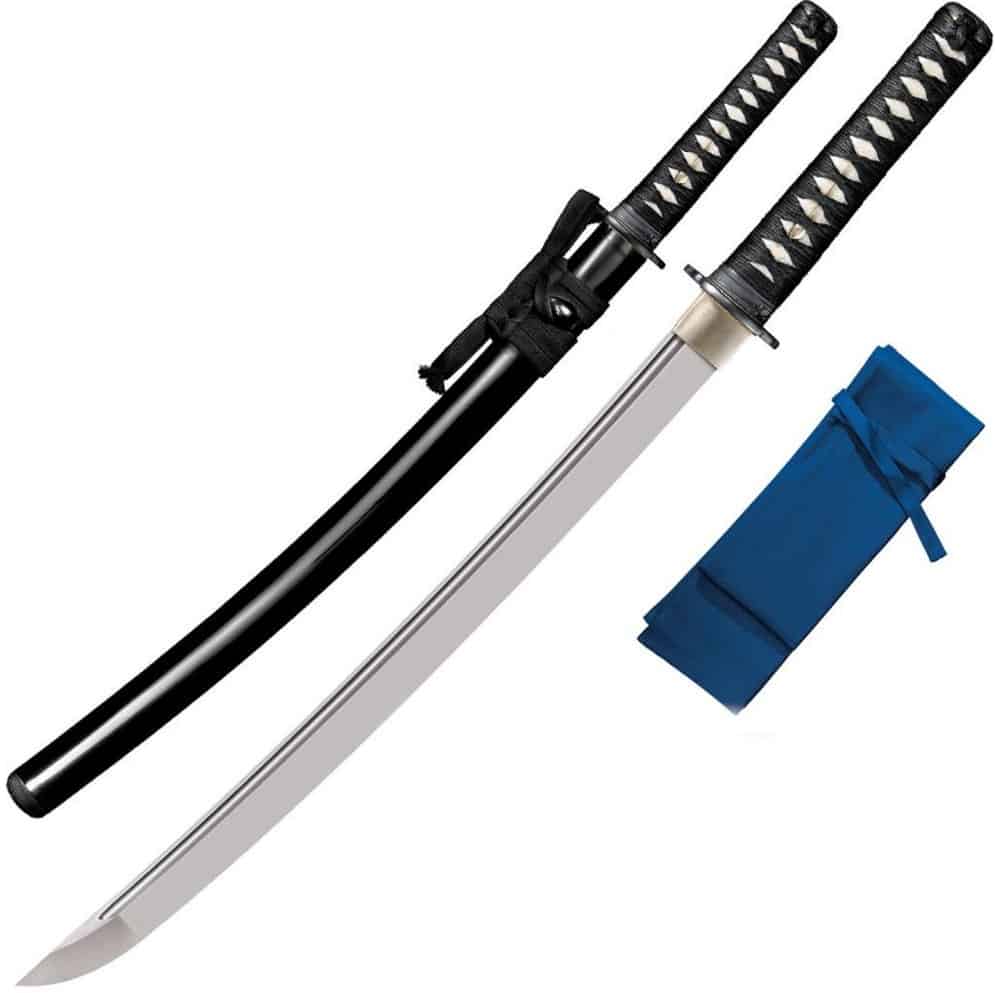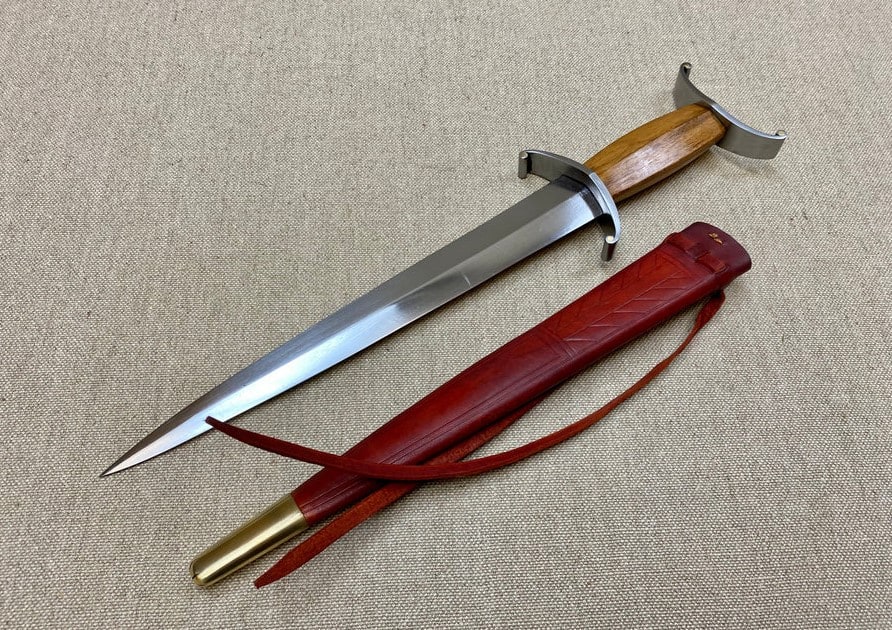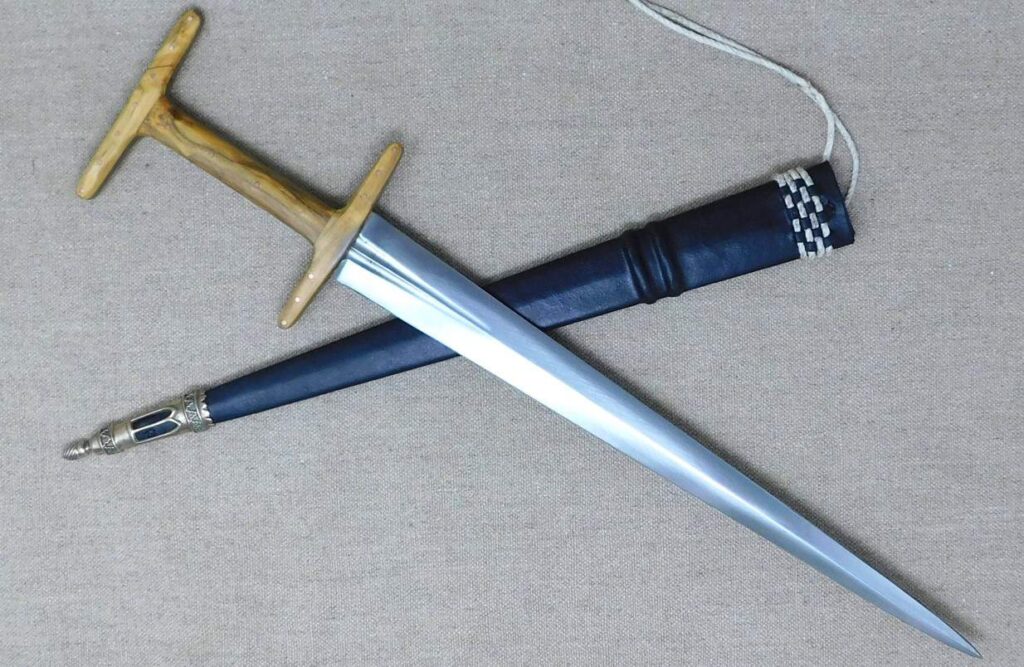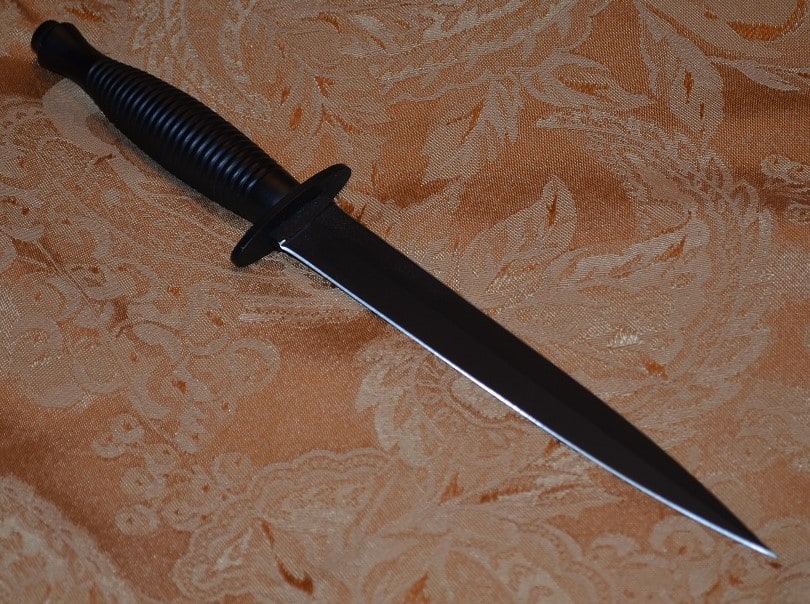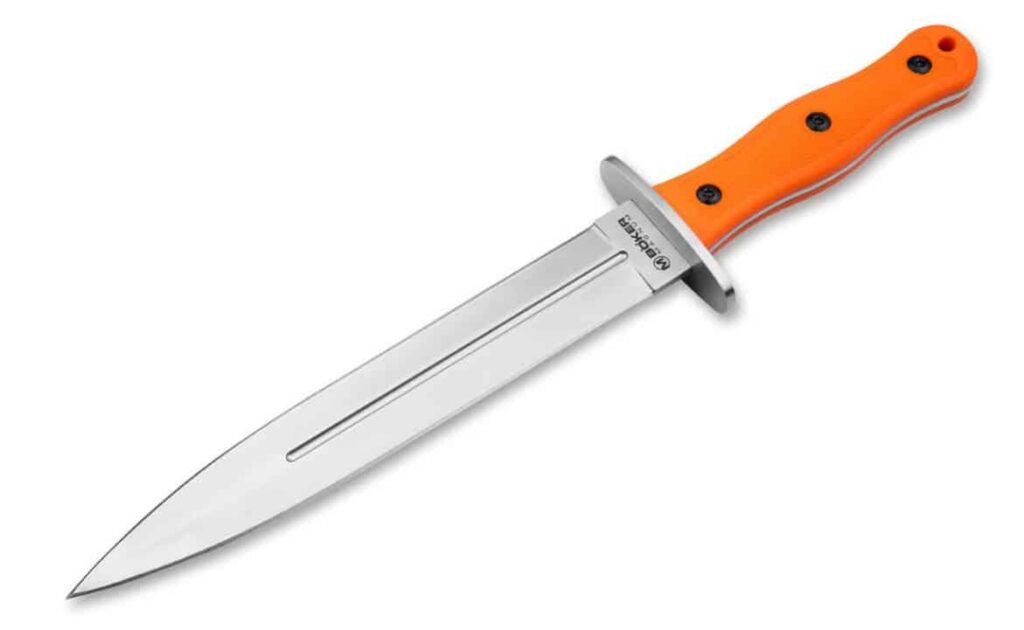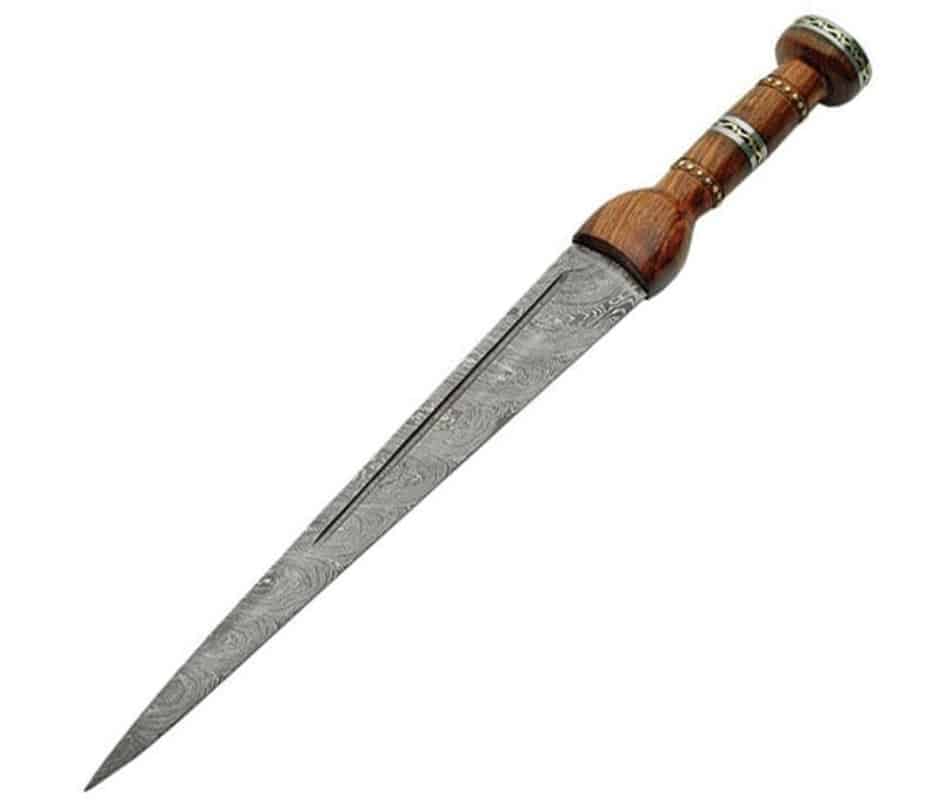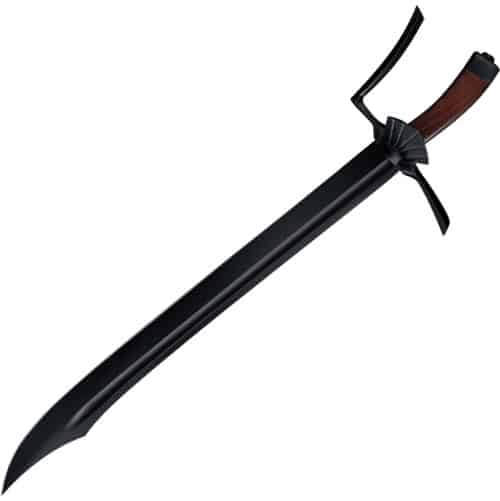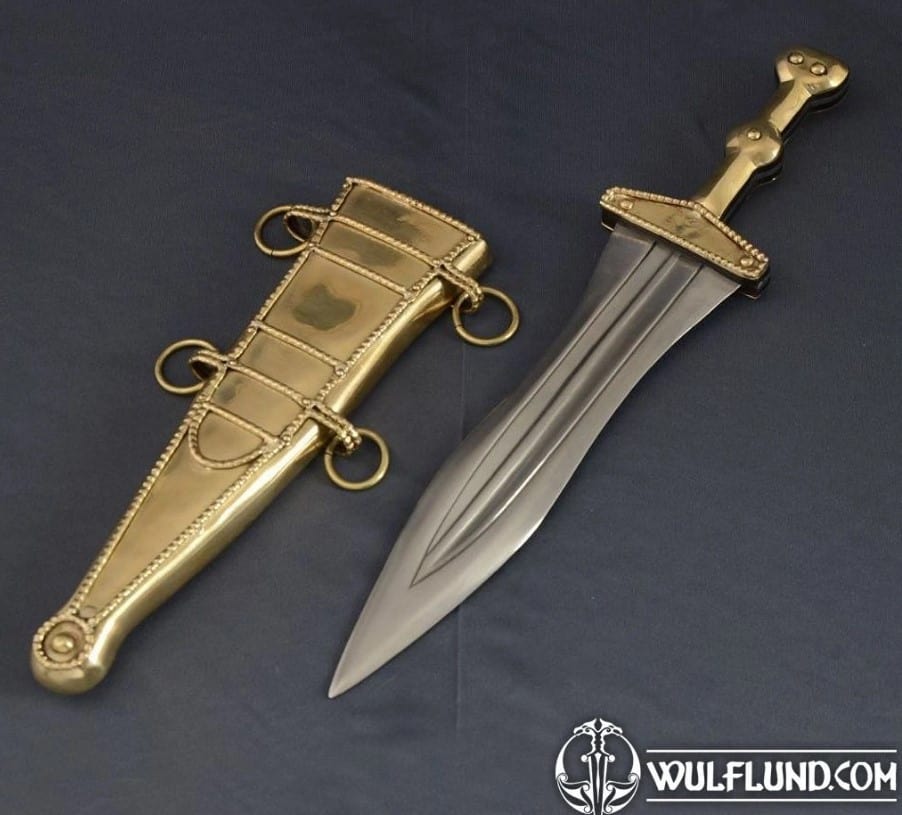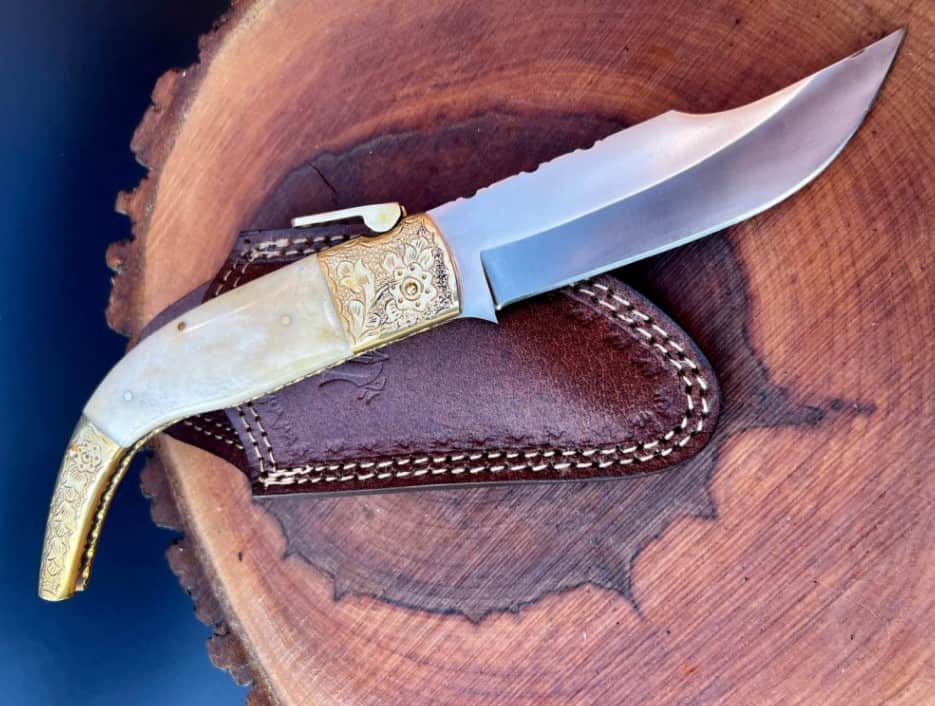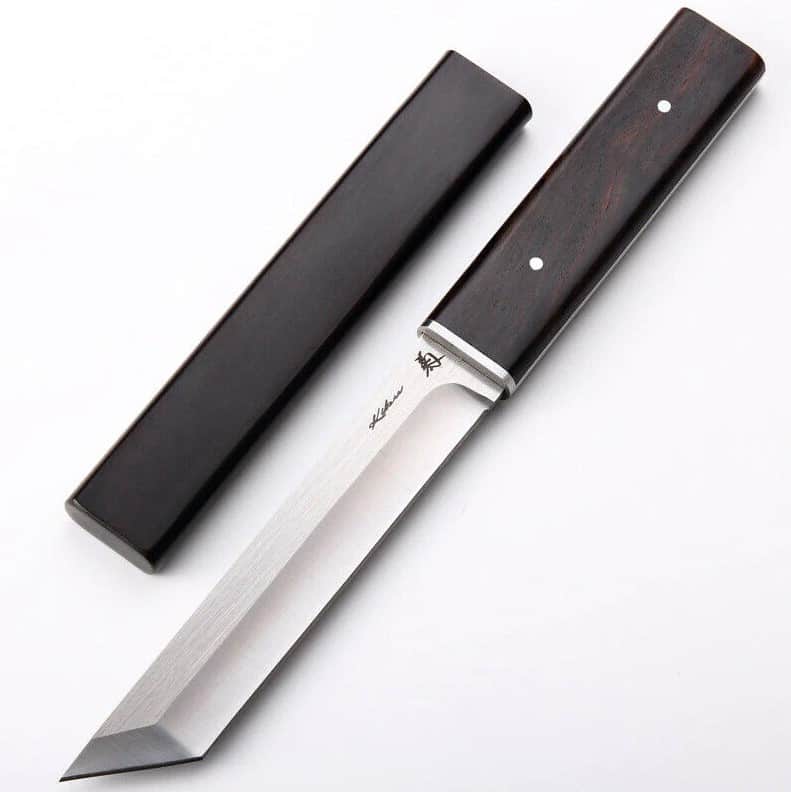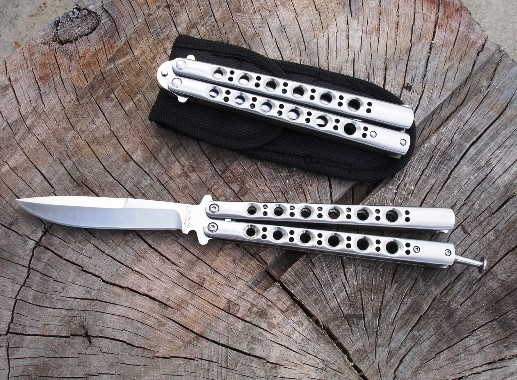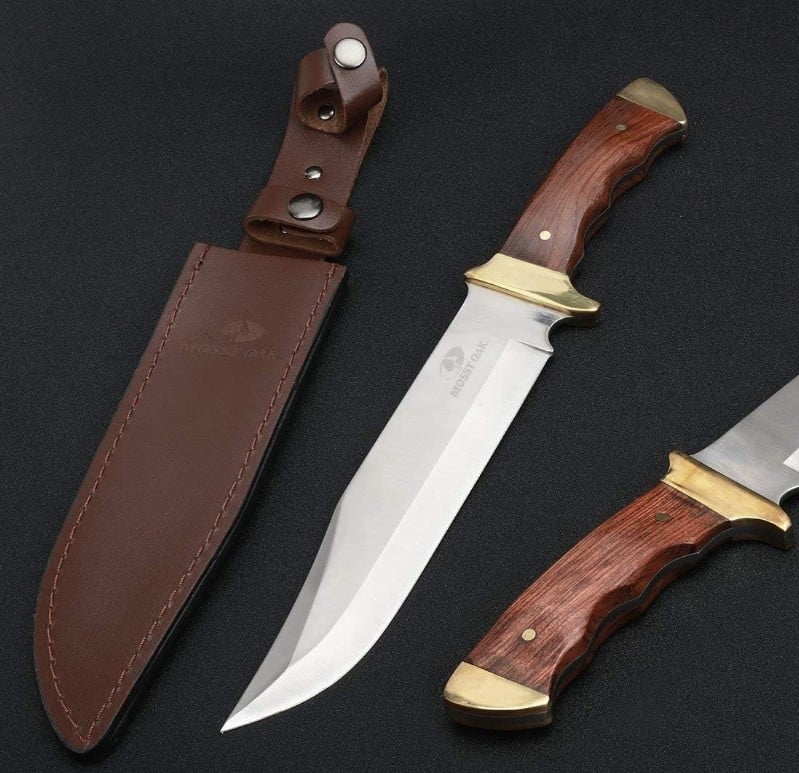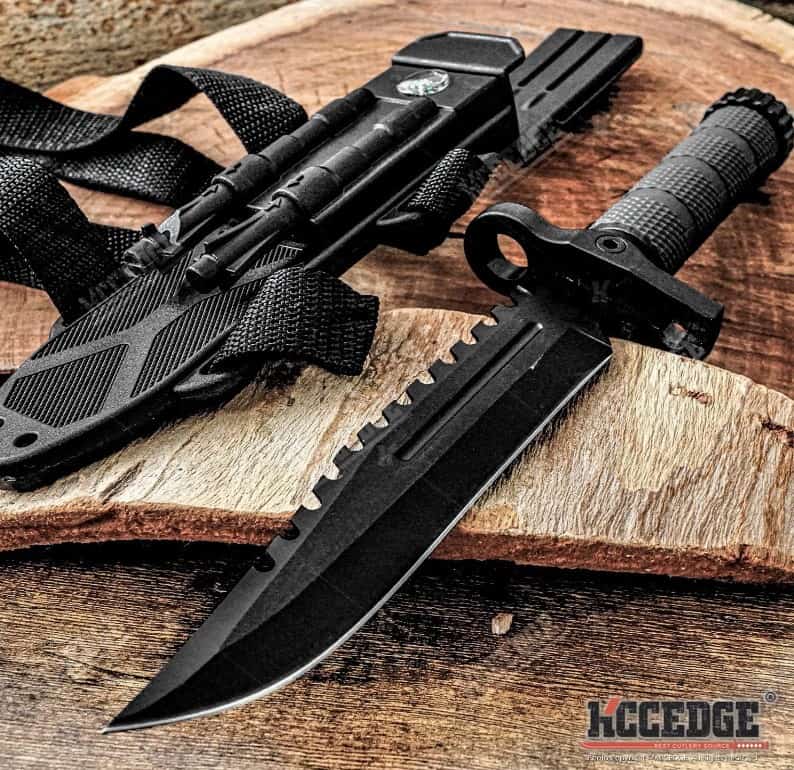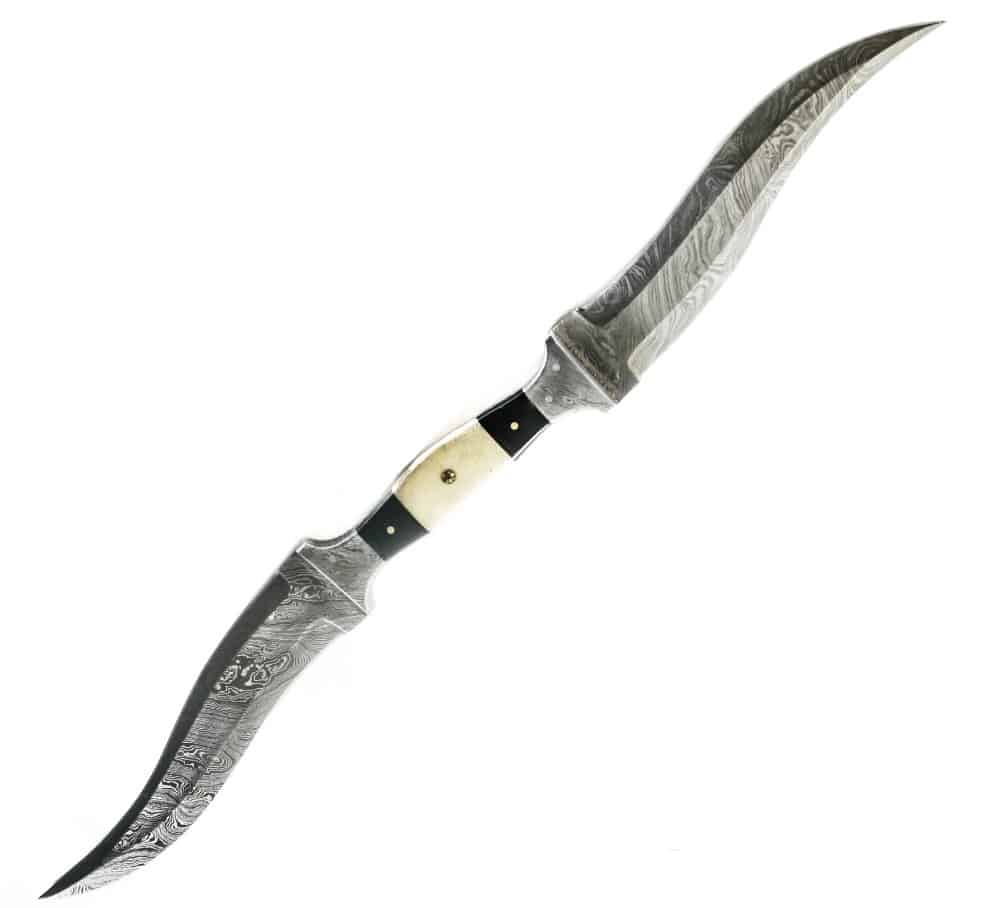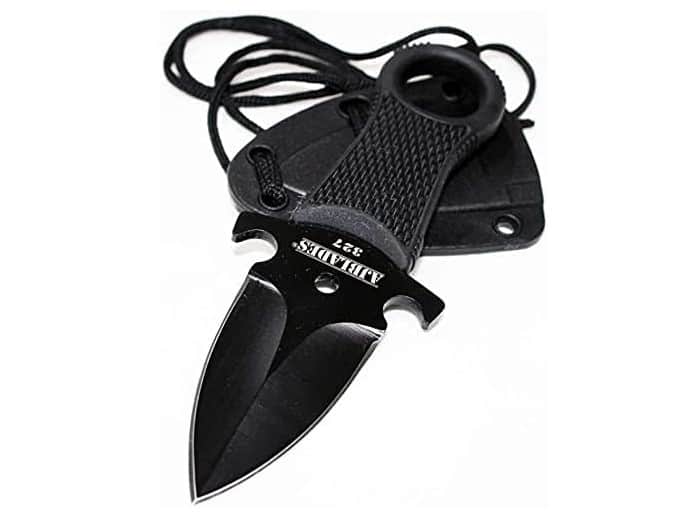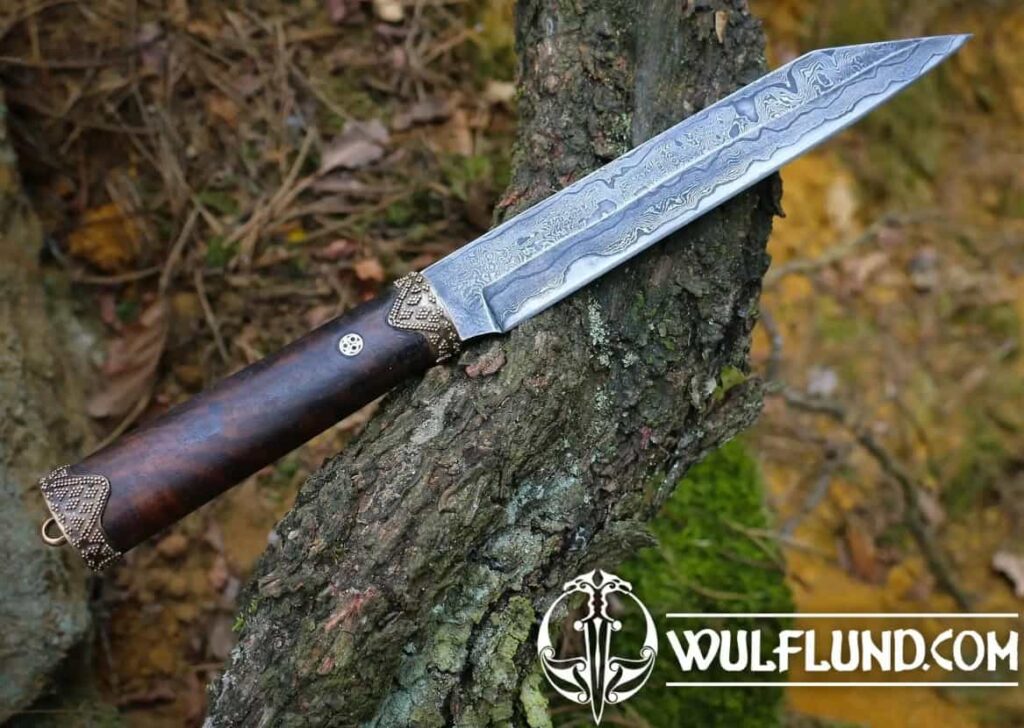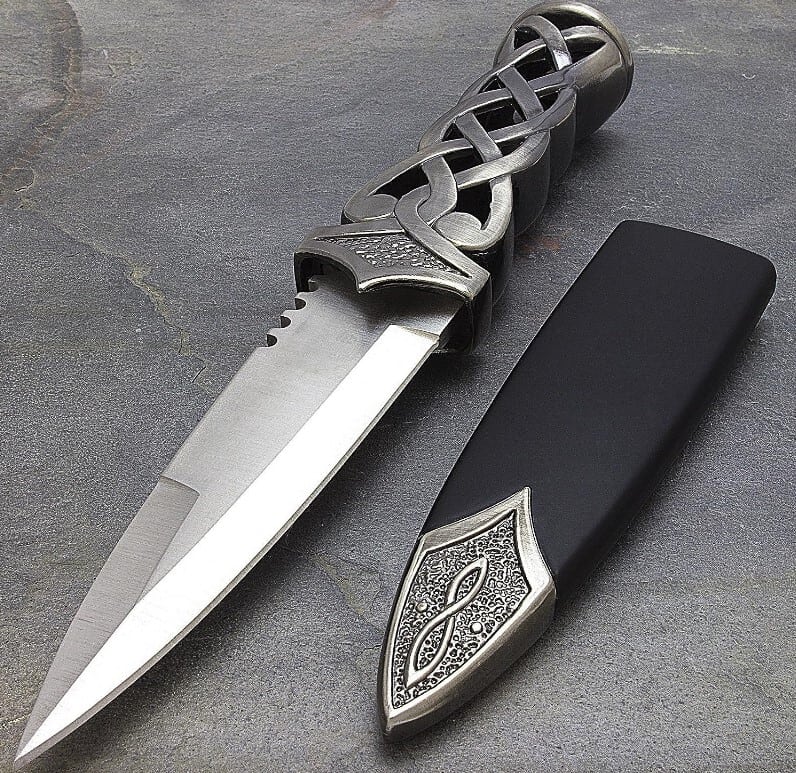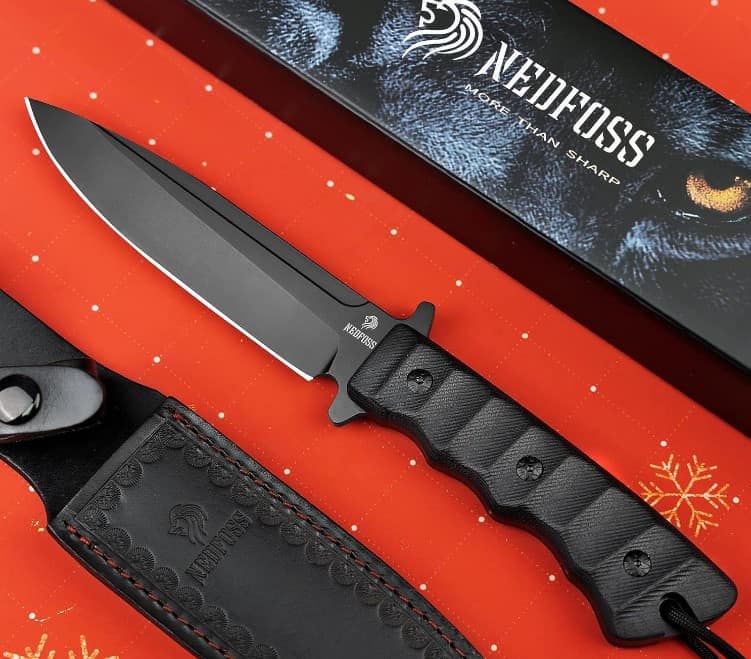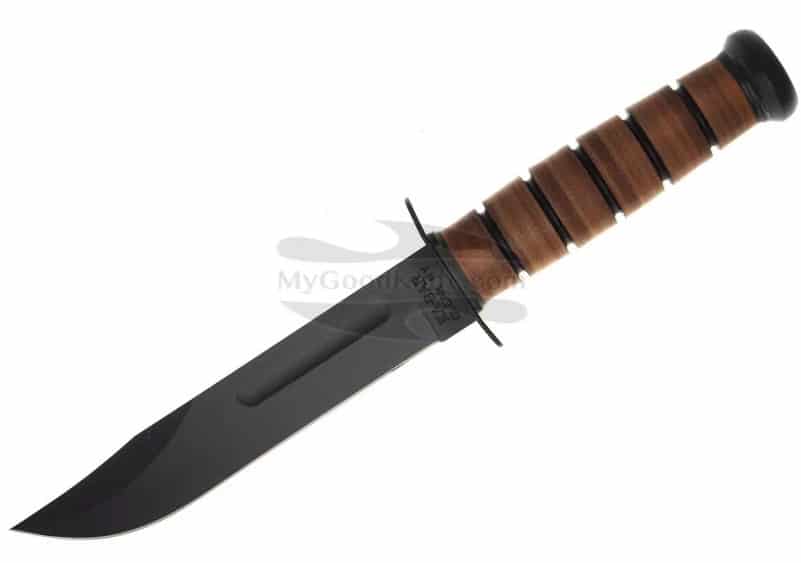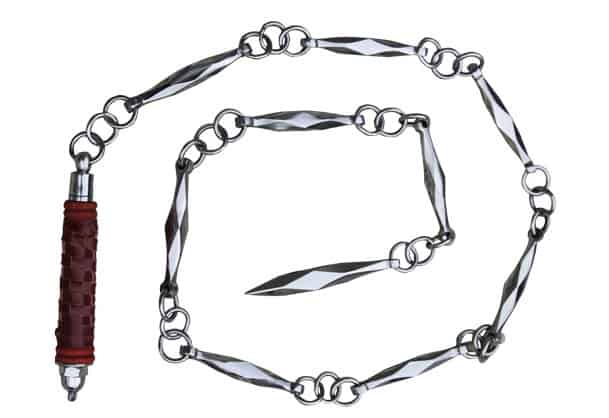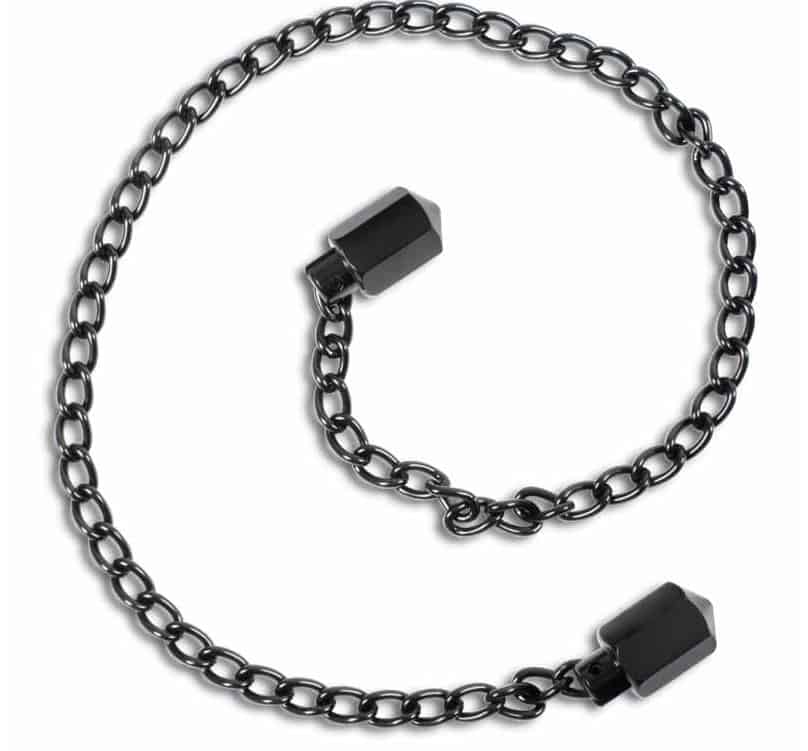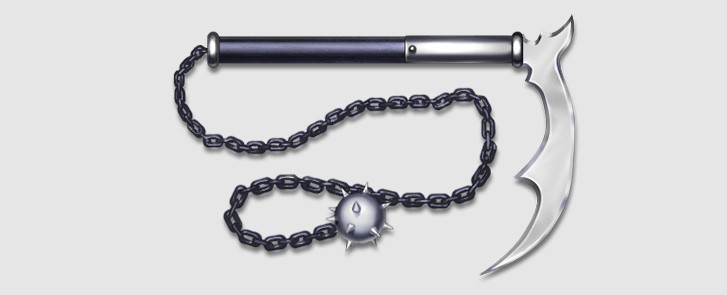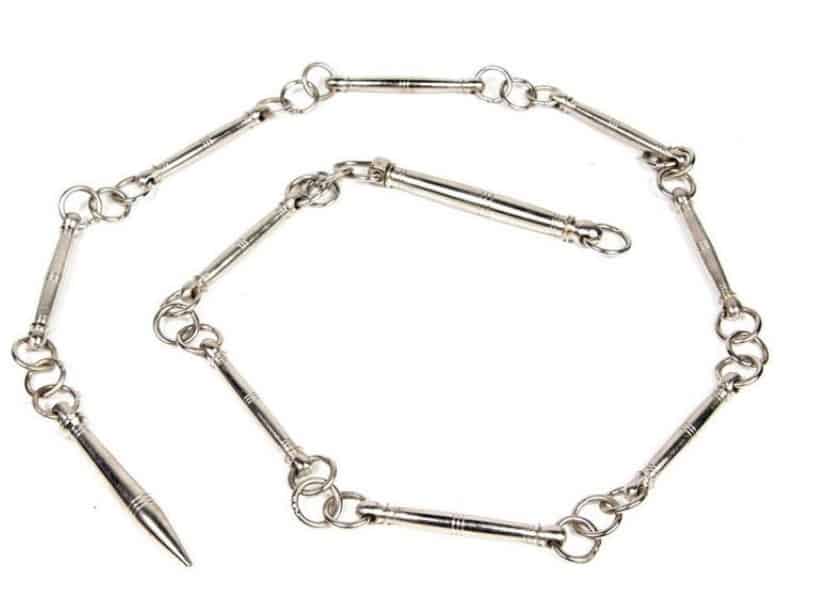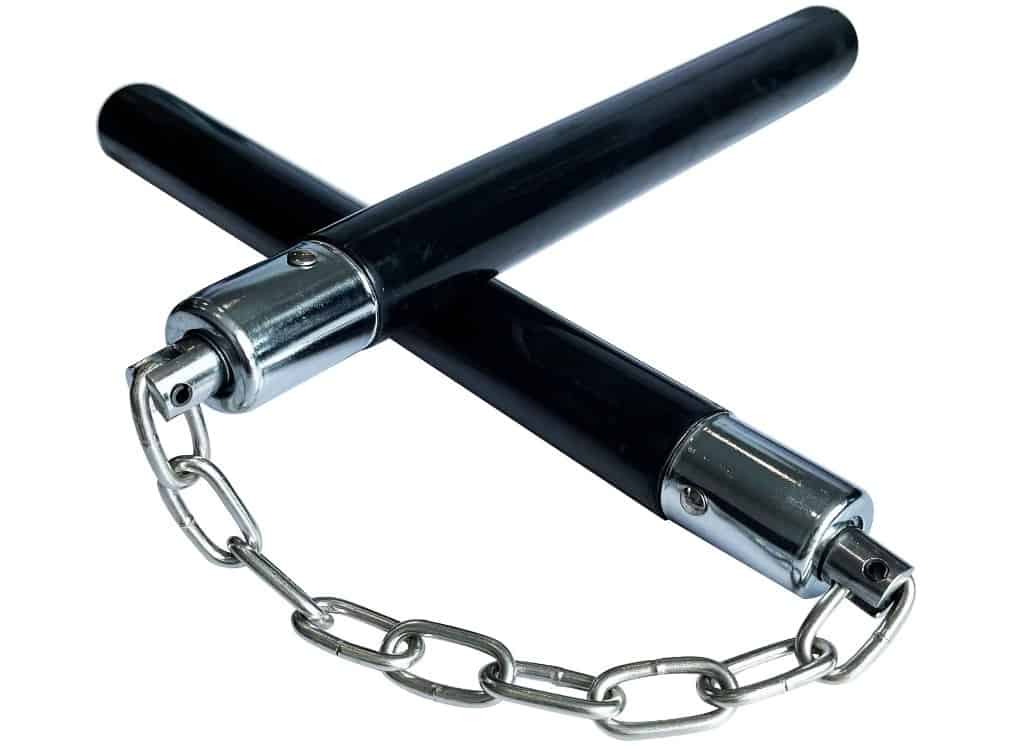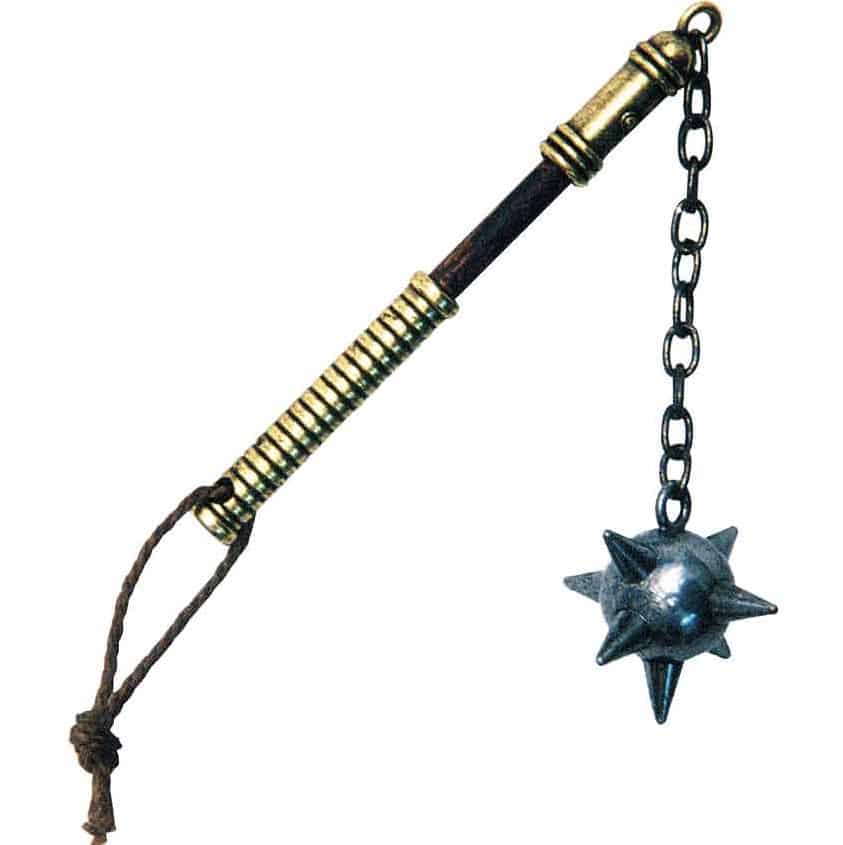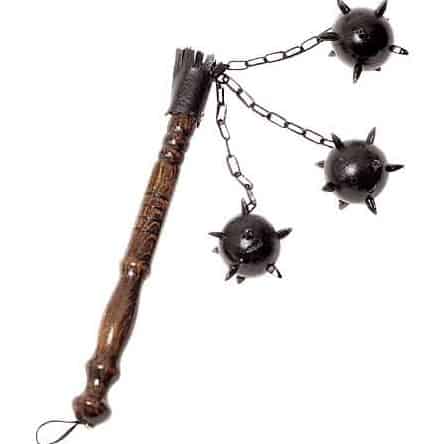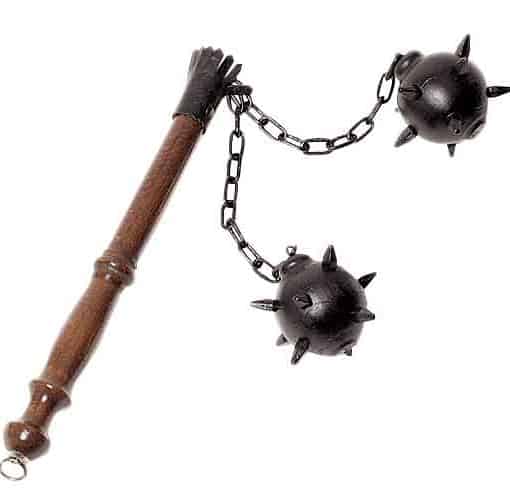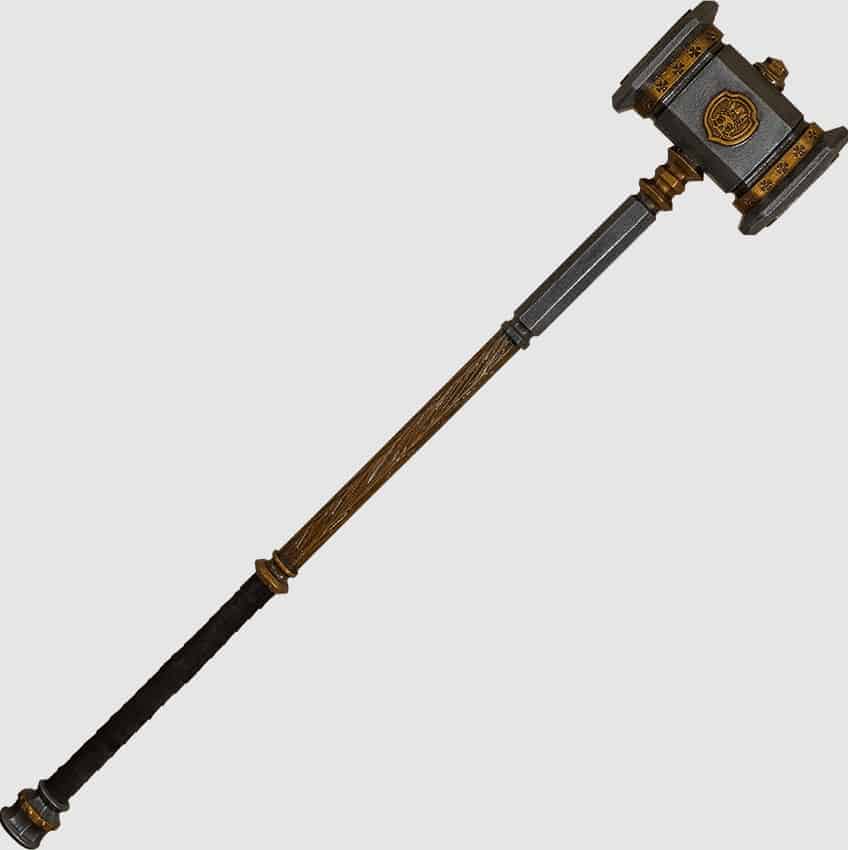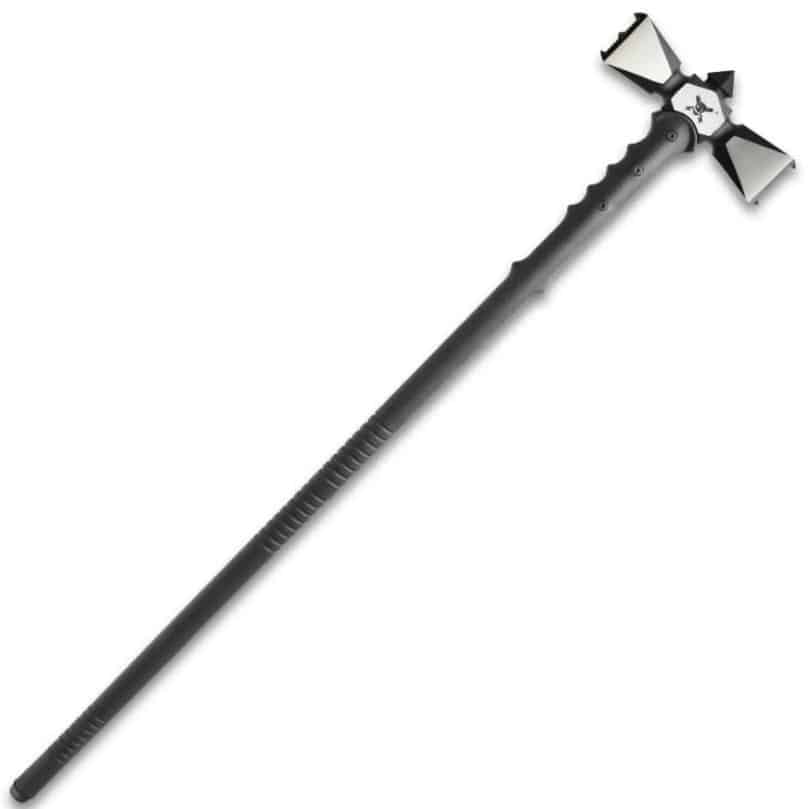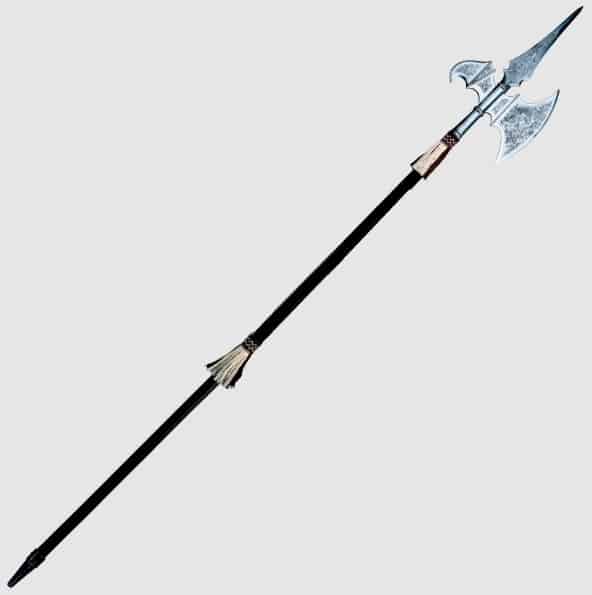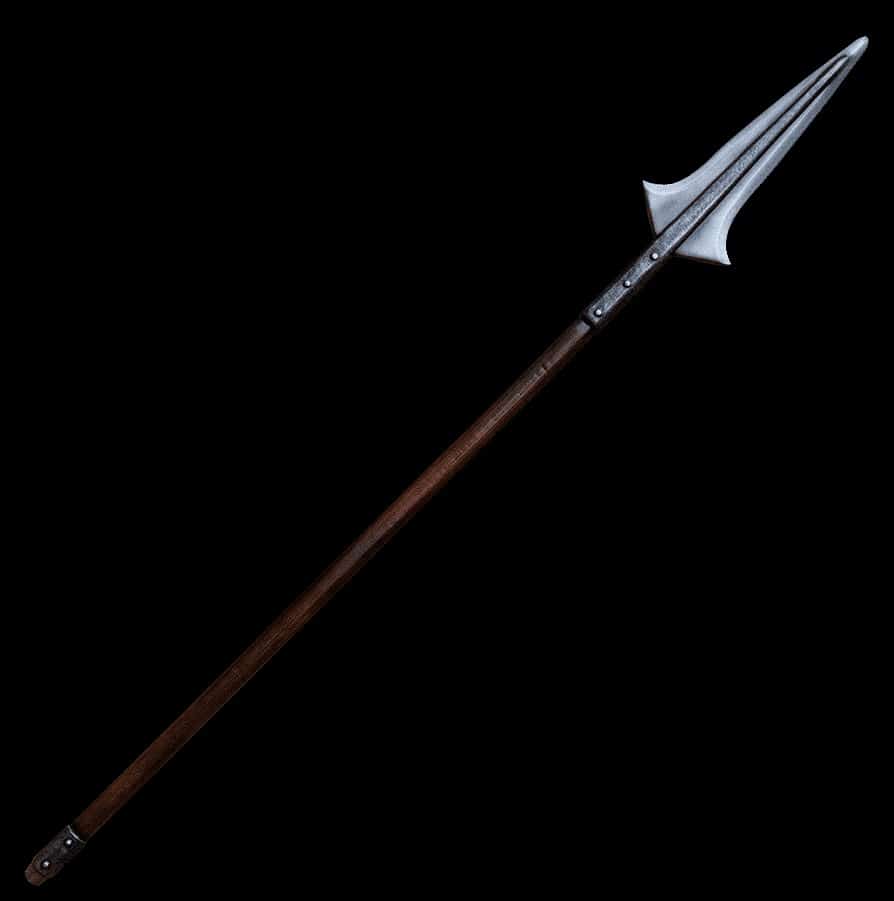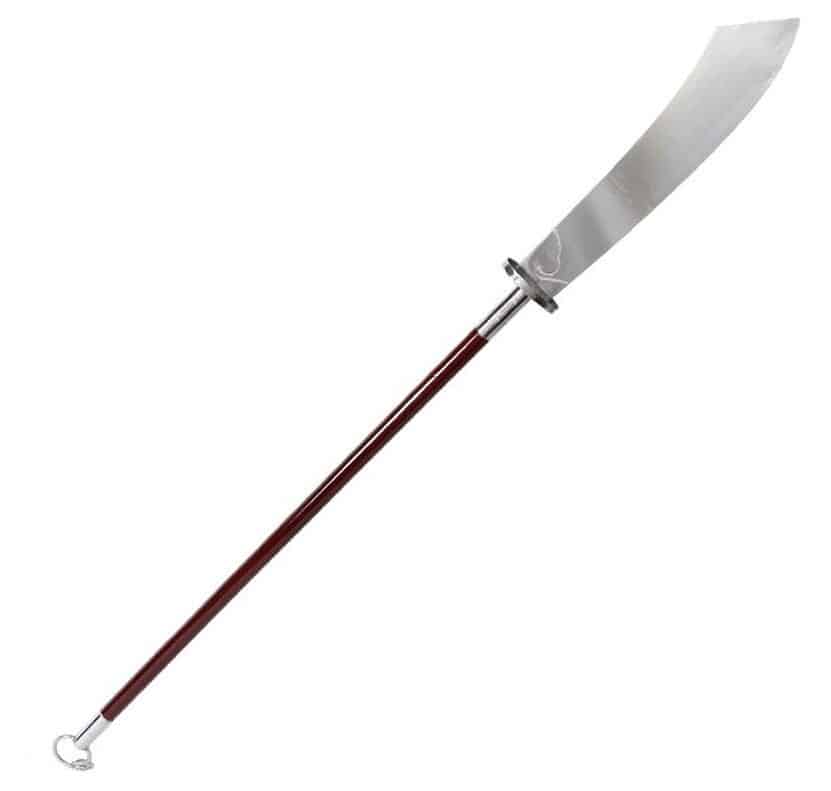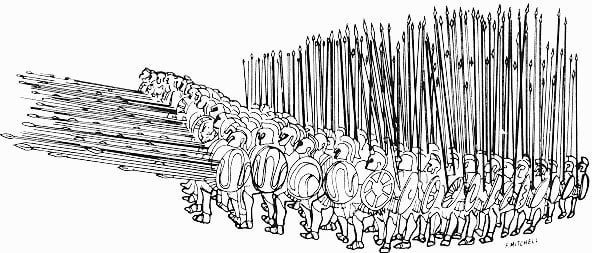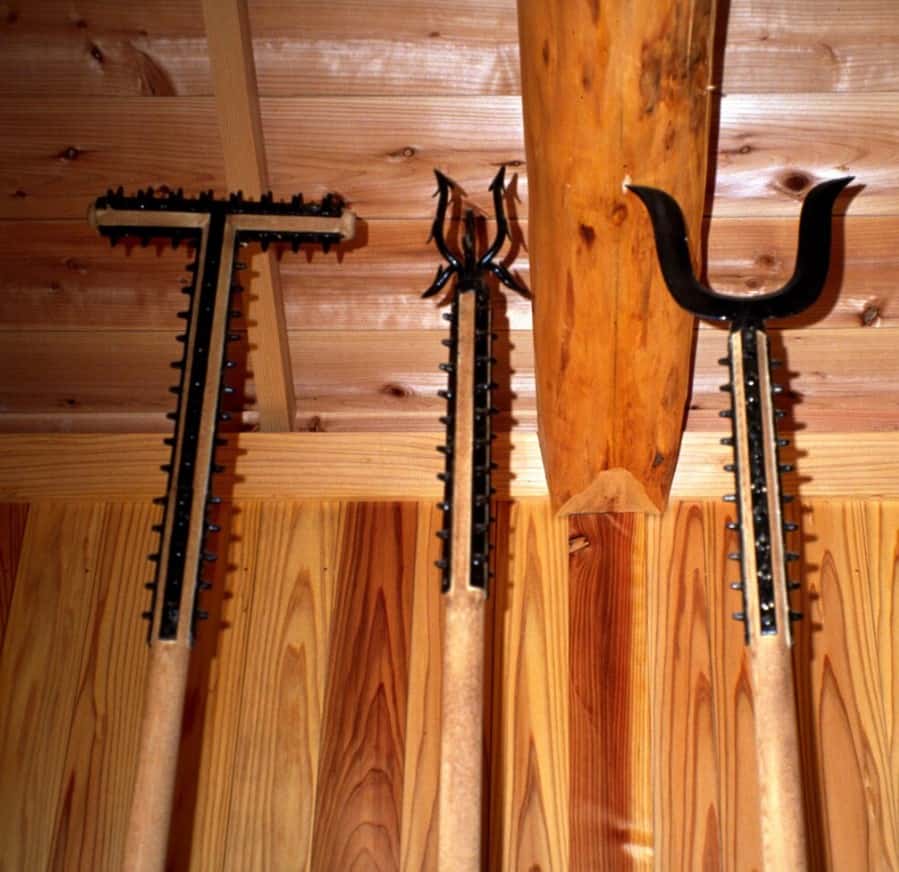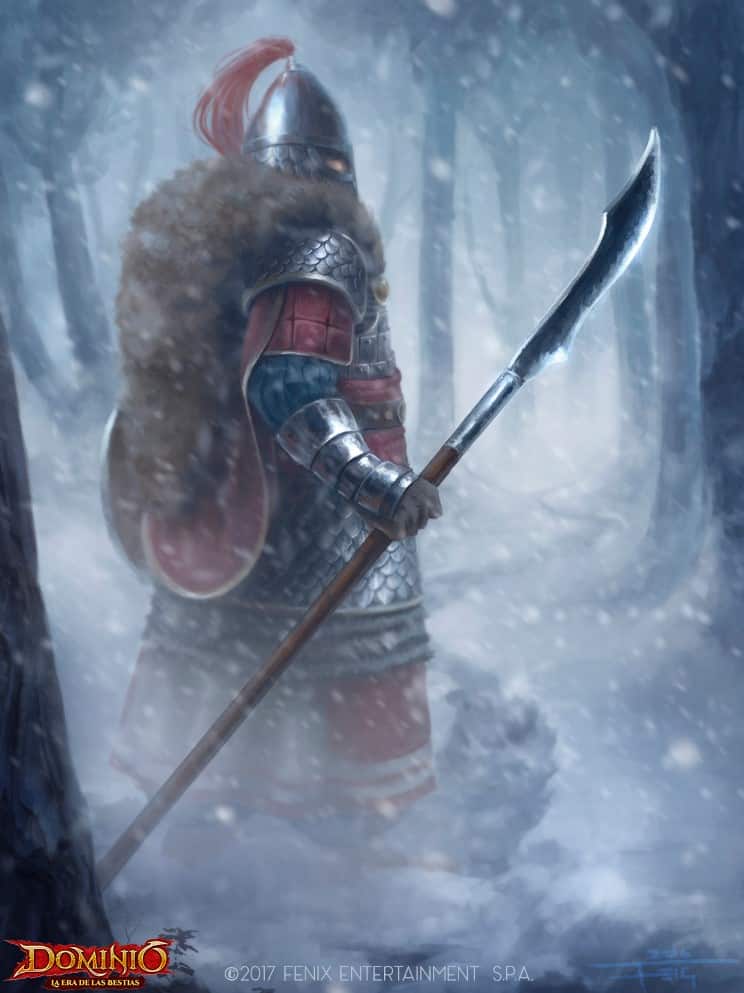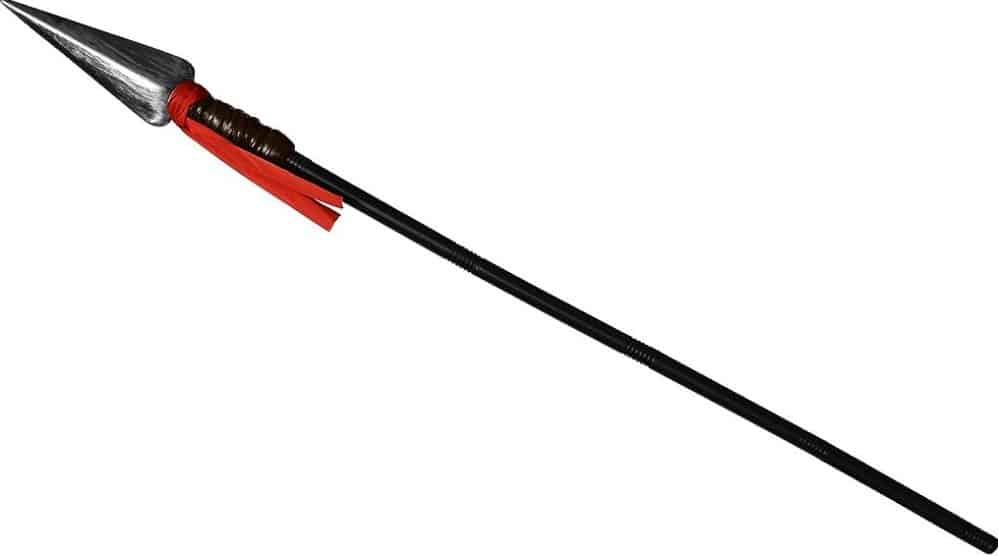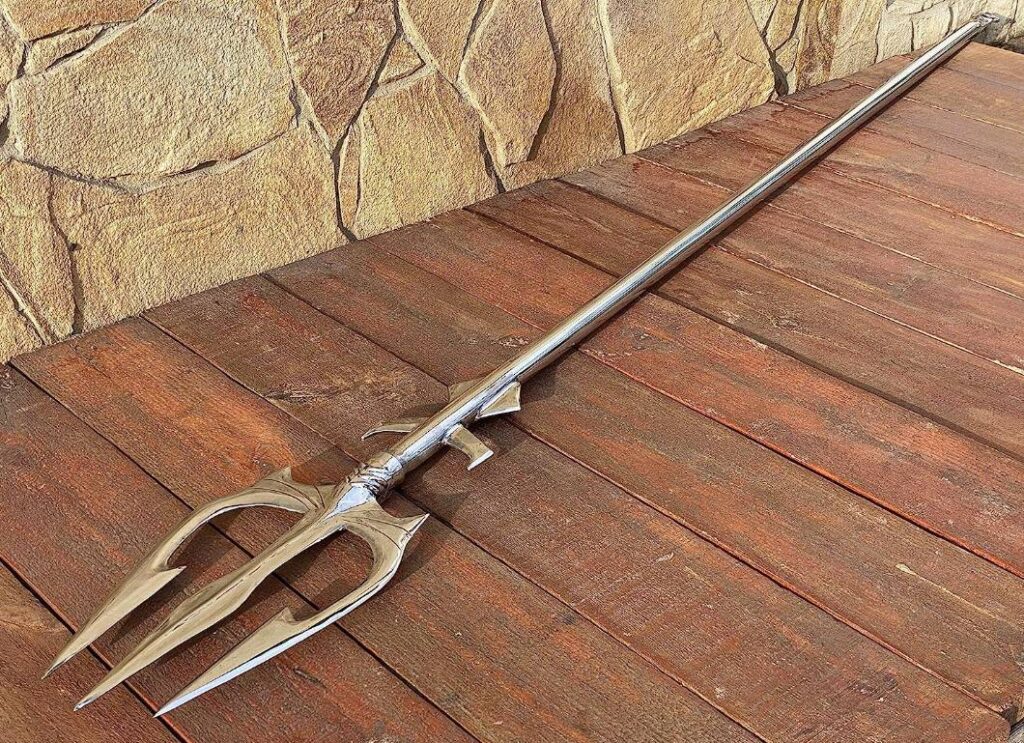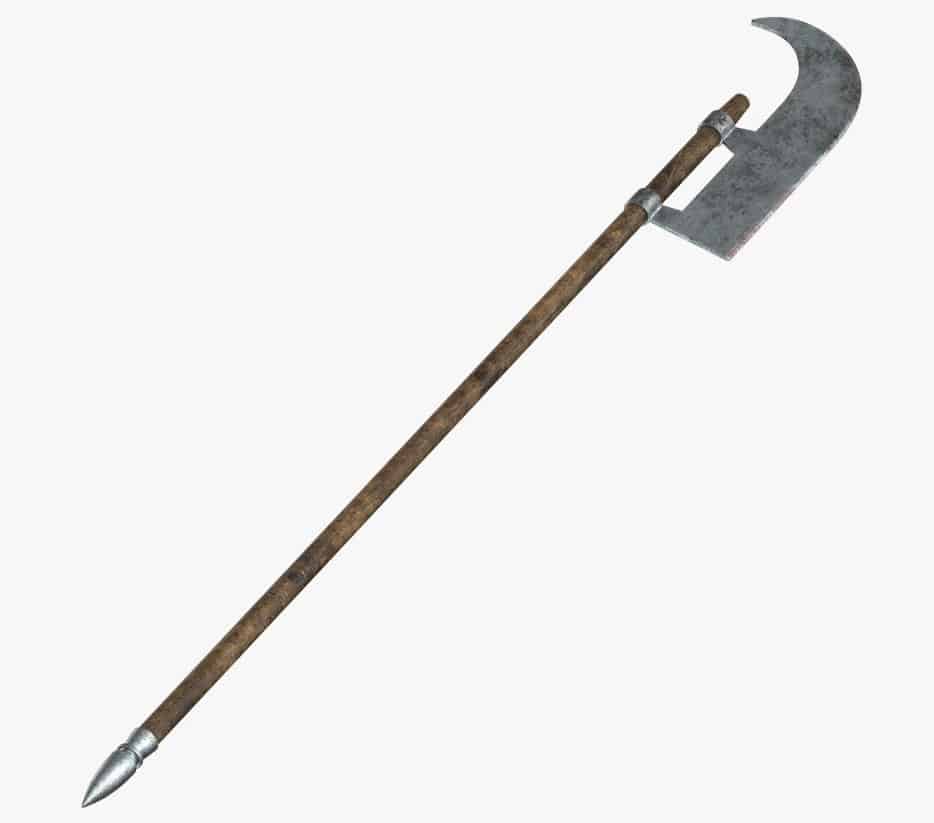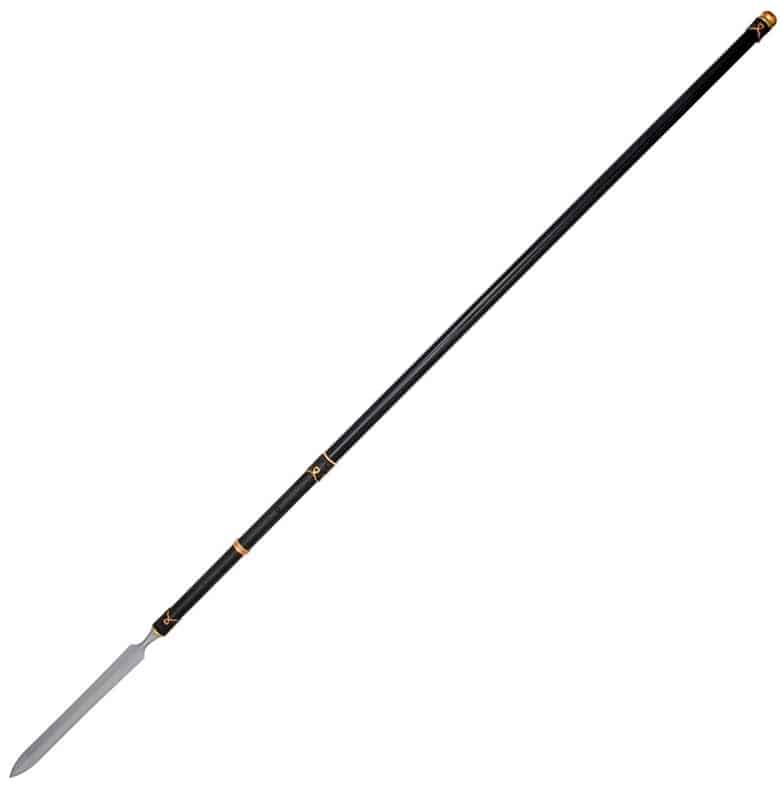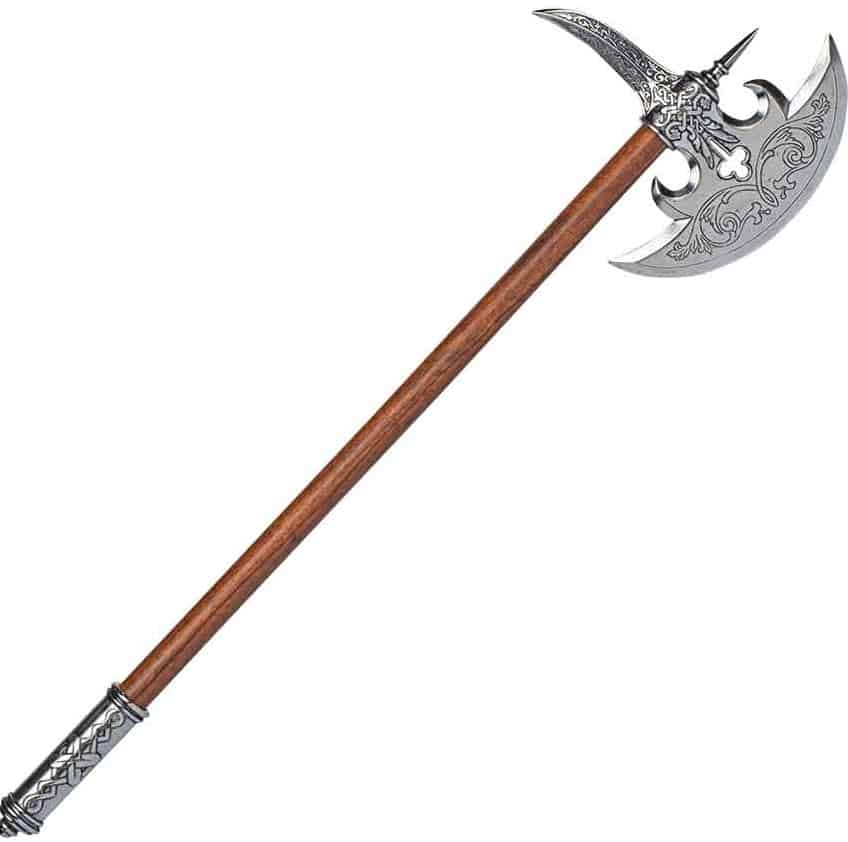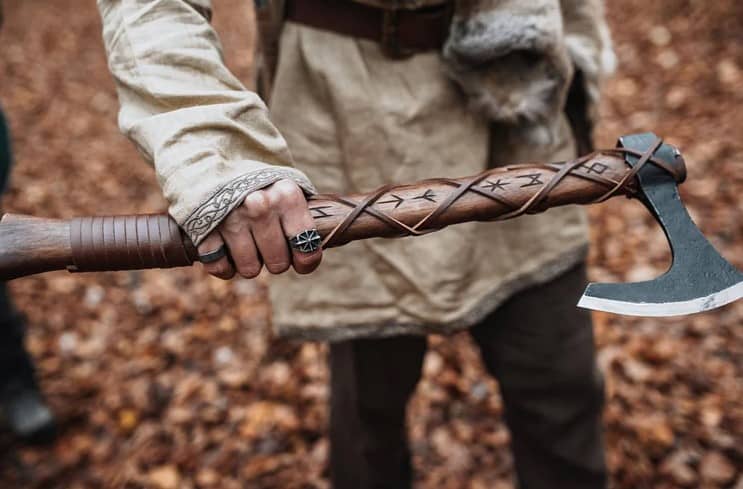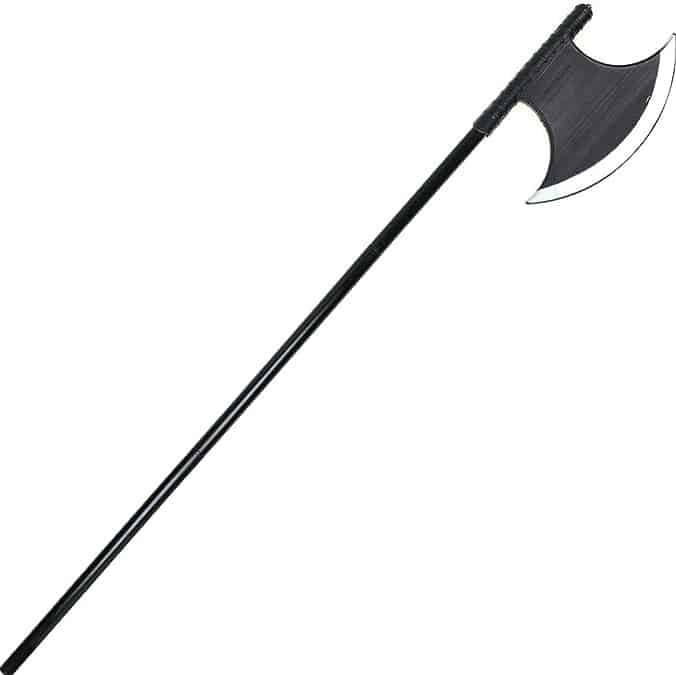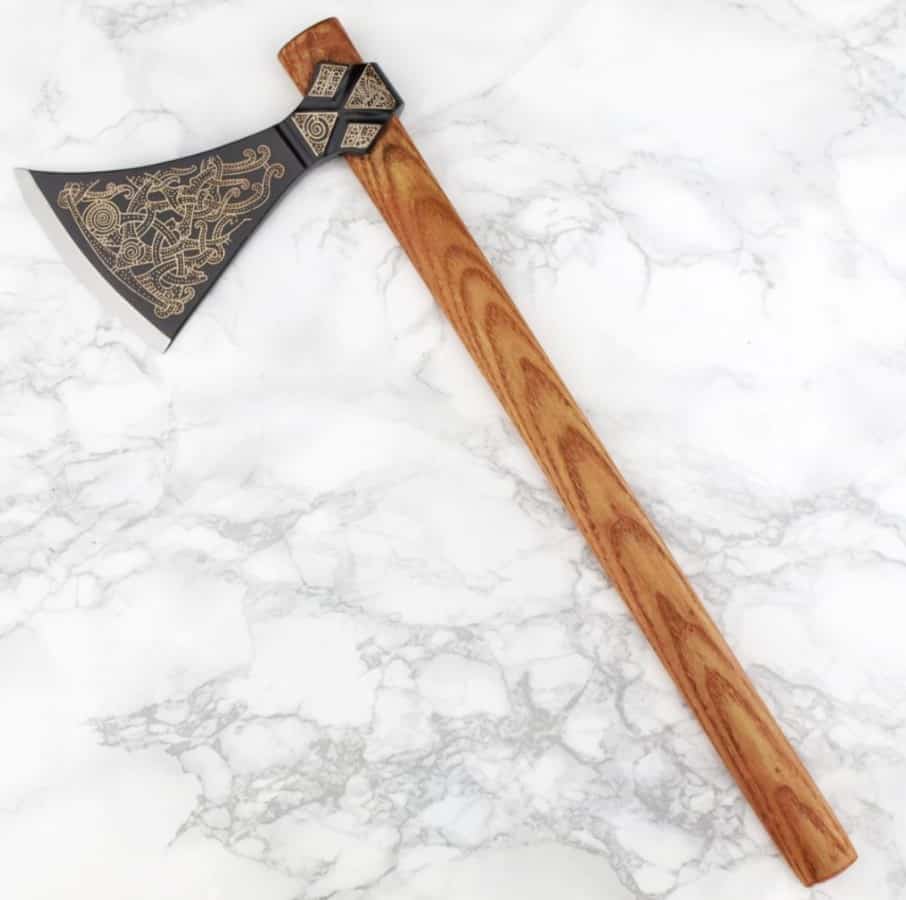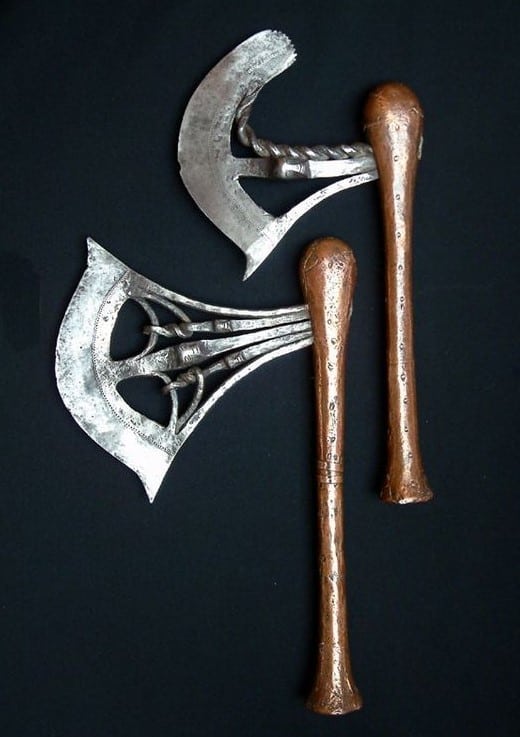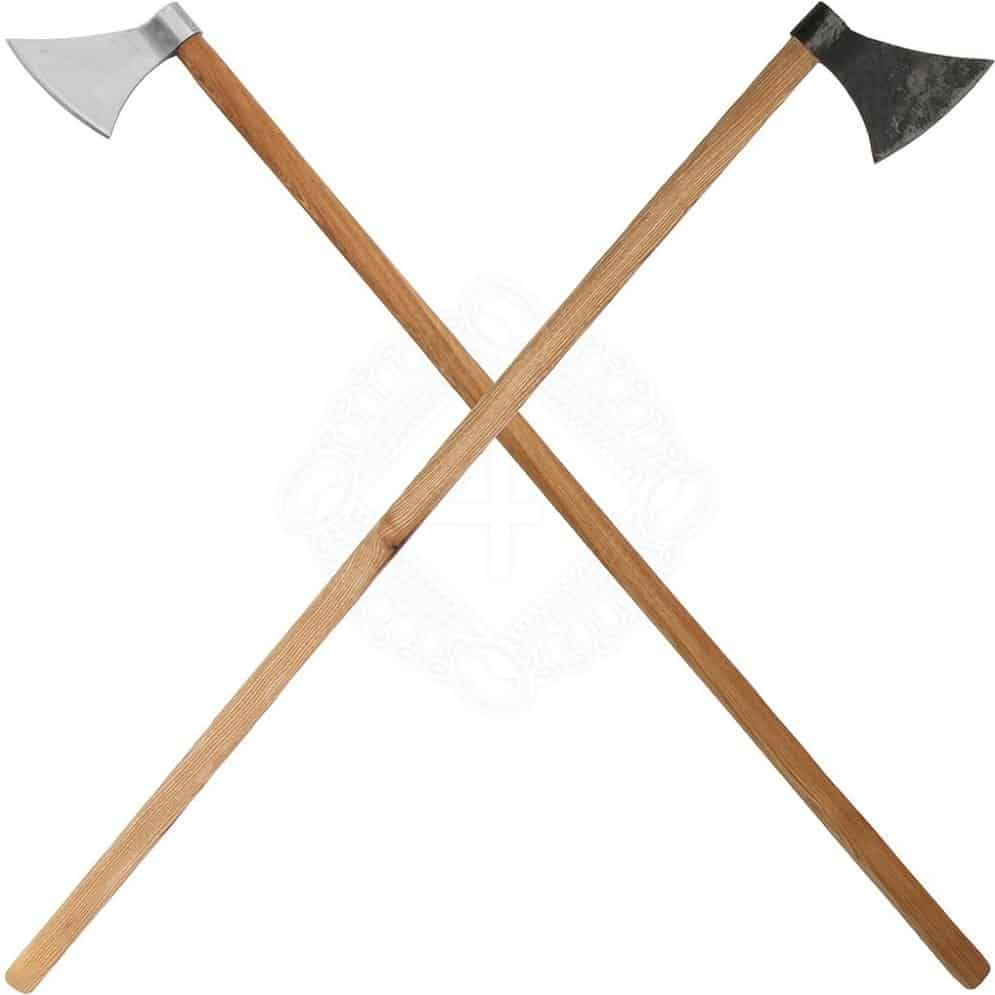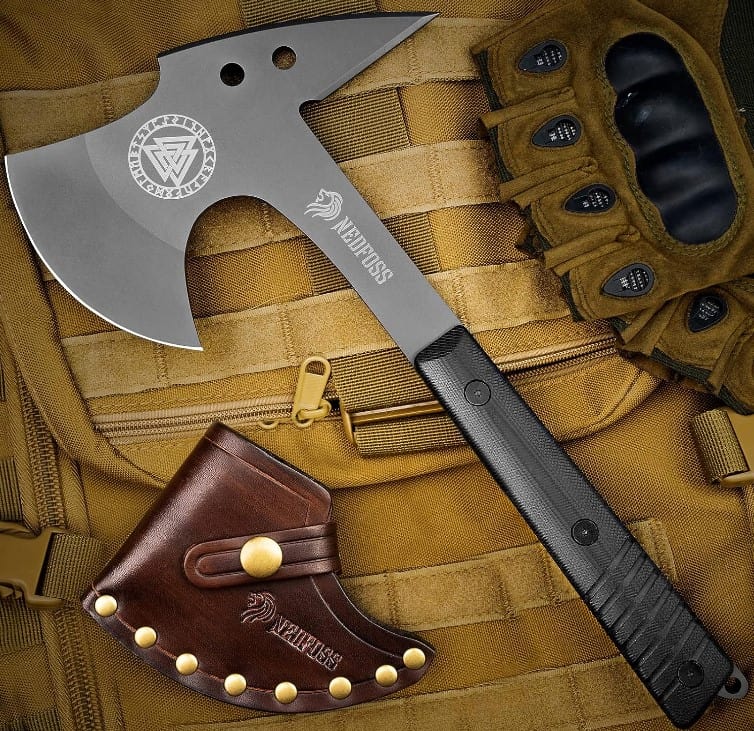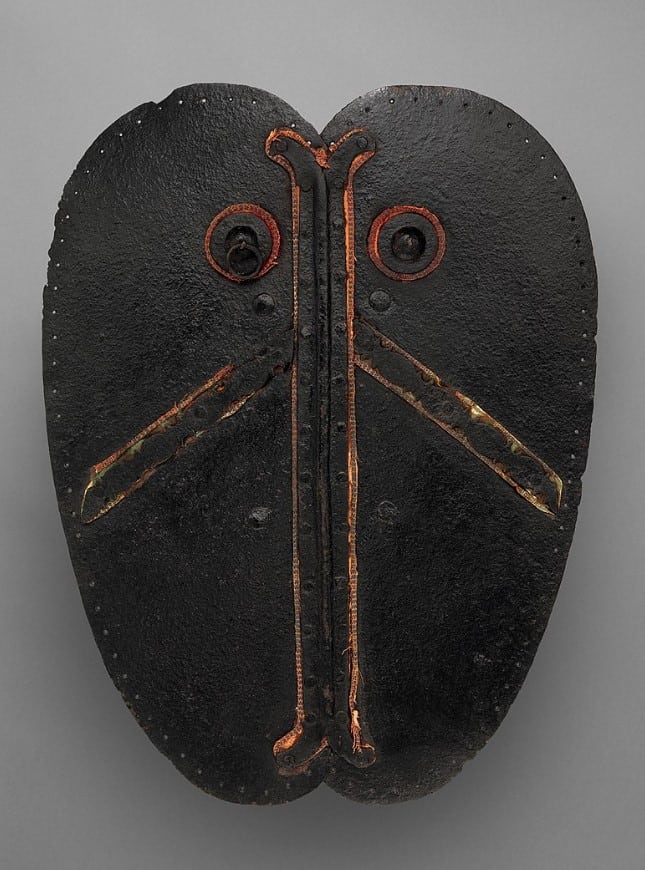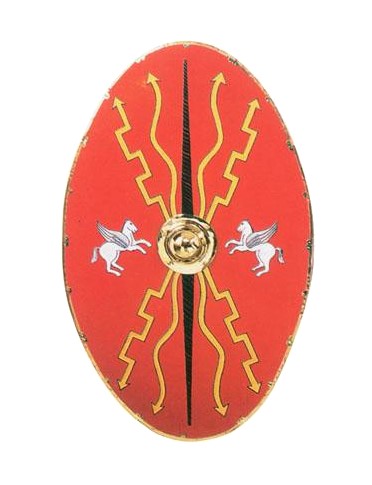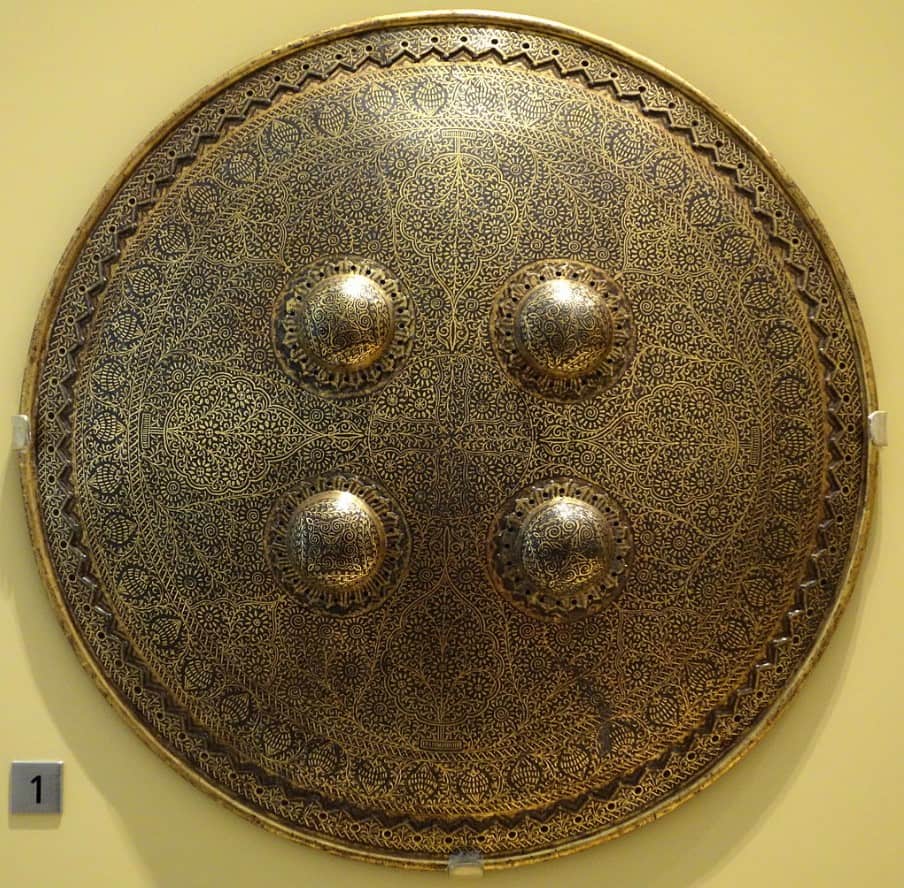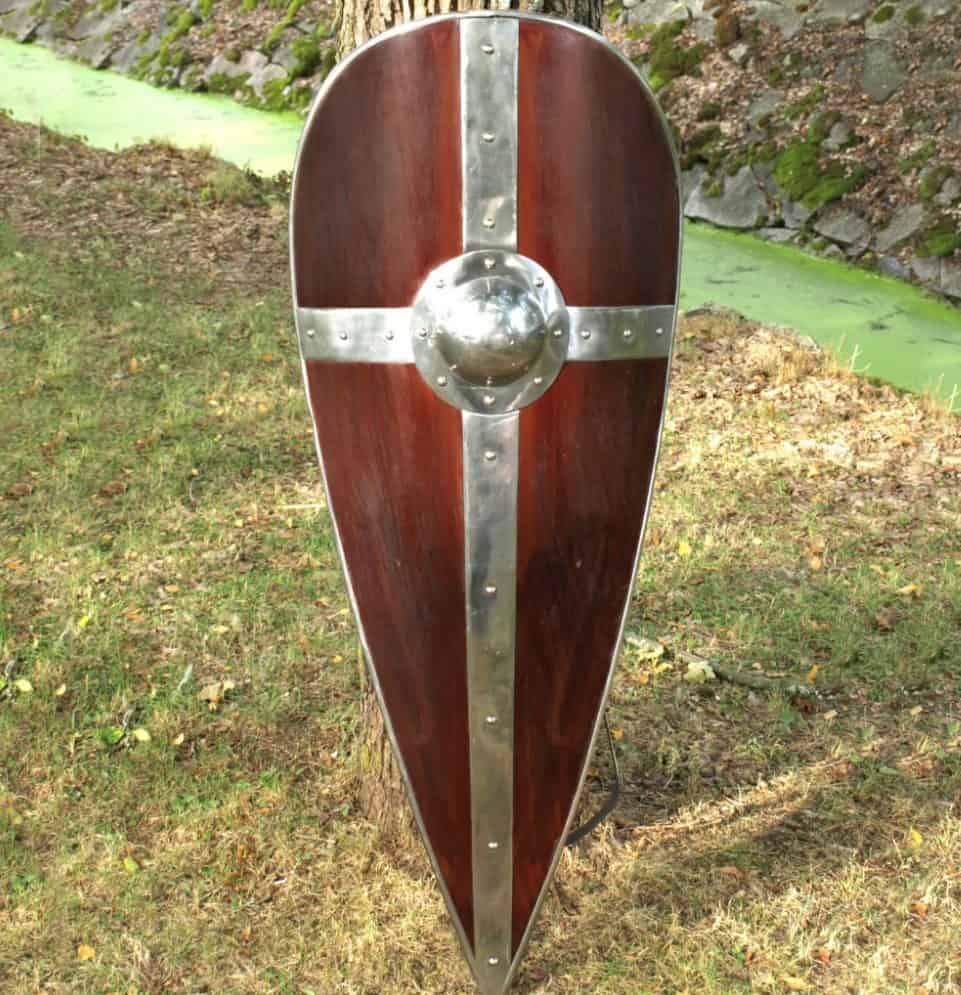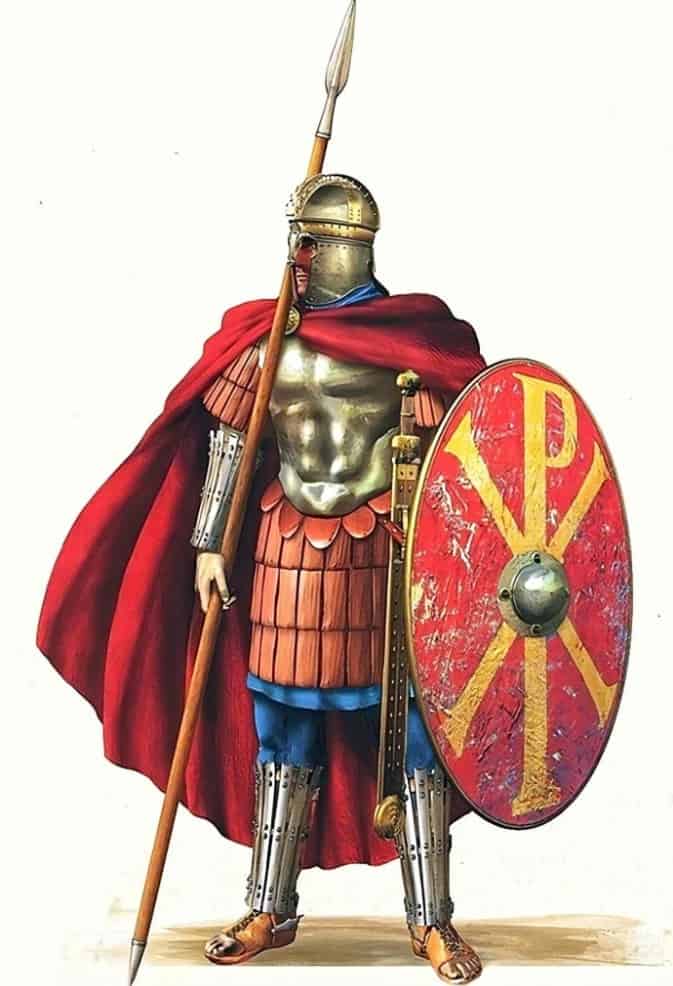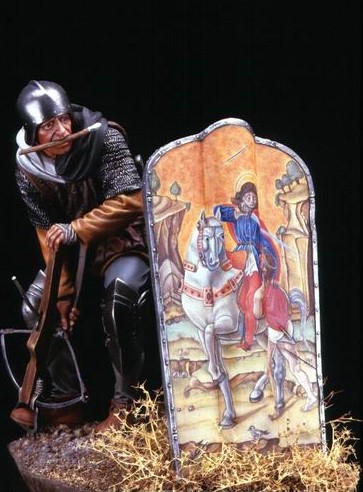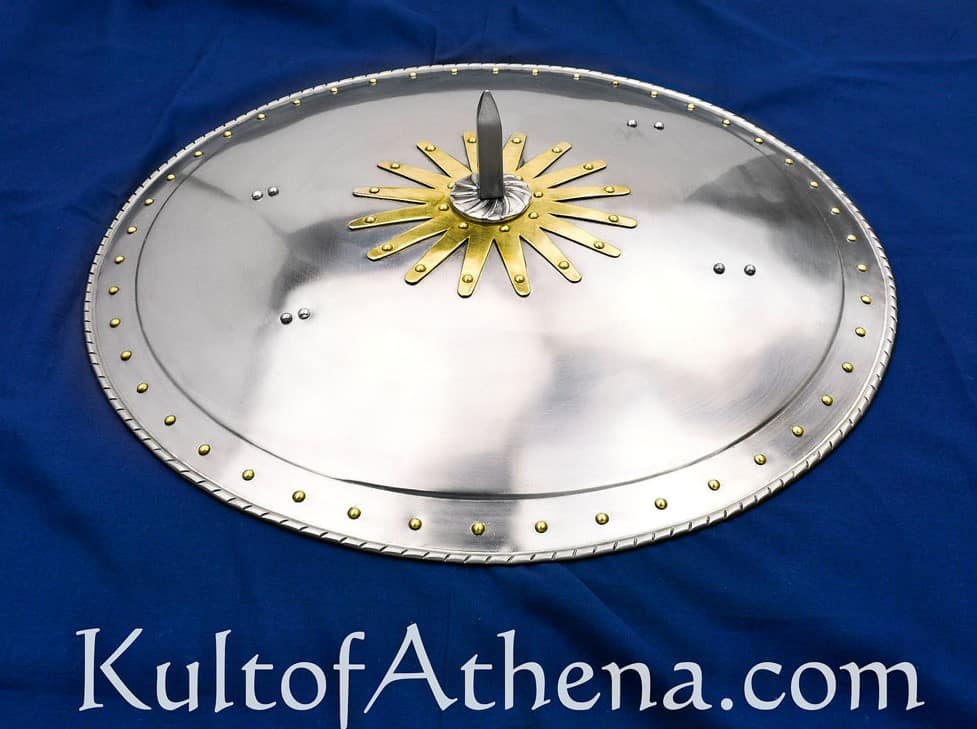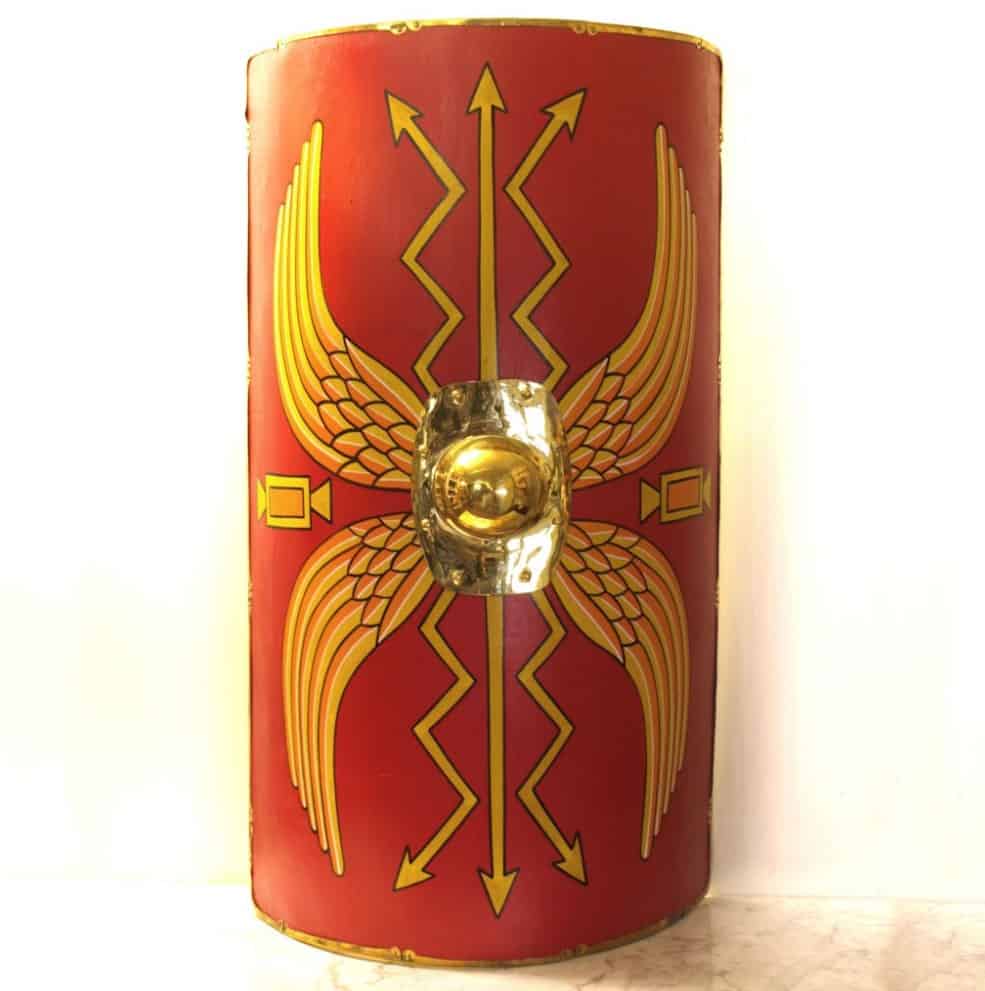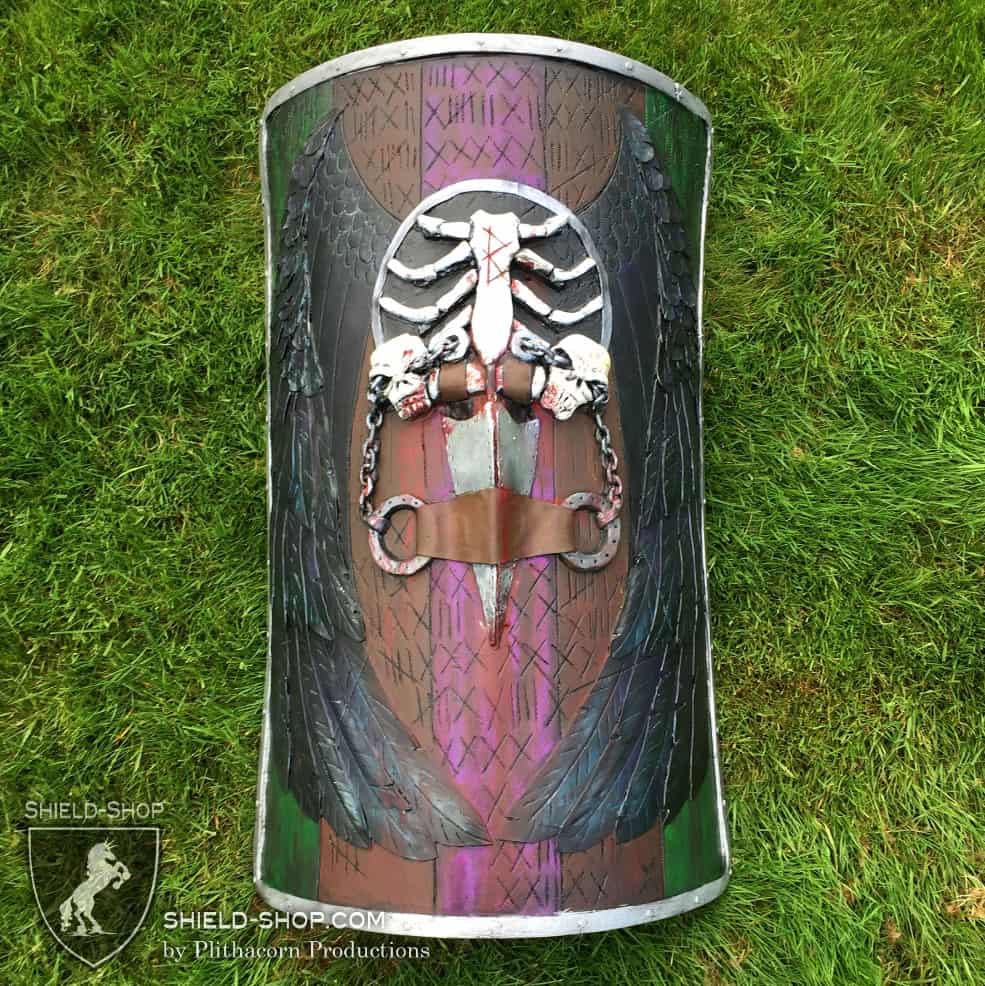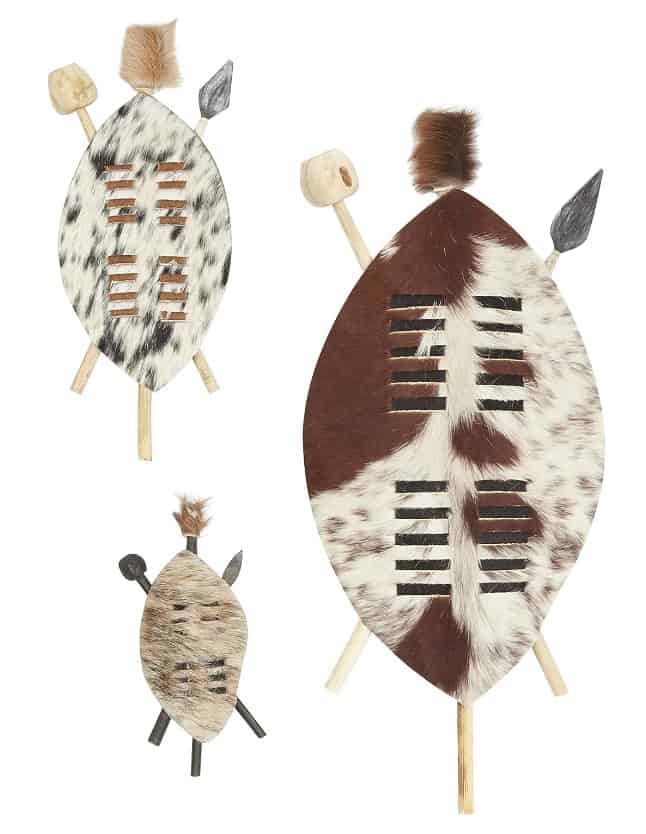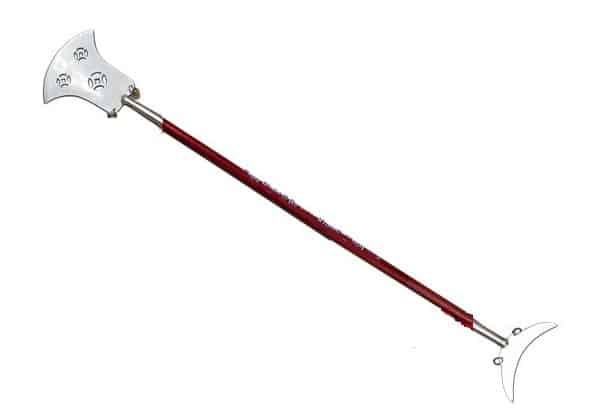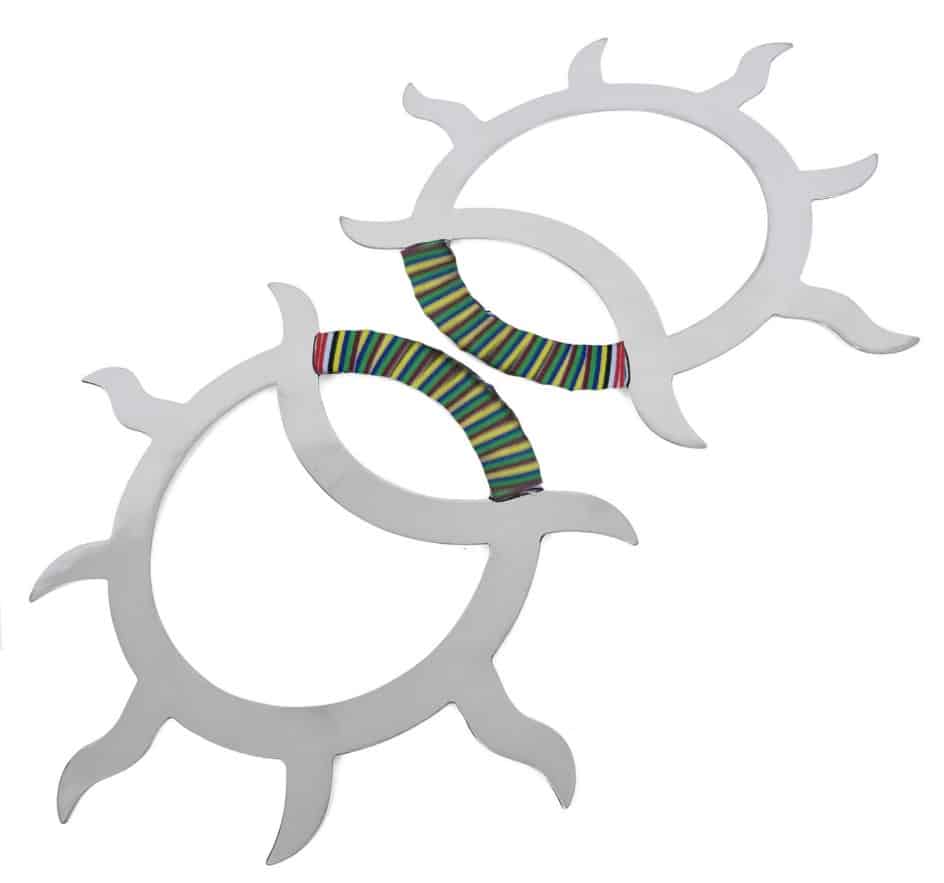Ultimate Guide to Melee Weapons
Greetings, fearless readers and aspiring zombie slayers! In a world teeming with challenges and unexpected encounters, one thing remains certain: the allure of melee weapons never wanes.
Whether you’re preparing for a post-apocalyptic showdown or simply seeking to impress your friends at the next medieval-themed barbecue. The realm of melee weaponry beckons with a symphony of clanging steel, historical intrigue, and the undeniable thrill of getting up close and personal.
So grab your armor, sharpen your wit, and join us as we embark on this exploration. Because when the going gets tough, the tough reach for their trusty axes, swords, and, daggers.
After all, if zombies taught us anything, it’s that stylish melee weapons are always in vogue—especially when battling the undead hordes!
Swords for Melee Combat
Swords, known for their elegance and power, have a rich history across cultures as versatile melee weapons. From the graceful rapier to the mighty claymore, swords excel in offense and defense. These melee weapons combine speed, precision, and slashing capabilities, making them favorites among warriors in various historical contexts.
Akrafena
The Akrafena sword is a unique and culturally significant weapon from the Ashanti people of West Africa. It is characterized by its distinctively shaped blade, which resembles a stylized bird. The blade is curved and sharpened on the outside, making it an effective weapon for swift and precise thrusting motions. The hilt is often adorned with intricate motifs and symbolism, reflecting the rich culture of the Ashanti people.
The Akrafena sword has a long and storied history. It is believed to have originated in the 16th or 17th century, and it was originally used as a weapon of war. However, it later came to be seen as a symbol of power and authority, and it was often used by Ashanti leaders and warriors. The Akrafena sword is still used today in traditional Ashanti ceremonies, and it is a reminder of the rich culture and heritage of the Ashanti people.
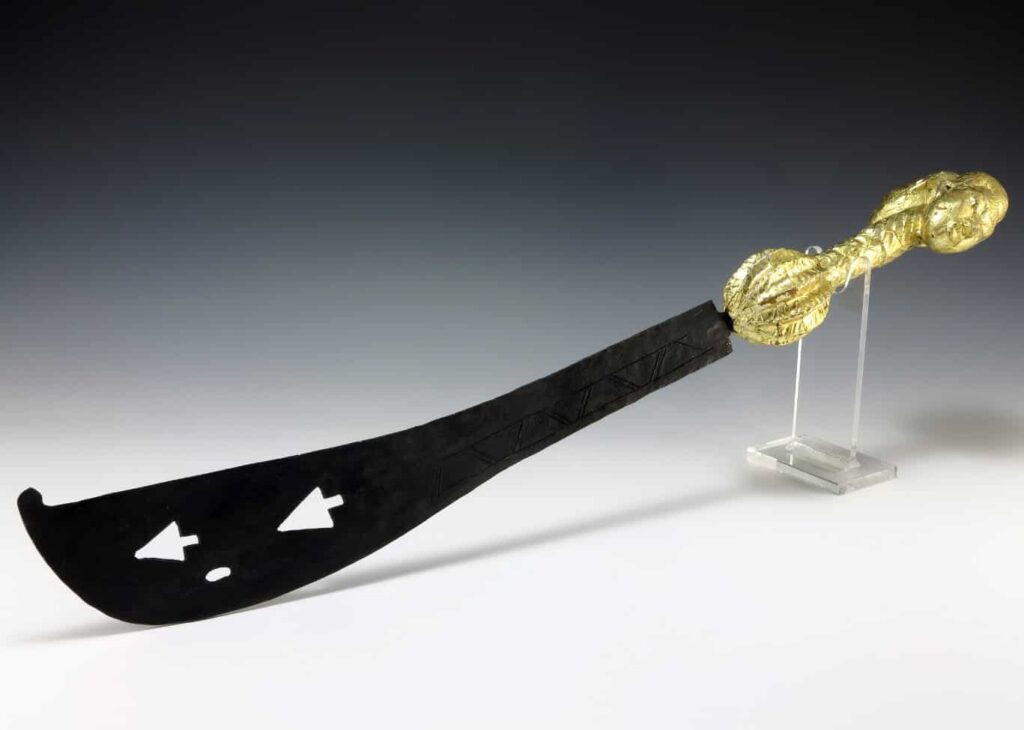
Arming Sword
The arming sword, also known as the knightly sword or single-handed sword, is a versatile weapon with a straight blade and a cruciform hilt. Designed for one-handed use, it was a staple in medieval Europe from the 11th to the 14th centuries. The arming sword is characterized by its balanced design, which allows for both slashing and thrusting techniques.
This made it an effective weapon in both close-quarters combat and in mounted combat. The blade of the arming sword is typically about 28 to 31 inches (70 to 80 centimeters) long, and it is sharpened on both edges. The hilt is typically made of iron or steel, and it has a crossguard and a pommel to protect the user’s hand.
The arming sword was often worn by knights and soldiers, serving as a symbol of their status and prowess. It was also used by civilians for self-defense and for dueling. The arming sword eventually gave way to the longsword in the 14th century, but it remains an iconic weapon of medieval Europe.
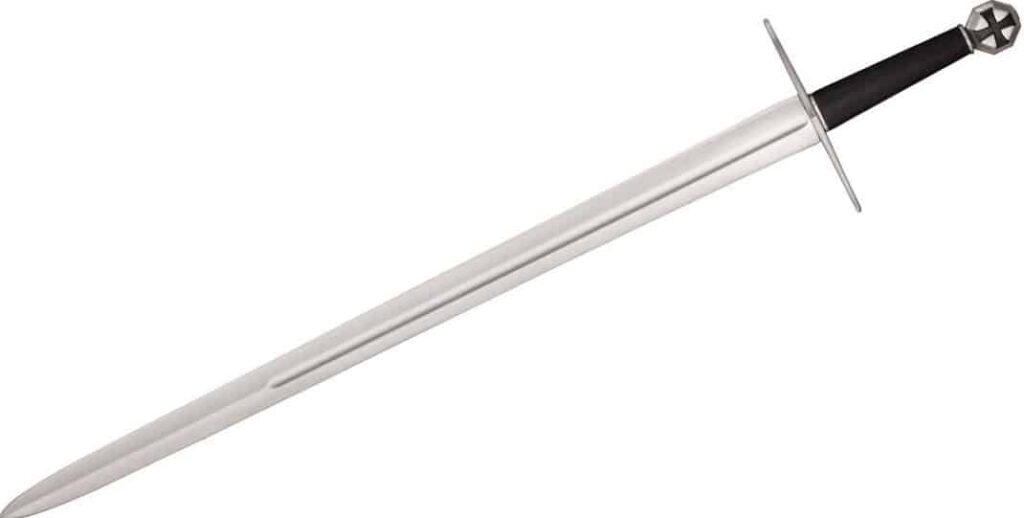
Basket-Hilted Sword
The basket-hilted sword is a distinct type of sword characterized by its protective basket-shaped guard that envelops the hand. This guard provides excellent hand protection in combat, allowing the wielder to parry and block strikes effectively. Originating in Scotland in the 16th century, the basket-hilted sword is renowned for its unique appearance and the intricate designs often seen on its hilt. It was favored by Scottish clansmen and Highland warriors.
The basket hilt is made up of a number of interlocking bars that form a cage around the hand. This cage provides excellent protection from cuts and stabs, and it also helps to prevent the sword from slipping out of the hand. The hilt is typically made of iron or steel, and it is often decorated with intricate carvings or designs, such as Celtic knotwork or heraldic symbols.
The basket-hilted sword was a popular weapon among Scottish clansmen and Highland warriors. It was used for both offense and defense, and it was known for its versatility and effectiveness. The sword was also a symbol of Scottish identity, and it was often carried by Highland chiefs and other high-ranking figures.
Bolo
The bolo is a Filipino weapon known for its distinctive curved blade that widens near the tip. It is a versatile weapon that can be used for a variety of purposes, from agricultural tasks to combat. The bolo’s design allows for powerful chopping and slashing motions, making it an effective weapon for clearing brush, harvesting crops, or fighting off enemies.
The bolo is believed to have originated in the Philippines as early as the 13th century. It was originally used as an agricultural tool, but it soon became a popular weapon for warfare. The bolo was used by Filipino warriors during the Spanish colonial period and the Philippine Revolution. It was also used by Filipino guerrillas during World War II.
The bolo is a symbol of Filipino heritage and martial prowess. It is often depicted in Filipino art and culture, and it is still used today in traditional martial arts.
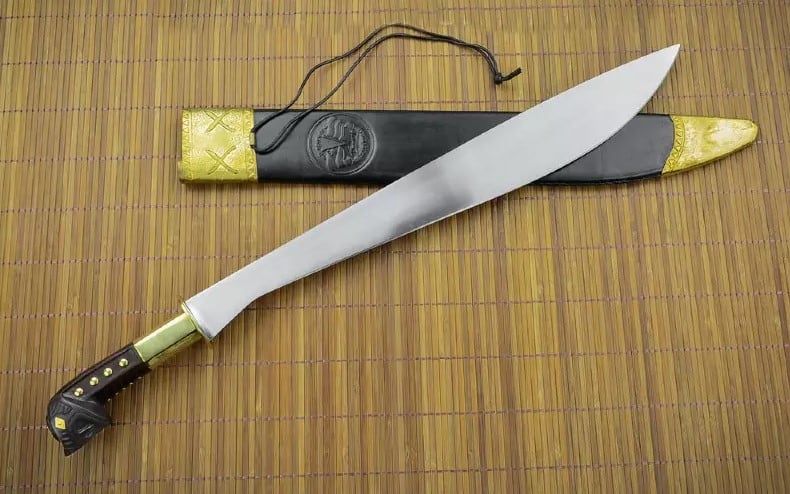
Broadsword
The broadsword, also referred to as the basket-hilted broadsword, is a type of sword featuring a broad blade and a basket-like guard. The basket hilt provides ample hand protection while the wide blade enables effective cutting techniques. It was popular in the 18th century, especially in Scotland, where it played a significant role in Highland clan warfare. The broadsword was later adopted by military officers, and it remained in use until the early 19th century.
The broadsword is characterized by its broad, double-edged blade, which is typically about 30 inches (76 centimeters) long. The blade is sharpened on both sides, making it an effective cutting weapon. The basket hilt is made up of a number of interlocking bars that form a cage around the hand. This cage provides excellent protection from cuts and stabs, and it also helps to prevent the sword from slipping out of the hand.
The broadsword was a popular weapon among Scottish clansmen and Highland warriors. It was used for both offense and defense, and it was known for its versatility and effectiveness. The sword was also a symbol of Scottish identity, and it was often carried by Highland chiefs and other high-ranking figures.
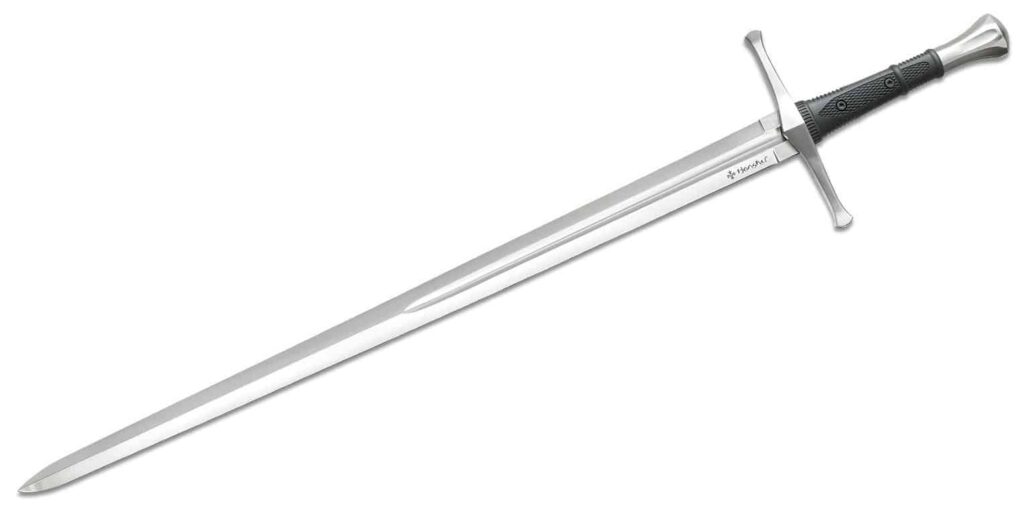
Sword Cane
The sword cane is a weapon that cleverly disguises a blade within the shaft of an ordinary-looking walking cane. It was popularized during the 18th and 19th centuries, and it was used both as a practical accessory and a concealed self-defense weapon.
The unsuspecting appearance of the cane made it an effective tool for personal protection. It could be drawn swiftly in a moment of need, and it could be used to stab or slash an attacker. The sword cane was also a popular choice for travelers, as it could be used as a walking stick and a weapon.
The sword cane was typically made of wood or metal, and it had a blade that was about 12 to 18 inches (30 to 45 centimeters) long. The blade was often concealed in a sheath that was screwed into the end of the cane.
Chokuto
The chokuto is a straight, single-edged sword of Japanese origin. It predates the traditional curved katana and reflects a simpler design. The blade’s straightness sets it apart from the more common curved swords of Japan.
The chokuto was used during ancient times, and it was wielded by warriors, reflecting the martial culture of its era. It was also used as a ceremonial sword by Japanese nobility.
The chokuto is typically about 24 to 30 inches (60 to 76 centimeters) long, and it has a blade that is about 1 to 1.5 inches (2.5 to 3.8 centimeters) wide. The blade is made of high-quality steel, and it is often sharpened on both sides.
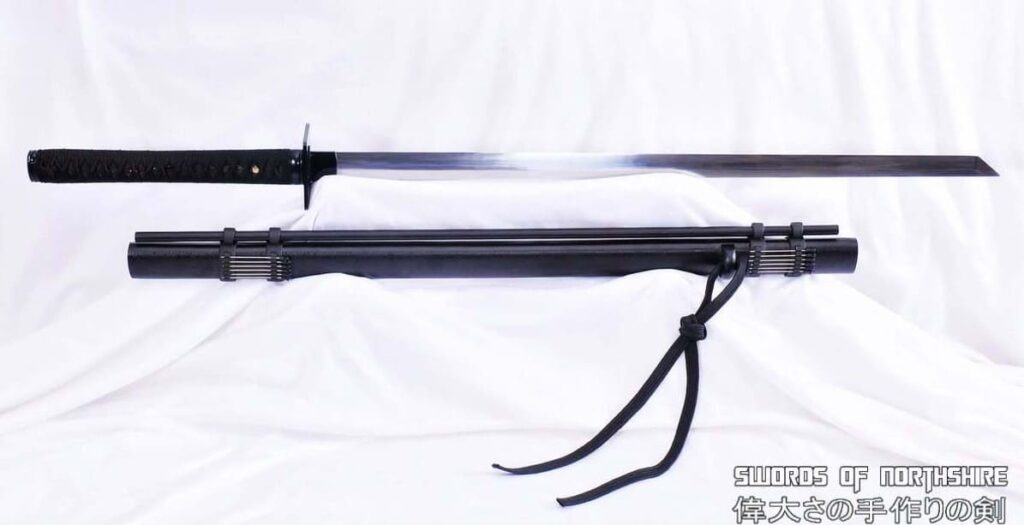
Cinquedea
The cinquedea is an Italian short sword notable for its wide blade that gradually tapers to a point. Its design is distinctive and its name translates to “five fingers,” referring to the breadth of its blade. Often ornately decorated, it was favored as both a weapon and a status symbol among the Italian nobility during the Renaissance.
The cinquedea originated in northern Italy in the 15th century. It was developed as a civilian self-defense weapon, and it was quickly adopted by the Italian nobility. The cinquedea was prized for its versatility, as it could be used for both slashing and thrusting attacks. It was also relatively easy to conceal, making it a popular choice for everyday carry.
The cinquedea was typically about 18 to 24 inches (45 to 60 centimeters) long, and it had a blade that was about 2 to 3 inches (5 to 7.5 centimeters) wide. The blade was made of high-quality steel, and it was often decorated with intricate engravings or etchings.
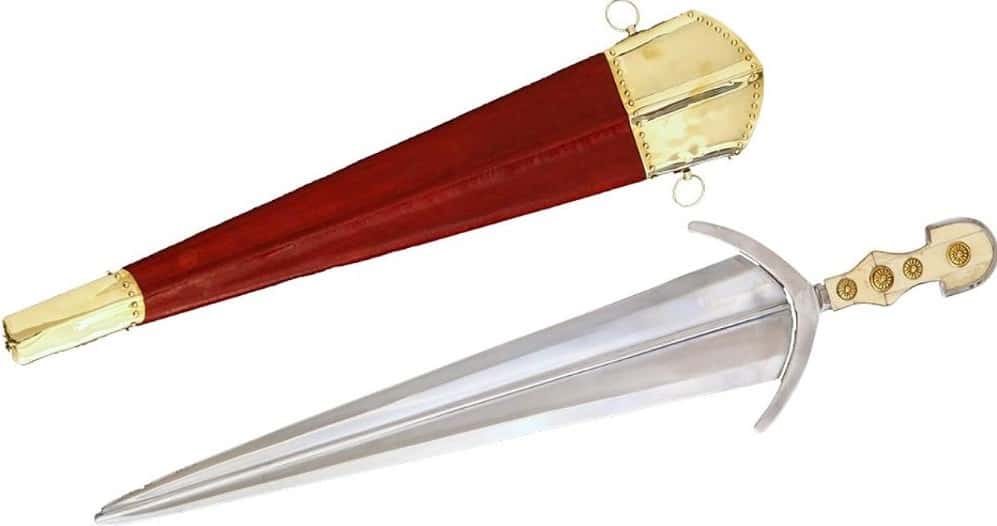
Claymore
The claymore is a Scottish greatsword known for its imposing size and distinctive cross-shaped hilt. It gained fame during medieval Scotland, used by Highland clans in battles and skirmishes. Its long, two-handed grip allowed for powerful swings, making it a fearsome weapon on the battlefield. The claymore’s design is a testament to the martial heritage of the Scottish Highlands.
The claymore typically measures about 5 feet (1.5 meters) long, with a blade that is about 3 feet (1 meter) long. The blade is made of high-quality steel, and it is often sharpened on both sides. The hilt is made of metal, and it has a crossguard and a pommel to protect the user’s hand. The claymore was first used in the 15th century, and it quickly became the standard weapon of the Scottish Highland clans.
Cutlass
The cutlass is a short, curved sword with a single edge, closely associated with sailors and naval combat. Popular among pirates and sailors during the Age of Sail, its design allowed for effective slashing attacks in the close quarters of shipboard battles. The cutlass remains an enduring symbol of maritime history and adventure.
The cutlass originated in Spain in the 16th century, and it quickly became the standard weapon of sailors throughout Europe. It was used for both offensive and defensive purposes, and it was especially effective in close-quarters combat. The cutlass was also used as a boarding weapon, and it was often used to clear enemy decks.
The cutlass is typically about 20 to 30 inches (50 to 76 centimeters) long, with a blade that is about 12 to 18 inches (30 to 45 centimeters) long. The blade is made of high-quality steel, and it is often sharpened on one side only.
Dadao
The dadao, also known as the Chinese war sword, is a single-edged blade with a distinctive broad, curved tip. It was originally developed during the Republican era of China, and it was used by soldiers and martial artists. Its design allowed for powerful slashing strikes, and it was often employed as a training weapon and in combat situations.
The dadao is typically about 24 to 36 inches (60 to 91 centimeters) long, with a blade that is about 18 to 24 inches (45 to 60 centimeters) long. The dadao was used by both infantry and cavalry units during the Republican era. It was also used by martial artists, who prized it for its power and versatility.
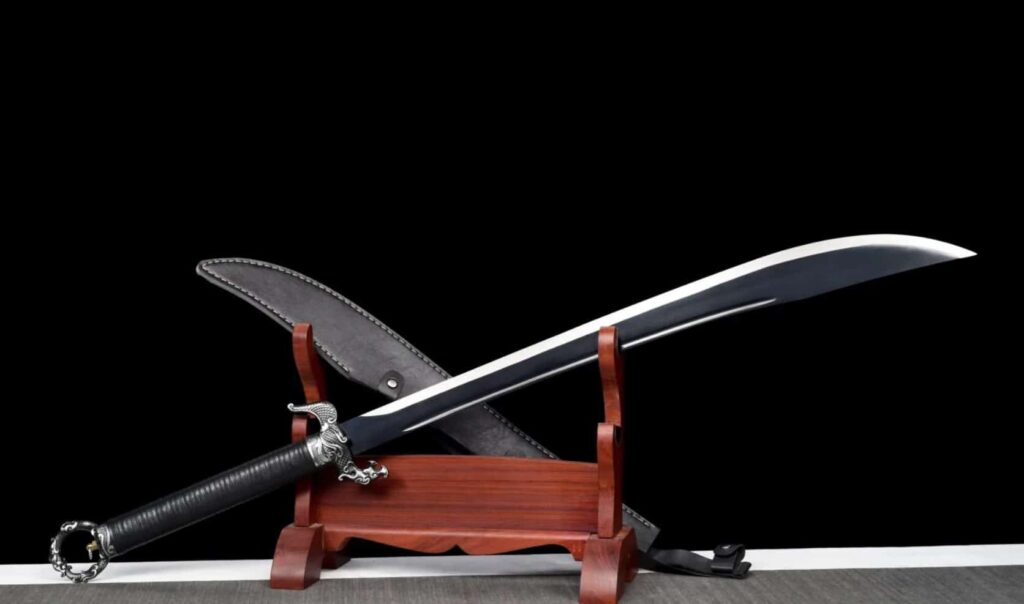
Dandao
The dandao is a traditional Chinese weapon that combines the functionality of a saber with the reach of a polearm. It features a single-edged blade, typically curved like that of a saber, attached to a long staff-like handle. The dandao’s design allows for powerful slashing strikes and quick thrusts, making it effective in both close combat and for maintaining distance against opponents.
The dandao is typically about 5 to 6 feet (1.5 to 1.8 meters) long, with a blade that is about 2 to 3 feet (0.6 to 0.9 meters) long. The blade is made of high-quality steel, and it is often sharpened on one side only. The dandao is believed to have originated in China during the Tang dynasty (618-907 AD). It was used by both infantry and cavalry units.

Dha
The dha is a traditional sword originating from Southeast Asia, particularly in regions like Myanmar and Thailand. It features a distinctive curved blade that widens near the tip, providing a powerful cutting edge. The dha’s design emphasizes slicing, making it suitable for both combat and utilitarian tasks. The hilt and pommel often exhibit intricate craftsmanship and cultural symbolism.
The dha is typically about 24 to 36 inches (60 to 91 centimeters) long, with a blade that is about 18 to 24 inches (45 to 60 centimeters) long. The dha is believed to have originated in India, and it spread to Southeast Asia through trade and cultural exchange.

Estoc
The estoc is a unique European thrusting sword characterized by its triangular cross-section blade and pointed tip. Designed primarily for piercing armor, the estoc is optimized for delivering precise thrusts to penetrate gaps in an opponent’s defenses. It became popular during the late medieval period, reflecting the evolution of sword designs to counter advancements in armor technology.
The estoc is typically about 30 to 40 inches (76 to 102 centimeters) long, with a blade that is about 20 to 24 inches (51 to 61 centimeters) long. The estoc was developed in the 14th century as a response to the increasing use of plate armor.
Plate armor was very effective at deflecting slashing attacks, so swordsmen needed a weapon that could penetrate the armor. The estoc’s pointed tip was ideal for this purpose, and its triangular cross-section made it very strong and rigid.

Falcata
The falcata is a distinct Iberian sword with a single-edged blade that curves inward near the tip. This design concentrates cutting force towards the tip, enhancing the weapon’s chopping power. The falcata’s unique shape made it a formidable weapon for close combat and its design allowed for powerful slashing attacks.
The falcata originated in the Iberian Peninsula (modern Spain and Portugal) in the 7th century BC. It was used by the Iberian peoples, including the Celtiberians and Lusitanians, as well as by the Romans and Carthaginians. The falcata fell out of use in the 1st century AD, but it remains an iconic weapon of Iberian history.
The falcata is typically about 24 to 30 inches (60 to 76 centimeters) long, with a blade that is about 18 to 24 inches (45 to 60 centimeters) long. The falcata was used for both slashing and thrusting attacks. The falcata was also a popular weapon for horseback riding, as its curved blade made it easy to wield from a saddle.
Falchion
The falchion is a European one-handed sword characterized by its single-edged blade and curved edge. It was popular during the medieval period and was favored for its versatility in both cutting and thrusting. The falchion’s design, with its curved blade similar to a machete, made it effective against armor and ideal for infantry use.
The falchion originated in Central Europe in the 13th century. It quickly became popular throughout Europe, and it was used by both infantry and cavalry units. The falchion is typically about 24 to 30 inches (60 to 76 centimeters) long, with a blade that is about 18 to 24 inches (45 to 60 centimeters) long.
Falx
The falx is a weapon with ancient roots, known for its curved blade that resembles a sickle or scythe. It was used by cultures such as the Dacians and Thracians, and it was designed to inflict devastating cutting blows, exploiting the curvature for deep cuts. Its unique shape allowed it to overcome armor and helmets with relative ease.
The falx originated in the Balkans in the 7th century BC. It was used by the Thracians and Dacians, as well as by the Romans and Greeks. The falx fell out of use in the 1st century AD, but it remains an iconic weapon of ancient history.
The falx is typically about 24 to 30 inches (60 to 76 centimeters) long, with a blade that is about 18 to 24 inches (45 to 60 centimeters) long. The curved blade made it effective for chopping through armor, and the single-edged blade made it easy to thrust into gaps in an opponent’s defenses.
Feder
The Federschwert (pronounced FED-er-shwert), short for “Federfechter”, is a training sword used in European martial arts practice. It typically resembles a longsword with a blunt edge, designed for safe sparring and training without the risk of serious injury. The Federschwert’s construction aids in practicing proper techniques and historical combat forms.
The Federschwert is made of high-quality steel, but the blade is blunted and the edges are rounded. This makes it safe to use for sparring and training, as it does not have the potential to cut or injure an opponent. The Federschwert also has a flexible blade, which helps to absorb the force of blows and prevents injuries.
The Federschwert is a valuable tool for practicing European martial arts. It allows practitioners to safely learn and develop the techniques of historical combat forms without the risk of injury. The Federschwert is also a popular choice for historical reenactments, as it allows participants to recreate the experience of fighting with a real sword without the danger.

Flamberge
The flamberge, also known as the “flame-bladed sword,” is characterized by its wavy or flame-like blade design. The wavy blade was not intended for practical combat reasons, as it would have made the sword more difficult to control and less effective at cutting. However, it served a psychological purpose by causing disorientation and potentially making the blade more difficult to parry.
The flamberge originated in Germany in the 14th century. It was popular among knights and other wealthy warriors, who appreciated its flamboyant appearance. The flamberge fell out of use in the 16th century, as the development of gunpowder weapons made swords less practical on the battlefield.
The flamberge is typically about 36 to 48 inches (91 to 122 centimeters) long, with a blade that is about 24 to 36 inches (61 to 91 centimeters) long.

Grosse Messer
The grosse messer, meaning “great knife” in German, is a versatile single-edged sword with a broad, slightly curved blade. Originating in the late medieval period (14th to 16th centuries), this weapon was favored by infantry and civilian populations alike due to its effectiveness in combat and practicality for everyday use. Its design allowed for powerful slashing strikes, making it particularly adept at cleaving through armor and adversaries.
The grosse messer was typically about 36 to 48 inches (91 to 122 centimeters) long, with a blade that is about 24 to 36 inches (61 to 91 centimeters) long. The grosse messer was a popular weapon among both infantry and civilian populations in the late medieval period.
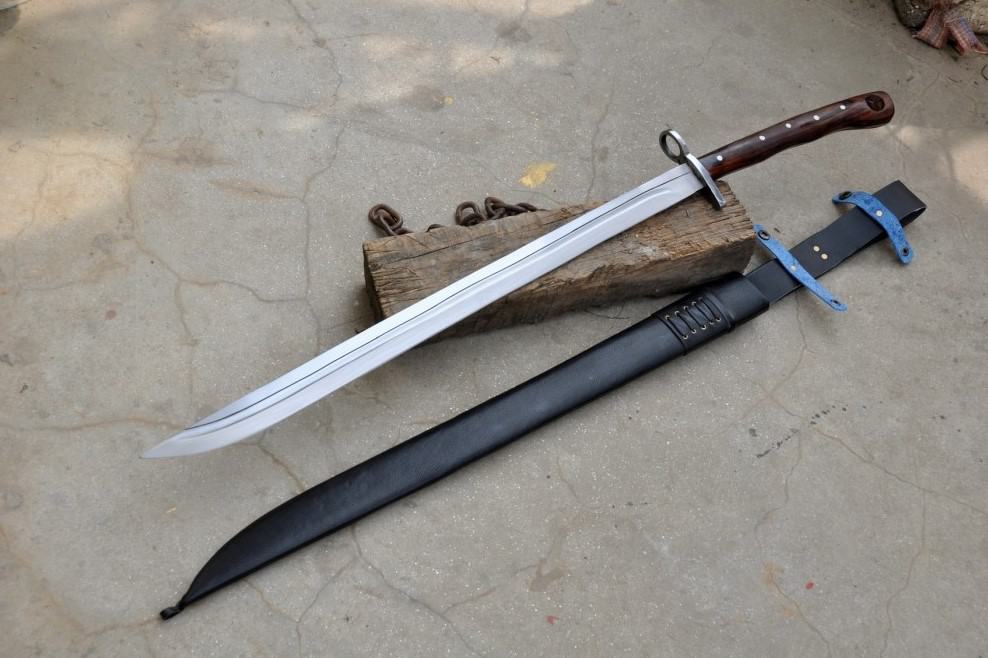
Hanger Sword
The hanger is a type of short sword or cutlass that originated in naval warfare during the Age of Sail. It is known for its simplicity and effectiveness, and it features a single-edged blade with a slight curve, ideal for close-quarters combat on cramped ships. Sailors and privateers often favored the hanger due to its ability to deliver powerful slashing attacks, while its compact size allowed for easy maneuverability in tight spaces.
The hanger’s design often included a protective hilt and handguard, ensuring the user’s safety during intense battles. The hanger typically measures about 20 to 24 inches (50 to 60 centimeters) long, with a blade that is about 12 to 18 inches (30 to 45 centimeters) long.

Hook Sword
The hook sword, also known as the shuang gou or tiger hook swords, is a unique Chinese weapon characterized by its dual crescent-shaped blades and distinctive hook guard. With one blade curving inward and the other outward, the hook sword excels at trapping an opponent’s weapon and disarming them through its twisting motions.
This weapon’s versatility also enables it to be used for slashing, thrusting, and striking. Its intricate design requires considerable training to master its fluid and precise techniques, making it a distinctive choice among Chinese martial artists. The hook sword originated in China during the Ming dynasty (1368-1644).
It was developed as a weapon for close-quarters combat, and it was particularly effective against armored opponents. The hook sword was used by both men and women, and it was often seen as a symbol of skill and mastery. The hook sword is typically about 24 to 36 inches (60 to 91 centimeters) long, with each blade being about 12 to 18 inches (30 to 45 centimeters) long.
Hwandudaedo
The hwandudaedo, a Korean two-handed sword, embodies a combination of power and elegance. With a long, straight blade and a double-edge design, the hwandudaedo is known for its ability to deliver powerful cuts and thrusts.
Its hilt typically features an elaborate guard, and its name translates to “sword with a flowing pattern,” representing the sword’s graceful yet lethal nature. This weapon holds cultural significance in Korea, often associated with legendary warriors and historical tales.
The hwandudaedo originated in Korea during the Three Kingdoms period (57 BC-668 AD). It was used by both infantry and cavalry units, and it was seen as a symbol of status and authority. The hwandudaedo is typically about 5 to 6 feet (1.5 to 1.8 meters) long, with a blade that is about 2 to 3 feet (0.6 to 0.9 meters) long.
Jian
The jian, a traditional Chinese double-edged straight sword, is a symbol of both martial prowess and artistic refinement. Often considered the “gentleman of weapons,” the jian’s design emphasizes balance, precision, and agility. Its straight blade enables quick and precise thrusts, while its handguard offers protection and allows for defensive maneuvers. The jian’s cultural significance extends beyond combat, with its use in Chinese martial arts and its representation of Confucian virtues.
The jian has a long and storied history in China. It is believed to have originated in the Shang dynasty (1600-1046 BC), and it was used by both soldiers and civilians for centuries. The jian reached its peak of popularity during the Song dynasty (960-1279 AD), when it was considered to be the most refined and elegant sword in China.
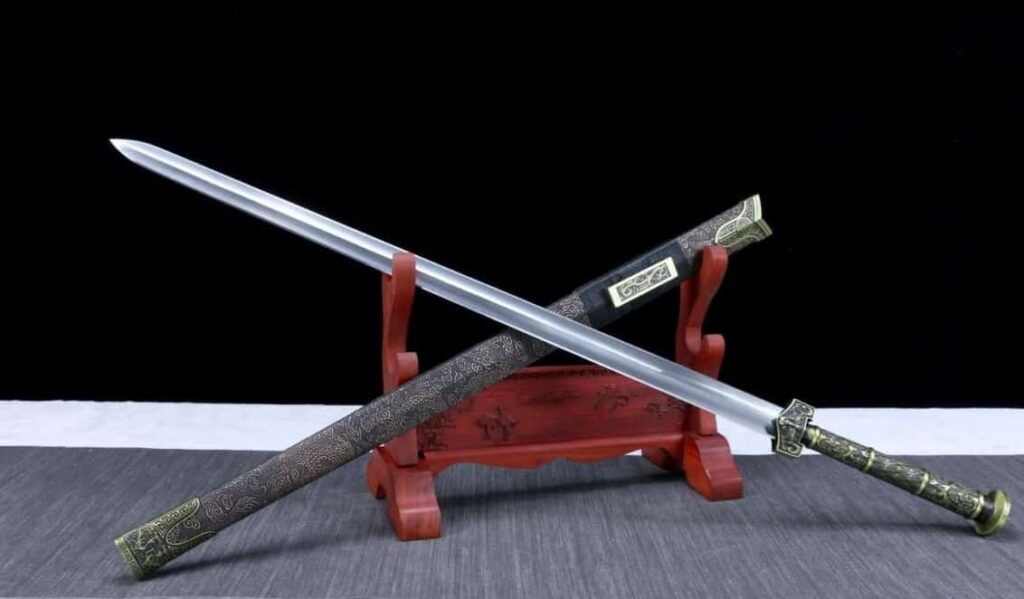
Kampilan
The kampilan is a fearsome Filipino sword known for its distinct wavy blade and historic importance. Used by various indigenous groups in the Philippines, the kampilan’s unique shape enhances its cutting potential while making it a symbol of prestige and power. With its long and single-edged blade, the kampilan is renowned for its effectiveness in slashing attacks, making it particularly formidable in close combat and battles against adversaries wearing armor.
The kampilan originated in the Philippines in the 13th century. It was used by various indigenous groups, including the Visayans, the Tausugs, and the Maranaos. The kampilan was also used by the Spanish conquistadors, who adopted it as their own weapon. The kampilan is typically about 36 to 48 inches (91 to 122 centimeters) long, with a blade that is about 24 to 36 inches (61 to 91 centimeters) long.
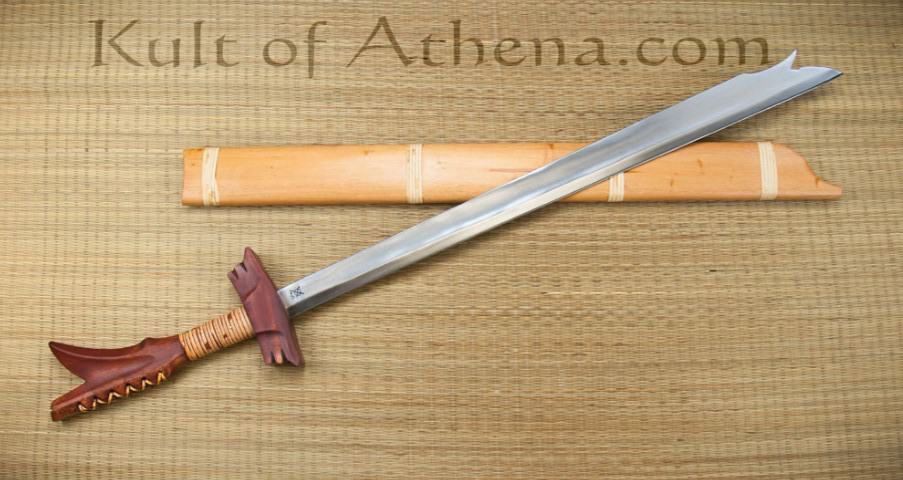
Katana
The katana is a legendary Japanese sword that embodies the craftsmanship, tradition, and martial philosophy of Japan. Known for its distinctive curved, single-edged blade, the katana is renowned for its cutting ability and balance. Often associated with the samurai, the katana was meticulously crafted, with its sharp edge capable of delivering precise cuts through armor and adversaries. Its significance extends beyond combat, representing honor, discipline, and the soul of the warrior.
The katana originated in Japan in the 13th century. It was developed from earlier Japanese swords, such as the tachi, and it quickly became the standard sword of the samurai. The katana is typically about 26 to 28 inches (66 to 71 centimeters) long, with a blade that is about 21 to 24 inches (53 to 61 centimeters) long.
Katzbalger
The Katzbalger is a unique German side-sword that originated in the 16th century. It is characterized by its distinctive S-shaped guard and a sturdy, broad blade. Renowned for its robust design and versatility, the Katzbalger was a favored weapon among Landsknecht mercenaries during the Renaissance.
Its guard offers excellent hand protection, and its broad blade allows for powerful cuts and thrusts, making it effective both on and off the battlefield. The Katzbalger was typically about 28 to 36 inches (71 to 91 centimeters) long, with a blade that is about 20 to 24 inches (51 to 61 centimeters) long.

Khanda
The khanda sword is a unique representation of Indian weaponry. It features a single-edged blade that widens towards the tip, allowing for effective cutting and slashing actions. The hilt is characterized by a crossbar that provides stability and protection for the hand, as well as a crescent-shaped guard that symbolizes the moon and represents the feminine principle. The khanda sword is a tribute to India’s martial traditions and holds cultural and historical significance as a symbol of valor and strength.
The khanda sword originated in the Indian subcontinent and has been used for centuries by warriors and soldiers. It is often associated with the Sikh religion, and it is considered to be a sacred weapon. The khanda sword is also a popular symbol of Indian culture and heritage. The khanda sword is typically about 36 to 48 inches (91 to 122 centimeters) long, with a blade that is about 24 to 36 inches (61 to 91 centimeters) long.
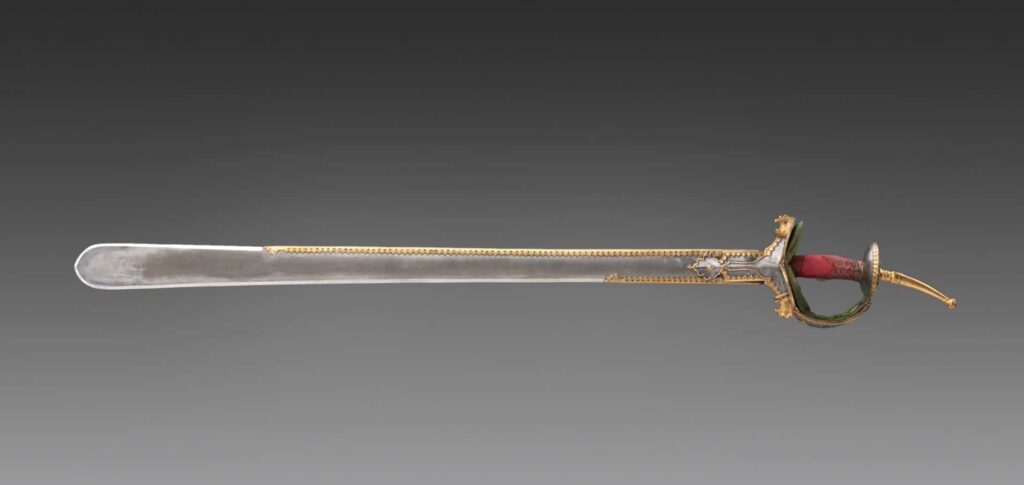
Khopesh
The khopesh is an ancient Egyptian sword characterized by its curved, sickle-like blade and historical significance. Evolving from agricultural tools, the khopesh has a forward-curving edge that is ideal for slashing and dismembering opponents. This unique design sets it apart from other sword types, and it holds cultural importance as a symbol of authority and warfare in ancient Egypt.
The khopesh originated in Egypt during the Middle Bronze Age (2040-1550 BC). It was developed from earlier agricultural tools, such as the sickle, and it quickly became a popular weapon among Egyptian soldiers and warriors. The khopesh is typically about 20 to 24 inches (51 to 61 centimeters) long, with a blade that is about 12 to 18 inches (30 to 45 centimeters) long.

Kirpan
The kirpan is a ceremonial and combat knife associated with the Sikh Nihang warrior tradition. Often adorned with intricate engravings and designs, the kirpan represents the Sikh martial spirit and devotion to righteousness. Beyond its spiritual significance, the kirpan serves as a functional weapon, with a slightly curved blade and a hilt that can vary in design, reflecting the diverse cultural influences of the Sikh warrior tradition.
The kirpan is one of the five articles of faith (the five Ks) that all baptized Sikhs are required to wear. It is a symbol of the Sikh commitment to protect the innocent and fight against injustice. The kirpan is also seen as a reminder of the Sikh warrior tradition, and it is a source of strength and courage for Sikhs. The kirpan is typically about 18 to 24 inches (45 to 61 centimeters) long, with a blade that is about 12 to 18 inches (30 to 45 centimeters) long.
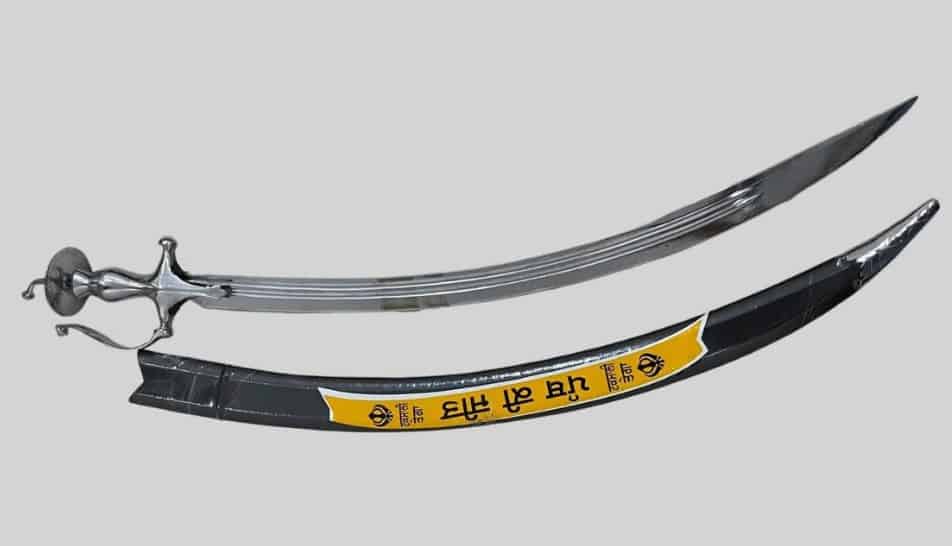
Kukri
The kukri is a versatile knife originating from Nepal and famously used by the Gurkha soldiers. Characterized by its inwardly curved blade, the kukri excels at chopping, cutting, and slashing. Its design allows for efficient use in various tasks, from everyday utility work to combat situations. The kukri’s distinctive shape not only makes it a highly effective tool but also a symbol of bravery and tradition among the Gurkhas.
The kukri is believed to have originated in Nepal over 2,000 years ago. It was originally used by farmers and laborers for cutting wood and vegetation. However, the kukri quickly became a popular weapon among the Gurkhas, who are a Nepalese ethnic group known for their martial prowess.
The kukri is typically about 18 to 24 inches (45 to 61 centimeters) long, with a blade that is about 12 to 18 inches (30 to 45 centimeters) long.
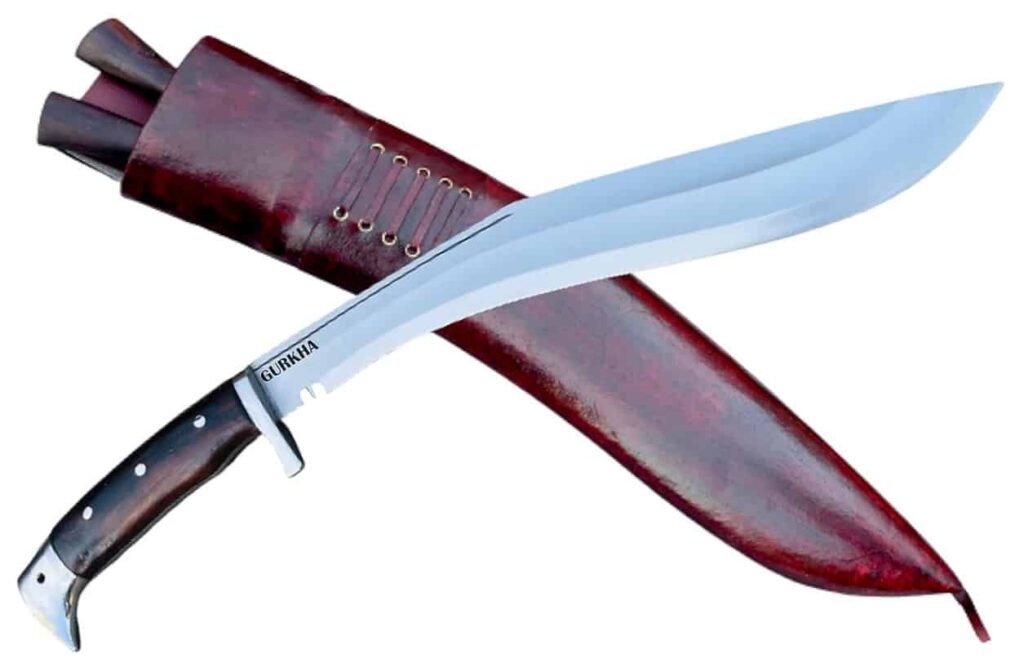
Longsword
The longsword is a two-handed sword characterized by its longer blade and double-edged design. With a hilt suitable for both hands, the longsword allowed for versatile combat techniques, including slashing, thrusting, and parrying.
It was a key weapon during the Middle Ages, wielded by knights and swordsmen. The longsword’s length and balance enabled precise control and devastating attacks on the battlefield. The longsword originated in Europe in the 13th century and reached its peak of popularity in the 14th and 15th centuries.
It was used by both infantry and cavalry units, and it was considered to be one of the most versatile and effective weapons of the time. The longsword is typically about 36 to 48 inches (91 to 122 centimeters) long, with a blade that is about 24 to 36 inches (61 to 91 centimeters) long.
Makhaira
The makhaira is an ancient Greek sword that evolved from a utility tool into a combat sword. With a single-edged, curved blade and a forward-sloping tip, the makhaira excelled at cutting and slashing.
Its design made it particularly effective for close combat, allowing warriors to strike with forceful and sweeping motions. The makhaira originated in Greece in the 7th century BC. It was originally used as a utility tool for cutting meat and other materials.
However, the makhaira quickly became a popular weapon among Greek warriors, who saw its potential for close-quarters combat. The makhaira is typically about 20 to 24 inches (51 to 61 centimeters) long, with a blade that is about 12 to 18 inches (30 to 45 centimeters) long.
Nimcha
The nimcha is a North African sword known for its distinctive basket-shaped hilt. Originating from regions like Morocco and Algeria, the nimcha features a single-edged, curved blade ideal for slashing and cutting.
Its hilt design provides protection for the hand and allows for precise control during combat. The nimcha originated in North Africa in the 16th century. It is believed to have evolved from earlier swords, such as the kilij, which was brought to North Africa by the Turks.
The nimcha quickly became a popular weapon among North African warriors, and it was used by both military and civilian personnel. The nimcha is typically about 24 to 36 inches (61 to 91 centimeters) long, with a blade that is about 18 to 24 inches (45 to 61 centimeters) long.
Nine Ringed Broadsword
The nine-ringed broadsword is a Chinese weapon characterized by multiple rings attached to the blade and hilt. These rings create a distinct sound during movement, adding an element of intimidation and psychological impact to combat.
With its wide blade and intricate hilt design, the nine-ringed broadsword is known for its versatility in both defense and offense. The nine-ringed broadsword originated in China in the 16th century. It is believed to have evolved from earlier swords, such as the jian, which was used by Chinese soldiers and scholars.
The nine-ringed broadsword is typically about 36 to 48 inches (91 to 122 centimeters) long, with a blade that is about 24 to 36 inches (61 to 91 centimeters) long.
Odachi
The odachi, also known as the nodachi, is a Japanese longsword with an exceptionally long blade. It is typically 3 shaku (90.9 centimeters) or longer, and it can be up to 6 shaku (181.8 centimeters) long. The odachi’s extended reach provided an advantage in combat, allowing the wielder to strike from a distance and keep their opponents at bay.
The odachi was used by samurai and other warriors in both ceremonial and battlefield settings. It was often used as a last resort weapon, or when the wielder needed to clear a path through a crowd of enemies. The odachi’s size and weight made it difficult to wield, so it was typically only used by the strongest and most skilled warriors.
While the odachi’s size presented challenges in handling, skilled warriors could harness its power to deliver devastating strikes and control the battlefield. The odachi was also used to intimidate opponents and break their morale.
Panabas
The panabas is a Filipino sword characterized by its large, forward-curving blade. Originally a farming tool, the panabas transitioned into a combat weapon. Its size and shape allowed for powerful chopping attacks, making it effective against both armored opponents and unarmored foes.
The panabas showcases the practical adaptation of everyday tools for combat purposes. The panabas is typically about 2 to 4 feet long, with a blade that is about 12 to 24 inches long.
The panabas was used by various ethnic groups in the southern Philippines, such as the Moro people. It was often used as a chopping weapon, and it was also effective for clearing brush and vegetation.
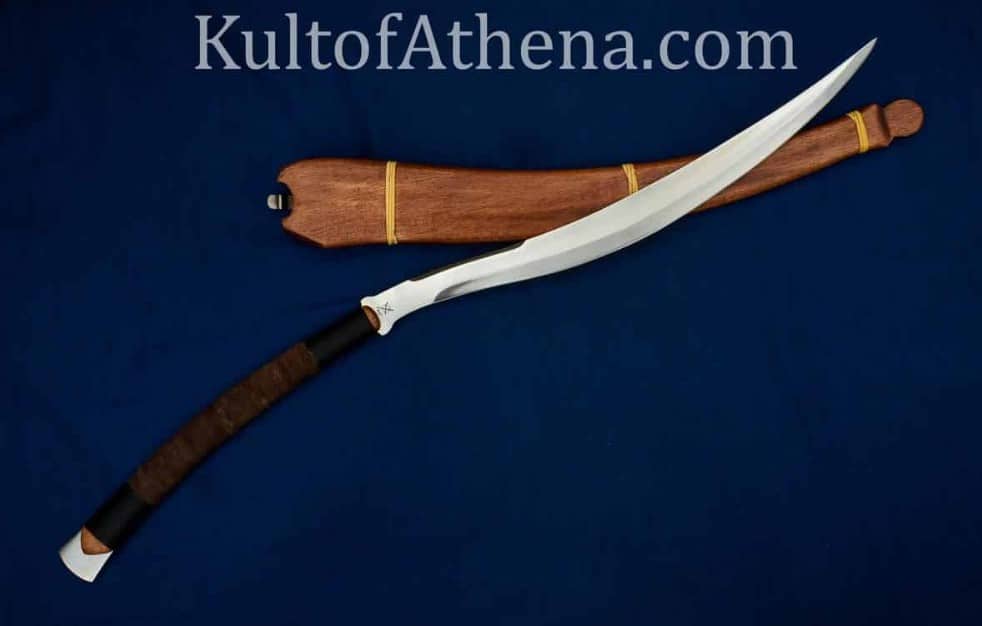
Pata
The pata is an Indian weapon that combines elements of a sword and a gauntlet. Its unique design features a gauntlet-like hilt that covers the forearm, providing protection while allowing the user to maneuver the weapon with precision.
The pata’s blade can vary in design, from straight to slightly curved, and it was used for both cutting and thrusting. The pata originated in India in the 16th century. It is believed to have evolved from earlier weapons, such as the talwar, which was a single-edged sword used by Mughal soldiers.
The pata quickly became a popular weapon among Indian warriors, and it was used by both men and women. The pata is typically about 24 to 36 inches (61 to 91 centimeters) long, with a blade that is about 12 to 24 inches (30 to 61 centimeters) long.
Pulwar
The pulwar is a distinctive curved sword originating from the Indian subcontinent. Its graceful curve sweeps gently from the hilt to the tip, allowing for powerful slicing strikes. The hilt often features a knuckle guard and a unique pommel design.
Used historically by various cultures, including Afghan and Persian warriors, the pulwar is both a functional weapon and an artistic expression of the region’s martial heritage. The pulwar originated in the Indian subcontinent in the 16th century.
It is believed to have evolved from earlier swords, such as the talwar, which was a single-edged sword used by Mughal soldiers. The pulwar quickly became a popular weapon among Indian warriors. The pulwar is typically about 24 to 36 inches (61 to 91 centimeters) long, with a blade that is about 18 to 24 inches (45 to 61 centimeters) long.
Qama
The qama is a distinctive North Caucasian dagger that boasts a lengthy and broad double-edged blade that encapsulates the essence of the region’s heritage. Originating in the North Caucasus, this short yet formidable blade embodies the cultural fusion between the Cossacks and the peoples of the Caucasus.
Reverently dubbed the “Cossack dagger,” the qama resonates with historical echoes, reminiscent of the Roman gladius and Scottish dirk. The qama is typically about 12 to 18 inches (30 to 45 centimeters) long, with a blade that is about 6 to 12 inches (15 to 30 centimeters) long. It was a popular weapon for both hunting and combat, and it was often used in conjunction with a shield.
Rapier
The rapier is a slender, thrusting sword that gained prominence during the Renaissance period. Known for its long, narrow blade and intricate hilt designs, the rapier is a weapon of finesse and precision. Used primarily for thrusting attacks, its elegant appearance often mirrors the refined manners and aesthetics of its time. The rapier originated in Italy in the 14th century.
It quickly spread to other parts of Europe, and it became the most popular sword for dueling and self-defense. The rapier was also used in warfare, but it was less effective against armored opponents than other swords, such as the longsword. The rapier is typically about 36 to 48 inches (91 to 122 centimeters) long, with a blade that is about 24 to 36 inches (61 to 91 centimeters) long.
Sabre
The sabre is a single-edged, curved sword with a history rooted in cavalry warfare. Renowned for its effectiveness in slashing attacks, the sabre’s design varies across cultures, but it consistently embodies the spirit of mounted warriors.
Its curved blade is ideal for delivering powerful cuts from horseback. The sabre originated in Central Asia, and it was adopted by many different cultures, including the Turks, Persians, and Arabs.
It was brought to Europe by the Moors in the 8th century, and it quickly became a popular weapon among European cavalrymen. The sabre is typically about 28 to 36 inches (71 to 91 centimeters) long, with a blade that is about 18 to 24 inches (45 to 61 centimeters) long.
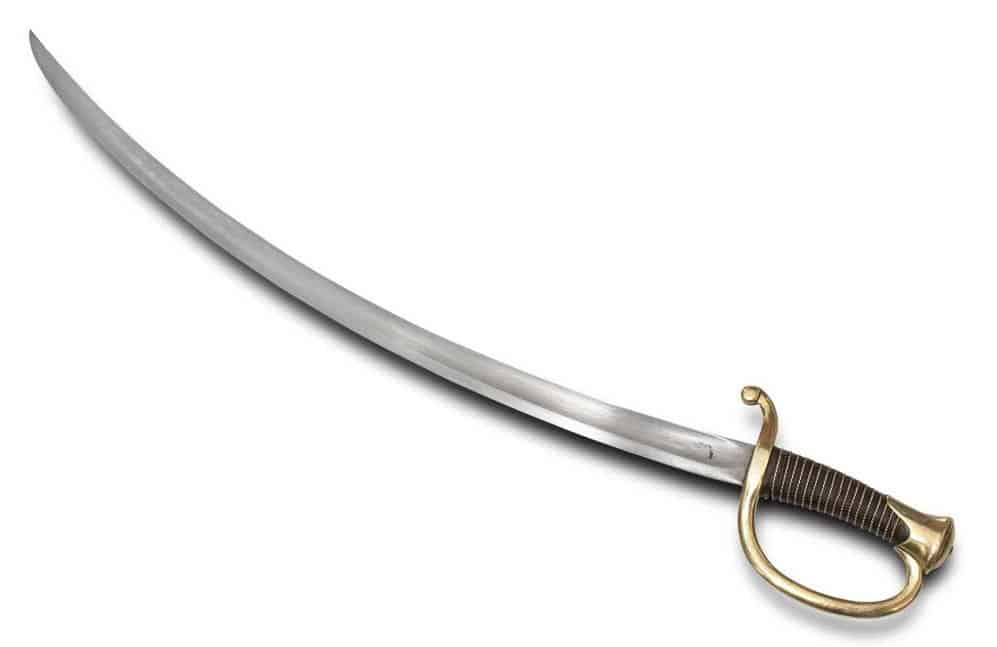
Scimitar
The scimitar is a distinctively curved sword with origins in the Middle East, often associated with cultures like the Ottoman Empire and Persia. Its graceful curve allows for swift, sweeping cuts that can devastate opponents.
The scimitar originated in Central Asia and the Middle East in the 7th century. It was adopted by many different cultures, including the Turks, Persians, Arabs, and Indians.
The scimitar was brought to Europe by the Moors in the 8th century, and it quickly became a popular weapon among European cavalrymen. The scimitar is typically about 28 to 36 inches (71 to 91 centimeters) long, with a blade that is about 18 to 24 inches (45 to 61 centimeters) long.
Shortsword
The shortsword, as the name implies, is a compact and versatile weapon with a single-edged or double-edged blade. Found in various cultures throughout history, shortswords offer maneuverability and close combat capabilities. Their size and design make them suitable for various situations, from duels to battlefield encounters.
The shortsword typically ranges in length from 18 to 36 inches (45 to 91 centimeters), with a blade that is about 12 to 24 inches (30 to 61 centimeters) long. The blade is made of high-quality steel, and it is often sharpened on one or both sides. The hilt is made of wood or metal, and it has a simple design that allows the user to wield the sword with one hand.
The shortsword was used by various cultures throughout history, including the Greeks, Romans, Celts, and Vikings. It was a popular weapon for both soldiers and civilians, and it was used in a variety of settings, from battlefields to streets.
Shotel
The shotel is a unique Ethiopian sword distinguished by its J-shaped blade. This curvature allows the wielder to hook an opponent’s shield or armor, making it effective for both offense and defense.
The shotel originated in Ethiopia in the 16th century. It is believed to have evolved from earlier swords, such as the falchion, which was used by European and Middle Eastern warriors.
The shotel quickly became a popular weapon among Ethiopian warriors, and it was used by both men and women. The shotel is typically about 24 to 36 inches (61 to 91 centimeters) long, with a blade that is about 12 to 24 inches (30 to 61 centimeters) long.
Sica
The sica is a distinctive Roman weapon with a curved blade that resembles a sickle. Originating in ancient Dacia, the sica was used by Roman gladiators and soldiers. The sica is typically about 12 to 18 inches (30 to 45 centimeters) long, with a blade that is about 6 to 12 inches (15 to 30 centimeters) long.
The sica was used by the Dacians, a people who lived in what is now Romania, in the 1st century BC. The Romans adopted the sica from the Dacians, and it became a popular weapon among Roman gladiators and soldiers.
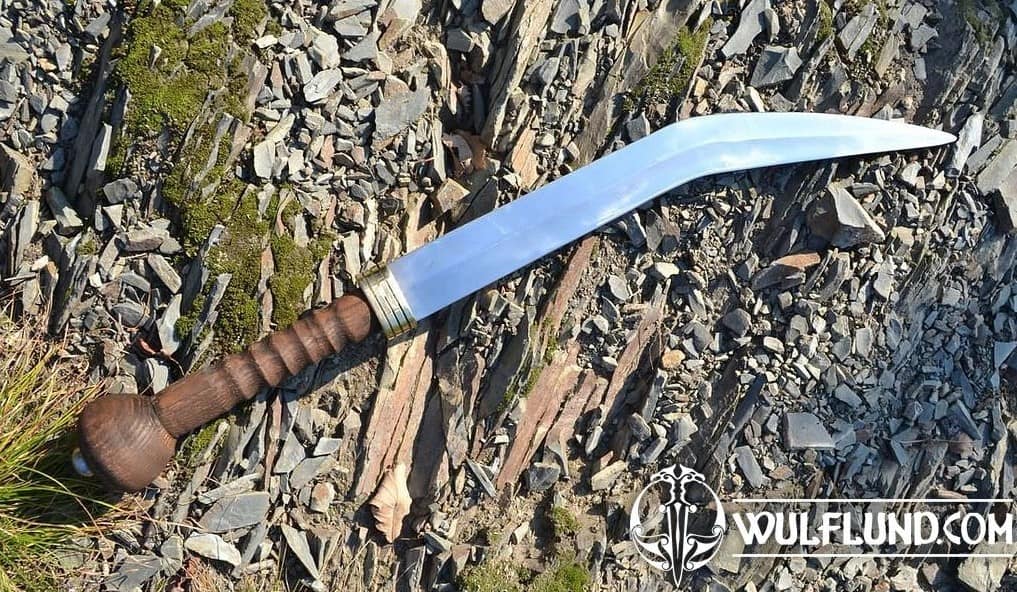
Spatha
The spatha is a long, straight sword used by the Roman legions and later adopted by various cultures across Europe. Its design differs from the gladius, featuring a longer blade that allowed for powerful strikes.
The spatha originated in the Celtic cultures of Western Europe in the 1st century BC. It was adopted by the Roman legions in the 2nd century AD, and it quickly became the standard sword of the Roman military. The spatha was longer and heavier than the gladius, and it was designed for both slashing and thrusting attacks.
The spatha was used by the Roman legions until the fall of the Western Roman Empire in the 5th century AD. It was then adopted by various Germanic and Celtic cultures, and it continued to be used in Europe for centuries.
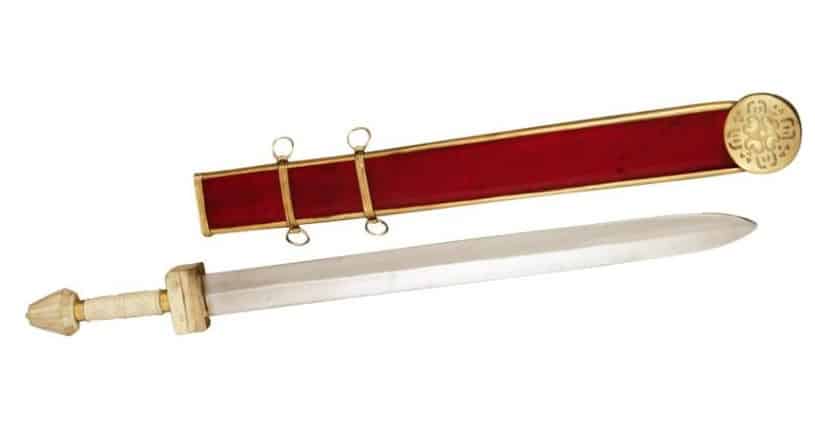
Tachi
The tachi is a traditional Japanese sword that predates the katana. Characterized by its gently curved blade and traditionally worn edge-down, the tachi represents a different era of Japanese swordsmanship. The tachi originated in Japan in the 9th century.
It was the standard sword of the Japanese military until the 14th century, when it was gradually replaced by the katana. The tachi was longer and heavier than the katana, and it was designed for use from horseback. The tachi has a gently curved blade that is about 28 to 36 inches (71 to 91 centimeters) long.
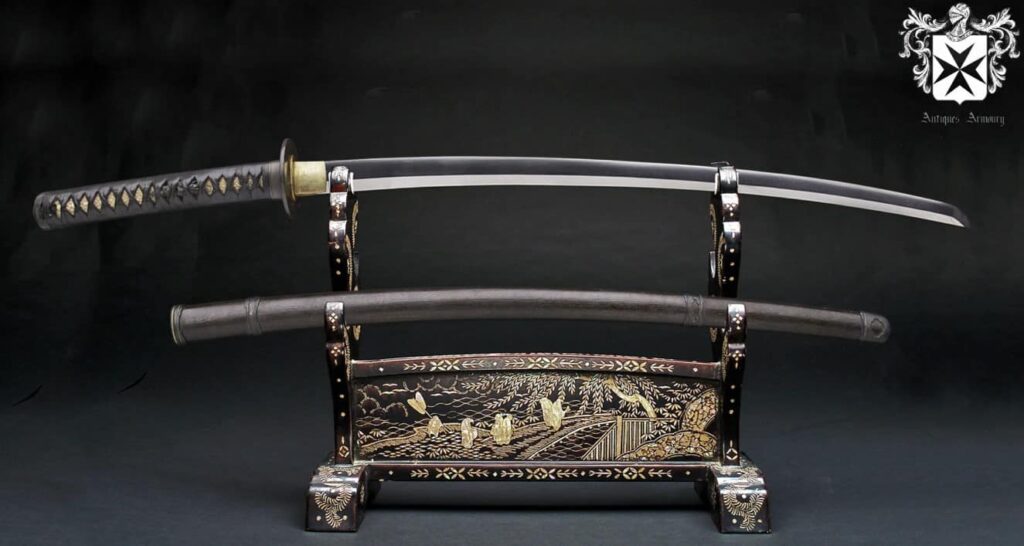
Talwar
The talwar is a curved sword that hails from the Indian subcontinent. It features a curved blade that widens towards the tip, which allows for effective slashing and cutting motions. This makes it suitable for both combat and utility tasks.
The intricate hilt design often includes a distinctive knuckle guard, offering protection to the hand while facilitating versatile grip techniques. The talwar originated in the Indian subcontinent in the 16th century. It is believed to have evolved from earlier swords, such as the shamshir, which was used by the Persian and Turkish cultures.
The talwar quickly became a popular weapon among Indian warriors. The talwar is typically about 28 to 36 inches (71 to 91 centimeters) long, with a blade that is about 18 to 24 inches (45 to 61 centimeters) long.

Tang dao
The Tang dao is a Chinese single-edged sword with a slightly curved blade that features a single fuller. Originating during the Tang Dynasty (618-907 AD), this sword embodies the elegance and functionality of traditional Chinese weaponry.
Its balanced design allows for precise cutting and thrusting, making it a versatile weapon for both combat and martial arts practice. The Tang dao is typically about 28 to 36 inches (71 to 91 centimeters) long, with a blade that is about 18 to 24 inches (45 to 61 centimeters) long. The Tang dao was used by both soldiers and civilians during the Tang Dynasty.
Uchigatana
The uchigatana is a classic Japanese sword characterized by its curved, single-edged blade and distinctive appearance. The uchigatana is typically about 24 to 28 inches (61 to 71 centimeters) long, with a blade that is about 18 to 24 inches (45 to 61 centimeters) long.
The uchigatana was developed in the 14th century as a shorter, lighter version of the tachi, which was the standard sword of the Japanese military at the time. The uchigatana was designed for use by mounted samurai, and it was well-suited for the close-quarters combat that often took place on the battlefield.

Ulfberht Sword
The Ulfberht sword is a legendary Viking sword that stands out for its high-quality craftsmanship and advanced steel-making techniques, which were uncommon during its time. Marked with the inscription “Ulfberht,” these swords were revered for their superior strength and sharpness.
The Ulfberht sword was made from crucible steel, a type of steel that is made by melting together different types of iron and carbon. The Ulfberht sword was also made with a high carbon content, which made it very strong and sharp.
The Ulfberht sword was produced in a workshop or workshops in the Rhineland region of Western Europe, between the 9th and 11th centuries. Over 170 Ulfberht swords have been found, and they are all marked with the inscription “Ulfberht.” The inscription is often accompanied by other symbols, such as a cross or a star.
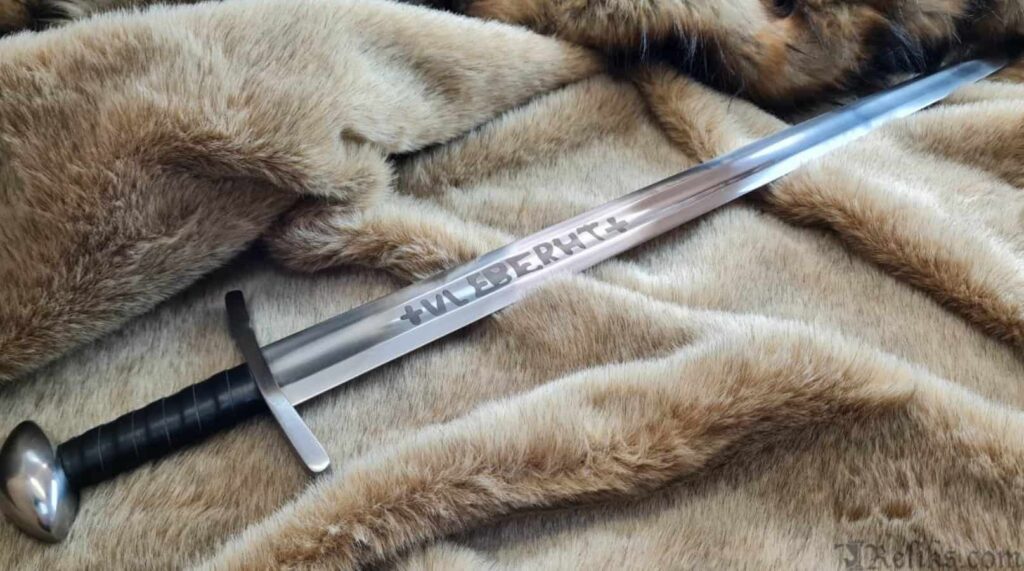
Urumi
The urumi is a unique South Indian sword characterized by its flexible whip-like blade. Composed of multiple thin blades woven together, the urumi can be wielded in a whip-like fashion, allowing for versatile attacks and unpredictable movements. The urumi originated in Kerala, India, in the 17th century.
It is believed to have been developed by the Kalaripayattu martial art, which is known for its use of flexible weapons. The urumi was used by both warriors and martial artists, and it was considered to be a highly effective weapon. The urumi is typically about 6 to 10 feet (1.8 to 3 meters) long, with a blade that is about 1 to 2 inches (2.5 to 5 centimeters) wide.

Wakizashi
The wakizashi is a traditional Japanese short sword often worn alongside the katana by samurai. With a single-edged, curved blade, the wakizashi served as a symbol of a samurai’s social status and was utilized for close combat and indoor spaces where the longer katana might be cumbersome.
The wakizashi is typically about 18 to 24 inches (45 to 61 centimeters) long, with a blade that is about 9 to 12 inches (23 to 30 centimeters) long. The wakizashi originated in Japan in the 14th century. It was originally worn as a backup weapon to the katana, but it eventually became a status symbol of the samurai class and was often used for seppuku.
Xiphos
The xiphos is an ancient Greek sword characterized by its double-edged, leaf-shaped blade. It was typically about 24 to 30 inches (61 to 76 centimeters) long, with a blade that was about 12 to 18 inches (30 to 45 centimeters) long.
The xiphos was used by hoplites, the heavily armored infantrymen who formed the backbone of the Greek army. The xiphos was used to supplement the hoplite’s spear, and it was often used in close combat. It was also used by other Greek warriors, such as the cavalry and the light infantry.
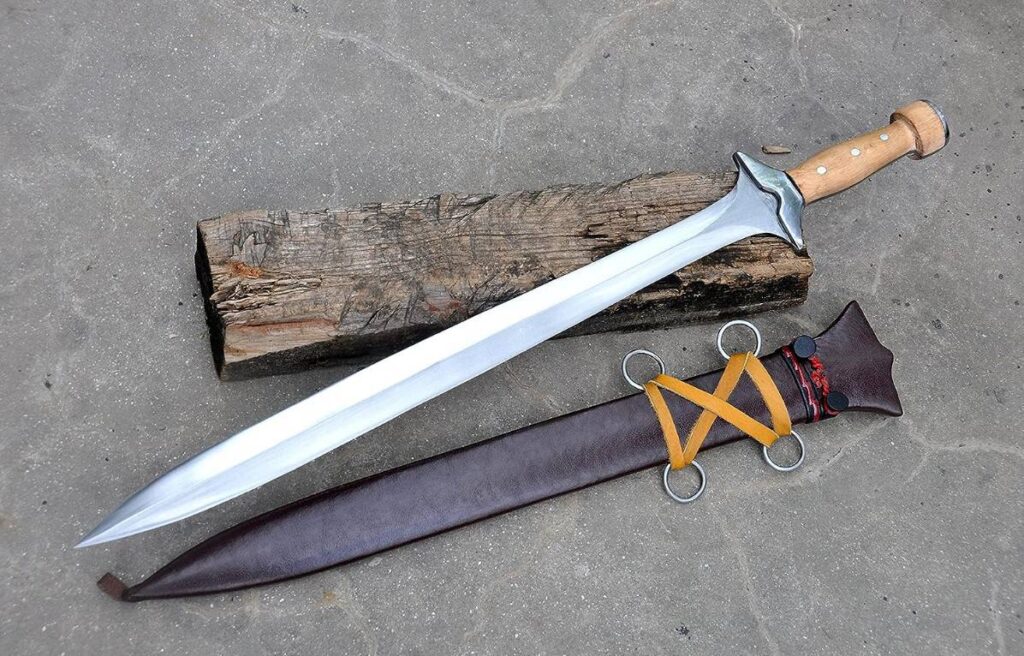
Yatagan
The yatagan is a Turkish sword known for its distinctive double-curved blade and hilt that resembles the letter “Y.” Originating in the Ottoman Empire, the yatagan’s unique design combines elements from various cultures, such as the Middle East, Central Asia, and the Mediterranean.
The yatagan is celebrated for its artistic hilt decorations, which often feature intricate patterns and designs. The yatagan is typically about 24 to 30 inches (61 to 76 centimeters) long, with a blade that is about 12 to 18 inches (30 to 45 centimeters) long.
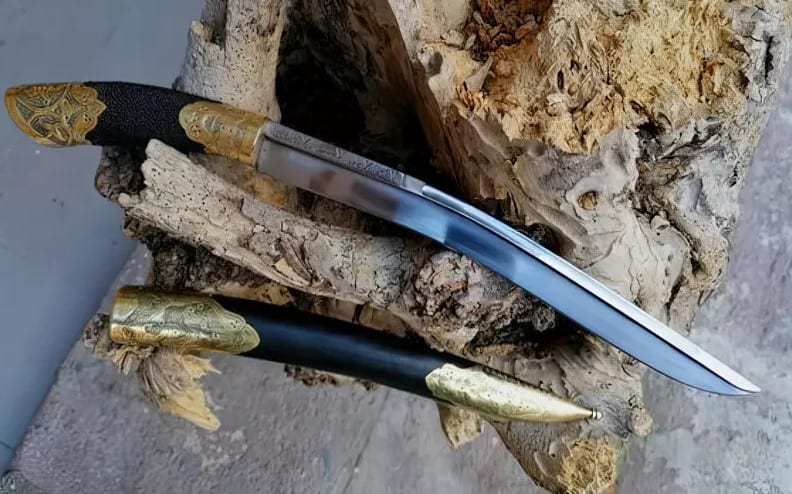
Zhanmadao
The zhanmadao is a Chinese single-edged sword with a broad, slightly curved blade and a distinctive upswept tip. It was favored by both infantry and cavalry, offering versatility and effectiveness in various combat situations. The zhanmadao originated in China during the Han dynasty (206 BC – 220 AD).
It was originally used by cavalrymen, but it eventually became a popular weapon for both infantry and cavalry. The zhanmadao was used for both slashing and thrusting attacks, and it was also effective for cutting through armor. The zhanmadao is typically about 60 to 70 inches (152 to 178 centimeters) long, with a blade that is about 30 to 40 inches (76 to 102 centimeters) long.
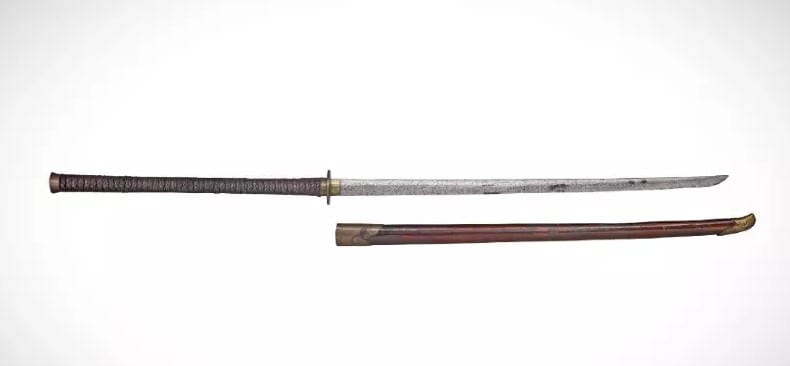
Zweihander
The zweihänder is a massive two-handed sword from Europe, particularly associated with the late medieval period and Renaissance. It is characterized by its long, straight blade and extended handle, which allowed skilled warriors to deliver powerful sweeping strikes and crush opponents’ defenses.
The zweihänder originated in Germany in the 15th century. It was originally used by pikemen to clear the way for cavalry charges, but it eventually became a popular weapon for foot soldiers as well.
The zweihänder was used for both slashing and thrusting attacks, and it was also effective for breaking through armor. The zweihänder is typically about 60 to 70 inches (152 to 178 centimeters) long, with a blade that is about 40 to 50 inches (102 to 127 centimeters) long.
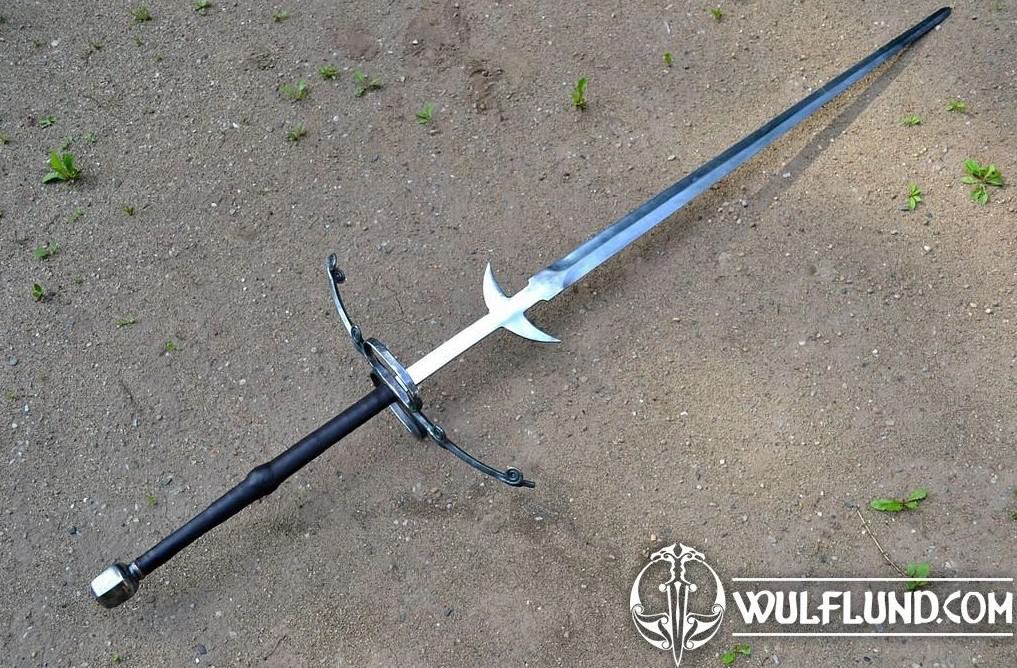
Daggers: Close-Combat Tools
Daggers, the discreet powerhouses of melee weaponry, boast short, pointed blades for swift and precise strikes. These versatile weapons are used in close combat, self-defense, and stealthy assassinations. From tactical combat to everyday tasks, daggers’ compact design allows agility and easy concealment, making them essential tools.
Anelace
The anelace dagger is a beautiful and versatile weapon that originated in medieval Europe. It is characterized by its distinctive cruciform hilt and slender, double-edged blade. The anelace was favored by knights and warriors for its compact size and balanced design, which allowed for precise thrusts and cuts. It was an ideal choice for both combat and self-defense.
The anelace’s cruciform hilt provides excellent hand protection and enhances control during combat engagements. The cross guard protects the hand from the blade, while the quillons (the two short bars that extend from the cross guard) prevent the hand from slipping down onto the blade. The pommel (the knob at the end of the hilt) provides a secure grip and helps to balance the dagger.
Arkansas Toothpick
The Arkansas toothpick is a dagger that hails from the American frontier. It is characterized by its elongated, slender blade and distinctive, pointed tip. It was originally used by early pioneers, but it found its place in the hands of adventurers and frontiersmen who relied on its piercing capabilities.
The Arkansas toothpick is typically about 12 to 18 inches (30 to 45 centimeters) long, with a blade that is about 6 to 9 inches (15 to 23 centimeters) long. The Arkansas toothpick was named after the state of Arkansas, where it was first produced.
The name “toothpick” is a reference to the dagger’s slender blade, which was often used to pick teeth. However, the Arkansas toothpick was also a deadly weapon, and it was used for self-defense, hunting, and other purposes.
Bollock Dagger
The bollock dagger stands out with its unique hilt, giving it a distinctive appearance. With a sturdy blade and distinctive crossguard, this medieval dagger was designed for a variety of purposes. Its shape allowed for a comfortable grip, while the blade’s two-edged blade enabled a variety of strikes. Despite its unique hilt design, the dagger’s functionality and historical context are undeniable.
Baselard
The Baselard dagger is a type of dagger that originated in medieval Europe. It is characterized by its broad, straight blade and distinctive hilt. The blade design of the Baselard dagger enables both effective thrusts and cutting motions, making it a versatile weapon.
The hilt of the Baselard dagger often featured decorative elements, which could be used to showcase the owner’s status and personal taste. The Baselard dagger is a valuable historical artifact that provides insights into the weaponry and aesthetics of a bygone era.
Basic Dagger
The basic dagger is a simple and functional weapon that is effective in close-quarters combat. It has a straight, pointed blade and a straightforward hilt, which makes it easy to use and control. The dagger is small and lightweight, making it easy to conceal and carry. It is also relatively inexpensive, making it a cost-effective self-defense option.
Boar Dagger
The boar dagger is a dagger that is inspired by the natural world. It has a distinctive blade design that features a broad and curved edge, reminiscent of a boar’s tusk. The hilt of the boar dagger often features intricate carvings of the boar itself. This dagger was favored by hunters and those who revered nature. It pays homage to the tenacity and ferocity of the boar, a symbol of strength and courage.
Chilanum
The Chilanum dagger is a type of dagger that originated in Central Asia. It is characterized by its intricate craftsmanship and elegant design. The blade is curved and features ornate engravings and decorative motifs. The hilt is also intricately patterned and may incorporate precious metals or gems. The Chilanum dagger is not only a functional weapon, but also a work of art and a symbol of cultural heritage.

Dharia
The Dharia dagger is a type of dagger that hails from Nepal and India. It is characterized by its curved and exceptionally sharp blade, which is designed for swift and precise cutting. The hilt of the Dharia is often made from wood, horn, or bone, and features ergonomic contours for a comfortable grip. This traditional weapon is not only a symbol of utility, but also reflects the rich martial traditions of the Himalayan region.
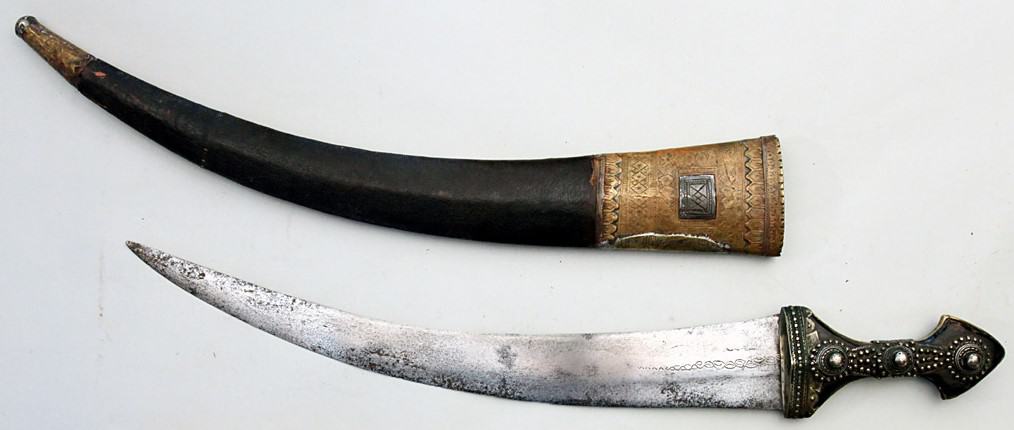
Dirk
The dirk is a long-bladed dagger that holds historical significance in Scotland and Europe. It is typically double-edged, with a straight blade and a strong central spine, making it effective for both thrusting and cutting. The hilt of the dirk is characterized by a distinctive crossguard and often ornate pommel, which provide both functionality and cultural embellishment. As a symbol of Highland heritage, the dirk has become a ceremonial and iconic weapon.
Kard
The Kard is a Persian dagger that is known for its unique and elaborate design. The blade is double-edged and features intricate patterns, sometimes with wavy lines, which add to its aesthetic appeal. The hilt is often made of ivory, bone, or precious metals, which enhances its luxurious appearance. The Kard is not only a functional weapon, but also a status symbol, reflecting the refinement and opulence of Persian culture.
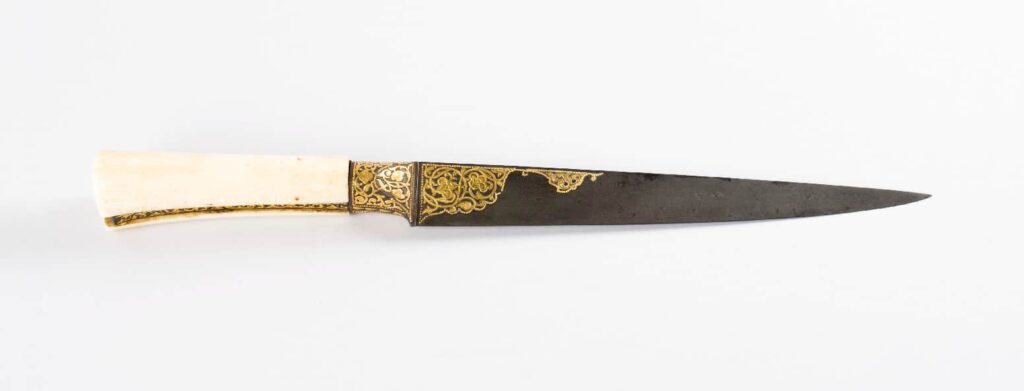
Katar/Jamadhar
The Katar is a dagger that hails from India. It is instantly recognizable for its distinctive H-shaped hilt, which allows the blade to emerge from the sides for powerful thrusting attacks. The Katar’s design is focused on maximizing penetration and impact. It is often adorned with intricate engravings and decorations, making it a work of art that represents India’s rich history and craftsmanship.
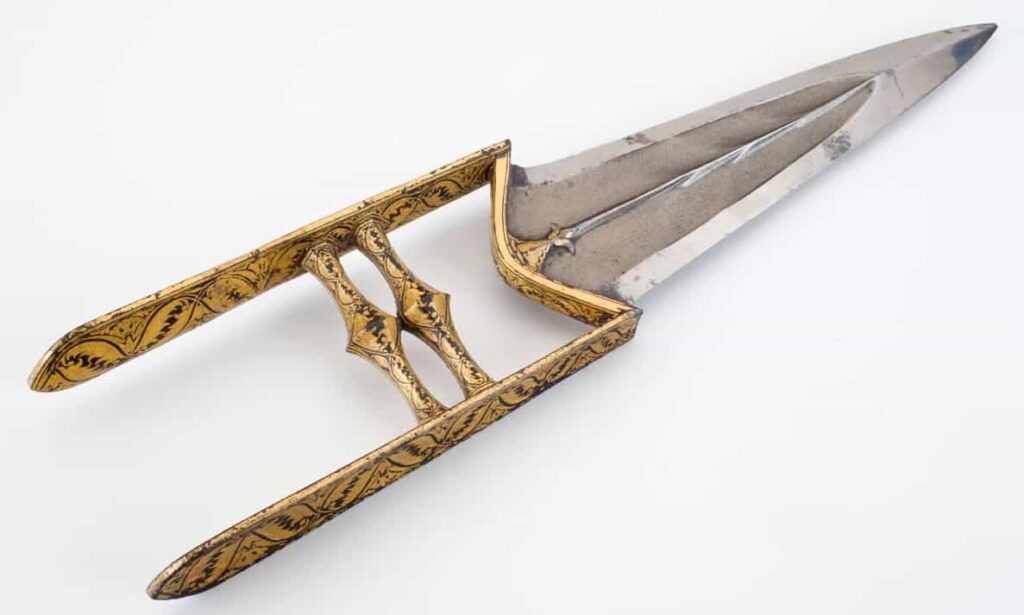
Khanjar
The Khanjar is a traditional dagger from the Middle East. It is characterized by its curved blade and distinctive hilt. The curved blade enables deep, controlled thrusts, while the hilt often features intricate designs and decorations. The Khanjar has symbolic and practical value, and has been worn as a status symbol or for self-defense in various cultures throughout the region.
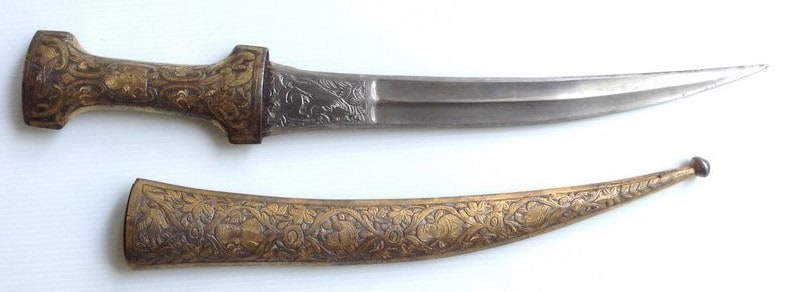
Khanjali/Kindjal
The Khanjali is a distinctive dagger that originated in India and Central Asia. It is characterized by its curved blade, which is often adorned with intricate patterns and engravings. The hilt is also often crafted with ornate designs, reflecting the rich cultural heritage of the regions it hails from. The Khanjali’s unique shape allows for versatile use, enabling both slashing and thrusting motions. Historically, it has been both a weapon of self-defense and a symbol of status, embodying the skill of the craftsmen who created it.
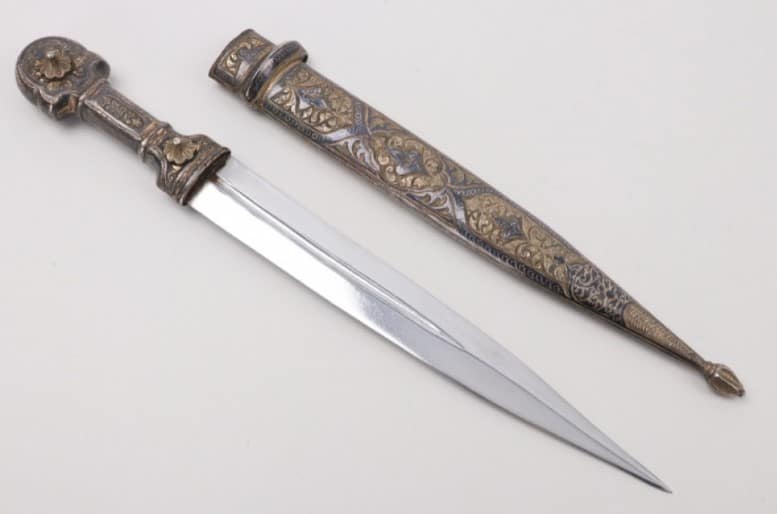
Kris
The Kris is a distinctive dagger that originated in Southeast Asia. It is characterized by its wavy or serpentine blade, which is often decorated with intricate patterns and designs. The kris is not only a weapon, but also a symbol of status and spirituality. The intricate craftsmanship of the blade reflects the cultural and spiritual significance of the kris. With its unique shape, the kris is both a functional weapon and a work of art, often passed down through generations as a family heirloom.

Kudi
The Kudi is a distinctively shaped dagger that originated in the mountainous regions of Nepal and northern India. It is characterized by its curved blade, which resembles a hook. This makes it uniquely suited for both close combat and utilitarian tasks. The Kudi was traditionally used by the Gurkha people, and its design enables it to be a versatile tool for various situations.
The functional design of the Kudi is often complemented by decorative engravings and embellishments on the hilt and scabbard, which showcase the craftsmanship of the local artisans.
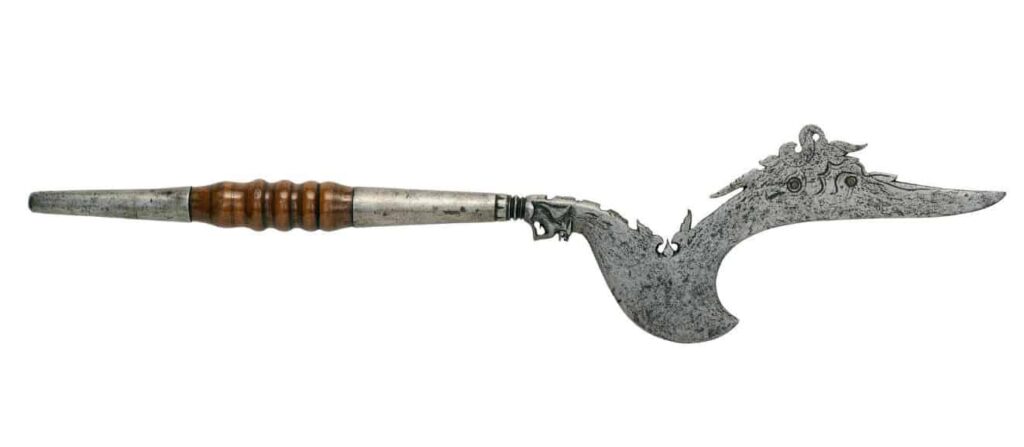
Lange Messer
The Lange Messer (German for “long knife”) is a historical European dagger that is characterized by its single-edged, wide blade and sometimes hand-and-a-half handle. It combines the features of a dagger and a short sword, making it a versatile weapon that is well-suited for both combat and utility tasks.
The Lange Messer was often used during the late medieval period, and its design evolved to suit the needs of its time. This adaptability is evident in the different variations of the Lange Messer that exist, each with its own unique features.
Main-Gauche
The Main-Gauche (French for “left hand”) is a unique dagger that was often used as an off-hand weapon in conjunction with a rapier or other primary weapon. It is characterized by its distinctive guard that protects the wielder’s hand, and is designed for parrying and defense.
The blade is typically slender and suited for quick, precise movements. The combination of a rapier and a Main-Gauche formed a deadly fencing style, highlighting the importance of both offense and defense in combat.
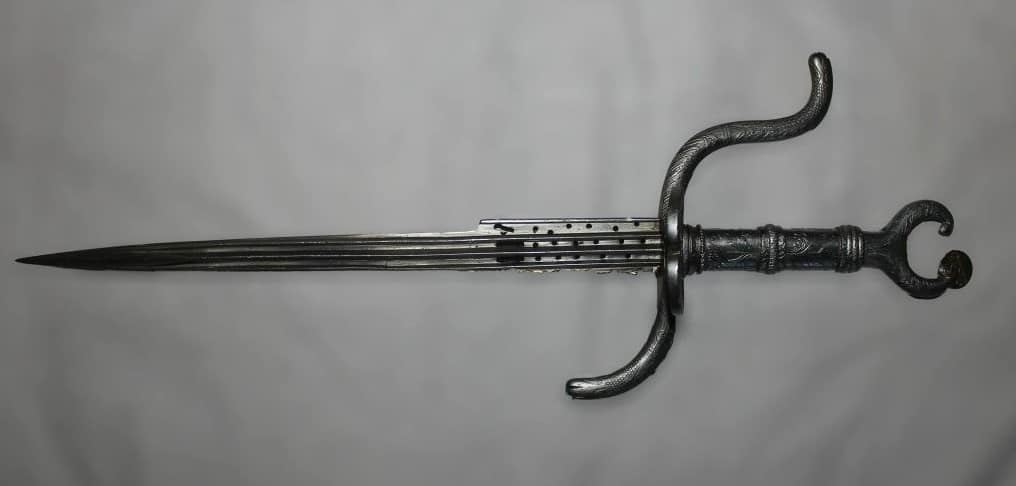
Misericorde
The Misericorde is a medieval dagger that was designed with a specific purpose: to deliver a merciful, killing blow to a fallen opponent. It is characterized by its slender, often narrow blade, which was designed to penetrate gaps in armor or find vulnerable points. The name of the dagger itself, which is derived from the Latin word for “mercy,” reflects its function on the battlefield.
In a time when death was commonplace, the act of ending a life was often accompanied by a sense of compassion. The Misericorde was seen as a way to end the suffering of a wounded or dying opponent, and to give them a quick and painless death.
Peshkabz
The Peshkabz is a dagger that originated in South Asia and Central Asia, often associated with regions such as Afghanistan and Persia. It is characterized by its wavy, serpentine blade, which gives it a distinctive appearance. The Peshkabz is renowned for its effectiveness in piercing armor, making it a favored weapon for combat.
The hilt is often made from materials like bone, ivory, or wood, and is intricately decorated. The Peshkabz’s unique combination of aesthetics and functionality showcases the craftsmanship and martial heritage of its origins.
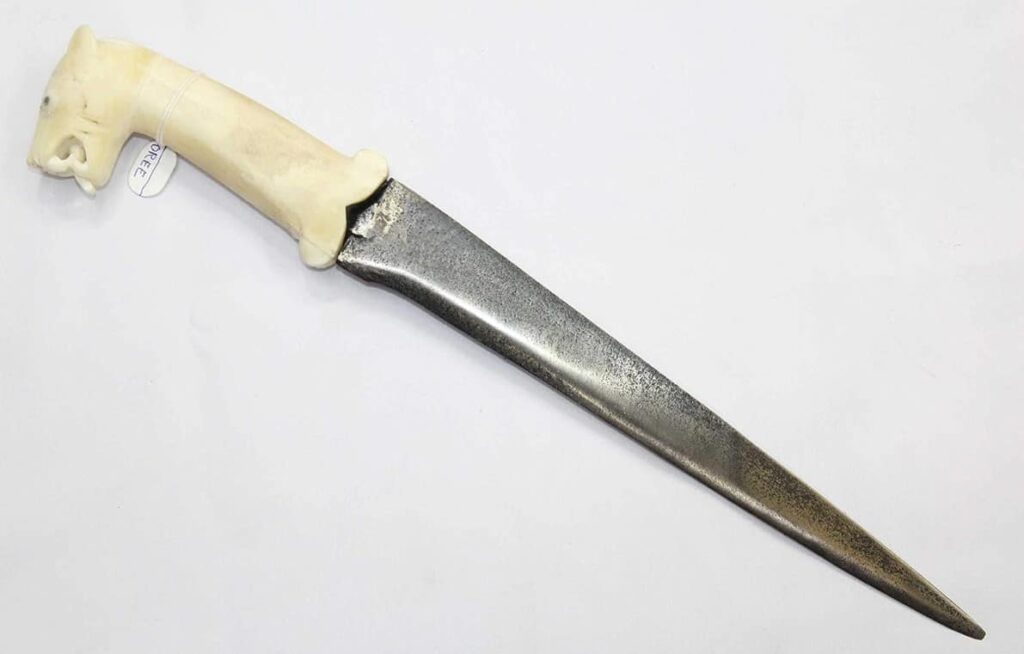
Pugio
The Pugio is a distinctive Roman dagger characterized by its broad, double-edged blade and short length. It has a history dating back to ancient Rome, where it was a sidearm often carried by Roman soldiers. The blade of the Pugio is triangular or diamond-shaped, which allows for both piercing and slashing motions, making it versatile in close combat.
The hilt of the Pugio typically featured a guard and a grip that facilitated a firm hold. This dagger played a significant role in the arsenal of the Roman legionnaires, serving as a weapon of offense and a symbol of authority.
Push Dagger
The push dagger, also known as a punch dagger, is a compact and efficient close-quarters weapon. It is designed to be gripped firmly in the fist with the blade extending from the knuckles, enhancing its stabbing and punching capabilities.
Its small size and simple design make it easy to conceal and carry, making it a favored choice for personal defense and surprise attacks. Push daggers often have a short, single-edged blade with a reinforced tip for increased penetration. They are typically used for quick, powerful strikes at close range.

Rampuri
The Rampuri dagger is an Indian dagger known for its unique hilt design. The hilt is hinged and can be folded for compact storage, making it a popular weapon for the aristocracy and nobility in India. The blade is typically single-edged and curved, making it effective for slicing and thrusting. The folding hilt allowed for discreet carry and easy deployment when needed. The Rampuri dagger was not only a weapon, but also a symbol of status and craftsmanship.
Rondel Dagger
The Rondel dagger is a medieval European dagger that is recognizable by its distinctive shape. It has a round or disc-like hilt and a long, needle-like blade designed for thrusting. Rondel daggers were primarily used during the 14th and 15th centuries and were popular among knights and men-at-arms.
Their purpose was often to penetrate gaps in armor or find weak points in an opponent’s defense. The hilt’s disc shape served as a hand guard, offering protection to the wielder’s hand while thrusting.
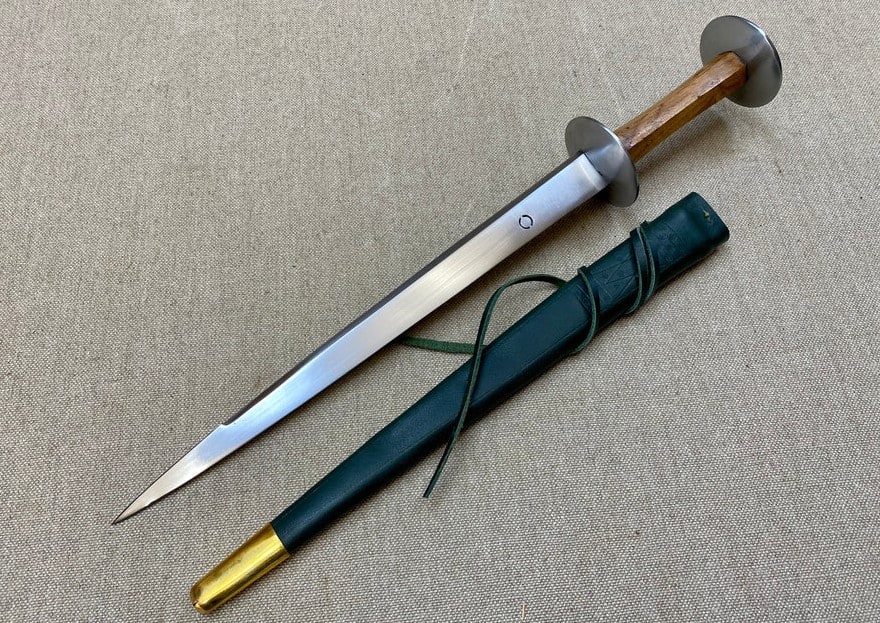
Sarmatian Dagger
The Sarmatian dagger is a weapon associated with the Sarmatian people of ancient Europe and Asia. It is characterized by its distinct hilt and often ornate design. The blade is double-edged and suitable for slashing and stabbing.
The hilt’s design often incorporates intricate metalwork and embellishments, reflecting the artistic and cultural influences of the Sarmatian civilization. The dagger not only served as a weapon, but also as a representation of the Sarmatians’ craftsmanship and identity.
Stiletto
The stiletto is a slender and elegant dagger with a narrow, needle-like blade. It is designed primarily for thrusting and is favored for its ability to penetrate armor gaps and deliver precise, lethal strikes. Its minimalistic design allows for quick and discreet deployment, making it a favored weapon among spies and assassins throughout history. The stiletto’s pointy tip and narrow blade make it a formidable choice for close-quarters combat, where precision and agility are paramount.
Tanto
The tanto is a traditional Japanese dagger with a straight or slightly curved blade. It has been used as both a weapon and a utility tool for centuries. The tanto’s sharp edge and compact size make it suitable for thrusting and slashing techniques, and it often features exquisite blade patterns known as hamon. The tanto’s cultural significance extends beyond combat, with its craftsmanship and symbolism playing a role in Japanese art and history.
Yoroi Toshi
The Yoroi Toshi is a Japanese dagger designed specifically for armor piercing. It has a sturdy and thick blade that is capable of puncturing through armor plates. The Yoroi Toshi’s design reflects its utilitarian purpose, emphasizing strength and penetration over ornate decoration.
Zirah Bouk
The Zirah Bouk is a traditional Moroccan dagger with a distinctive appearance. It features a single-edged blade with a pronounced curve, often accompanied by intricate engraving and decorative elements on the hilt and scabbard. The Zirah Bouk’s design merges elegance with practicality, combining cutting and thrusting capabilities. Its historical significance and cultural relevance make it a symbol of Moroccan craftsmanship and identity.
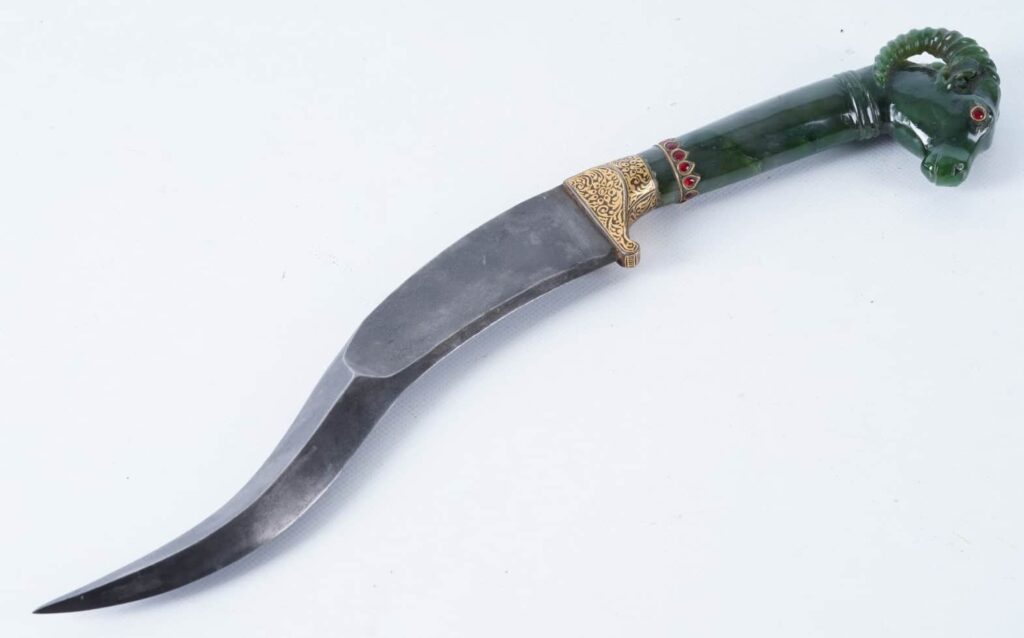
Knives: Versatile Utility Blades
Knives, practical and versatile, encompass a broad range of blade types and purposes. Whether for utility, combat, or survival, knives offer unmatched adaptability. From the utilitarian hunting knife to the tactical combat knife, these compact tools hold a vital place in the arsenal of warriors and adventurers alike.
Balisong (Butterfly Knife)
The Balisong, commonly known as the butterfly knife, is a captivating folding dagger with a unique design. It has two handles that swing around the pivot point, concealing the blade within the closed position. The distinctive flipping motion used to open and close the knife adds an element of flair and skill to its use. The Balisong’s sleek and compact nature makes it both a functional tool and an impressive display of craftsmanship. It is popular among knife enthusiasts and those who appreciate the artistry of blade manipulation.
Boot Knife
A boot knife is a compact and discreet dagger that is designed to be easily carried within a boot or attached to clothing. It has a sharp and often double-edged blade, making it well-suited for close-quarters combat and self-defense. The boot knife’s compact size ensures that it is readily accessible when needed, making it a practical choice for individuals who prioritize personal safety. Whether used as a backup weapon or a tool for various outdoor tasks, the boot knife’s portability and versatility make it a valuable addition to any arsenal.
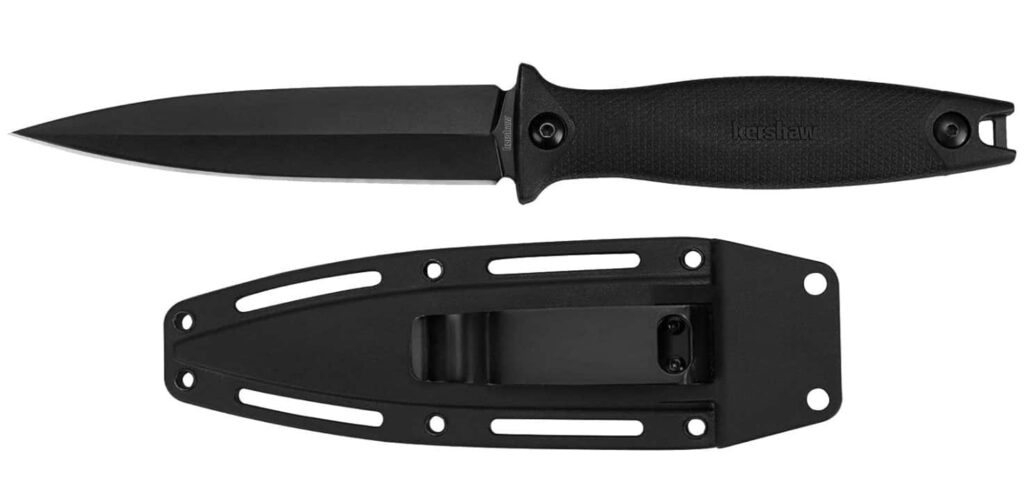
Bowie Knife
The Bowie knife is an iconic and robust dagger named after the legendary frontiersman Jim Bowie. It is known for its distinctive clipped point blade that combines a sharp edge with a concave curve, making it a versatile weapon and tool. Its larger size and sturdy construction make it suitable for various cutting tasks, such as skinning game or chopping wood. The Bowie knife’s historical significance and reputation as a formidable combat weapon contribute to its enduring popularity among collectors and adventurers alike.
Combat Knife
A combat knife is a utilitarian dagger designed for military and combat applications. It typically has a rugged construction, a fixed blade, and a versatile design optimized for quick and effective slashing and stabbing motions. With a focus on durability, grip, and ease of use, the combat knife is an essential tool for soldiers, law enforcement personnel, and survivalists. Its reliability in a wide range of scenarios makes it an indispensable asset for those who depend on their equipment in challenging situations.
Haladie
The Haladie is a unique double-edged dagger that originated in India and the Middle East. It is characterized by its two parallel blades that emerge from a single hilt. The Haladie is designed for slashing and stabbing attacks, and its distinctive configuration allows for intricate and deadly techniques. This makes it an intriguing weapon for those skilled in its use.
Hawkbill Knife
The Hawkbill knife is a captivating knife with an inwardly curved blade that resembles the talon of a hawk. This specialized blade shape is well-suited for cutting tasks such as slicing through rope, fabric, and other materials. The Hawkbill knife’s design is both practical and aesthetically pleasing. Whether used by sailors, outdoor enthusiasts, or those seeking a unique addition to their collection, the Hawkbill knife’s functionality and distinctive appearance make it a popular choice.
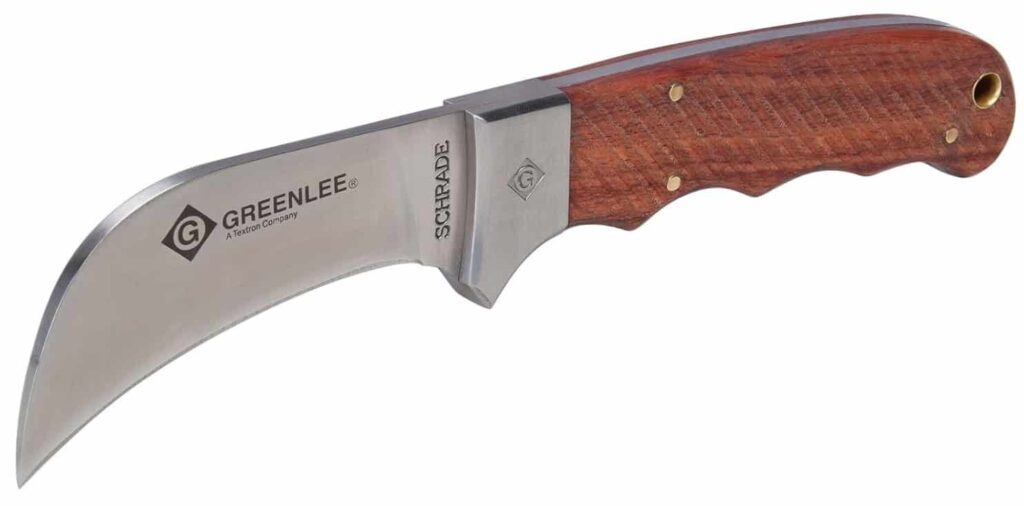
Karambit
The Karambit is a striking and deadly dagger that originated in Southeast Asia. It is characterized by its distinctive curved blade and ergonomic handle that resembles a tiger’s claw. This design makes it an exceptional weapon for close-quarters combat and self-defense, as it allows for a variety of slashing and hooking motions. The Karambit is often decorated with intricate details and craftsmanship.
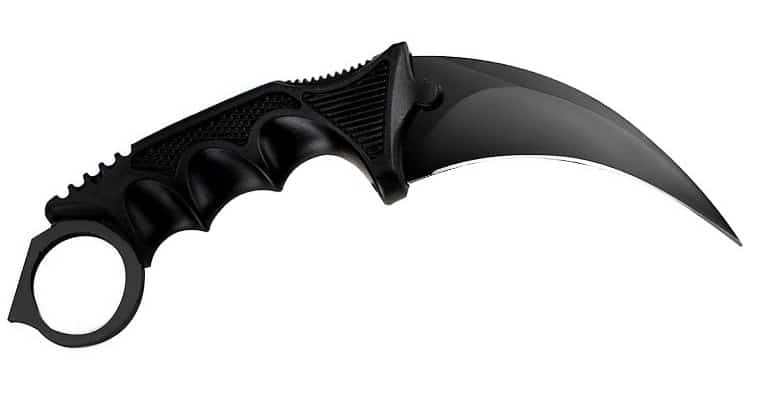
Neck Knife
A neck knife is a compact and discreet dagger that is designed to be worn around the neck. It is often small and has a sharp blade, making it ideal for self-defense and various everyday cutting tasks. Its concealability and portability make it a popular choice for those who prioritize personal safety without compromising comfort or convenience. Whether worn as a backup tool or an essential accessory, the neck knife offers a practical and unobtrusive solution for a range of situations.
Seax Knife
The Seax is a versatile blade that originated from Germanic tribes and was later adopted by the Anglo-Saxons. It has a single-edged, straight or slightly curved blade, often with a distinct swelled or lobed tip. Seax knives come in various sizes, from small utility tools to longer weapons suitable for combat. They were used for a range of tasks, including hunting, farming, and combat, showcasing their practicality and cultural significance.
Sgian Dubh
The Sgian-dubh is a traditional Scottish knife with a rich history. It is worn as part of traditional Highland dress, often tucked into the top of a sock, with only the hilt visible. The name “Sgian-dubh” translates to “black knife” in Scottish Gaelic, referring to the dark handle that is typically made from materials like wood, horn, or antler. The Sgian-dubh served as a practical utility knife, but it also became a symbol of heritage and tradition.
Survival Knife
The survival knife is a versatile tool designed to be a steadfast companion in the harshest of environments. It has a sturdy fixed blade, serrated edge, and often includes a range of practical features. This knife is not merely for combat; it is a lifeline in the wilderness. It can be used for shelter building, food preparation, fire-starting, and more.
Tactical Knife
The tactical knife is a purpose-driven tool that is crafted for both combat and utility. It is characterized by its precision engineering and ergonomic grip. Tactical knives typically have a fixed or folding blade, and some may also have a partially serrated edge. This makes them well-suited for quick deployment in critical situations. Tactical knives reflect the mindset of those who value preparedness, making them an essential tool for law enforcement, military personnel, and outdoor enthusiasts.
Trench Knife
The trench knife is a knife that was designed for close combat during World War I. It has a distinctive knuckleduster-style hilt and a reinforced blade, which makes it a versatile weapon that can be used for both offense and defense.
Maces: Crushing Force in Melee
Maces, embodying blunt force, feature heavy heads designed to crush and overpower opponents. From flanged maces with protruding spikes to morning stars with spiked balls, these melee weapons excel at breaking armor and bones. Their ability to deliver powerful blows in close combat makes maces favored for their bone-crunching impact.
Flanged Mace
The flanged mace is a powerful weapon that combines brute force with effective design. It has a striking head with metal flanges that are often shaped like pointed spikes. These flanges enhance the impact force of the mace, making it an effective weapon against armored opponents. The flanged mace is a weapon of choice on the battlefield, as it can shatter bones and pierce armor with each swing.
Morning Star
The morning star is a weapon that combines blunt force and piercing capabilities. It consists of a spiked ball attached to a handle, and its name is derived from its resemblance to the morning star constellation. The spikes on the ball are designed to pierce armor and deliver puncturing blows, while the weight of the ball can crush bones and incapacitate foes.
Spiked Mace
The spiked mace is a weapon that uses sharp spikes to focus the force of impact, making it a devastating weapon against armored opponents. It has a solid striking head adorned with sharp spikes, which not only augments the mace’s destructive power but also enhances its armor-piercing capabilities. With each swing, the spikes focus the force of impact onto a smaller surface area, allowing the weapon to penetrate armor and inflict severe trauma. The spiked mace’s design is intended to deliver grievous wounds and incapacitate adversaries swiftly.
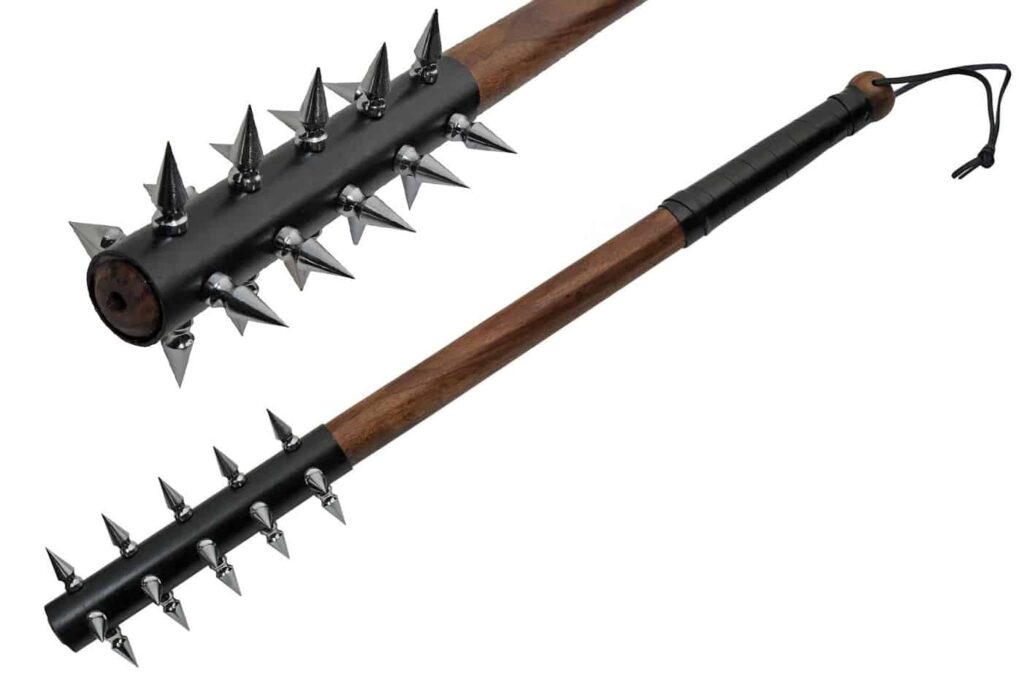
Studded Mace
The studded mace is a weapon that combines style and effectiveness. It has a striking head with evenly spaced metal studs, which not only enhances its visual appeal but also serves as points of focus during combat. The studs concentrate the force of impact, allowing for more focused strikes against armor and adversaries. The studded mace is designed to combine blunt force trauma with the capacity to puncture armor and deliver piercing blows.
Chain Weapons: Flexibility in Battle
Chain weapons, renowned for flexibility, encompass unique tools connected by chains or ropes. From nunchaku’s agility to the meteor hammer’s lethal unpredictability, these melee weapons allow intricate maneuvers and surprise attacks. With versatility in close and mid-range combat, chain weapons offer a blend of reach and adaptability.
Chain Whip
The chain whip is a weapon that combines finesse and mastery. It is a dynamic tool for both offense and defense, with a flexible chain that allows for intricate maneuvers. The user can strike with precision from a distance or disarm opponents with deft flicks. The chain whip demands skilled technique, making it a weapon of choice for those who seek to outmaneuver their adversaries.
Chigiriki
The chigiriki is a Japanese martial weapon that combines the raw impact of a weighty iron ball with the fluidity of a chain. It consists of a solid, weighted sphere attached to a chain, with a handle at the other end. The wielder can use the chain to control the movements of the sphere, striking with swift rotations and deft strikes. The chigiriki is a potent tool for disrupting an opponent’s defenses and exploiting openings in combat.

Double Chain Dart
The double chain dart is a weapon that combines accuracy and surprise. It has two slender chains that extend from a central grip, each terminating in a sharp dart. This setup allows the user to simultaneously unleash a pair of projectiles, forcing adversaries to contend with dual threats. The double chain dart is an ideal choice for those who value speed and dexterity in combat, leveraging the element of surprise to gain an upper hand.
Kusari-fundo
The kusari-fundo is a Japanese weapon consisting of a length of chain with a weighted object attached to one end. It is a simple weapon, but it can be very effective in skilled hands. The kusari-fundo can be used to strike, trap, and disarm opponents. It can also be used to entangle an opponent’s weapon or clothing, making them vulnerable to attack.
Kusarigama
The kusarigama is a Japanese weapon that combines a sickle-like blade with a weighted chain. It is a versatile weapon that can be used for both offense and defense. The sickle’s curved blade can be used to slash or hook opponents, while the chain can be used to entangle or disarm them. A skilled practitioner can use the kusarigama to control the distance between themselves and their opponent, and to create openings for attack.
Kyoketsu Shoge
The kyoketsu shoge is a Japanese weapon that combines a concealed blade with a length of chain. It is a versatile weapon that can be used for both offense and defense. The sharp, hooked blade can be used to ensnare or disarm opponents, while the chain can be used to strike or control the distance between the user and the opponent.
Meteor Hammer
The meteor hammer is a weapon that combines elegance and ferocity. It consists of two weighted balls connected by a flexible chain. The wielder uses the centrifugal force of the spinning balls to deliver powerful, unpredictable strikes. The meteor hammer is a dynamic weapon that can be used to create a visual spectacle as well as to inflict damage.
Nine-Section Whip
The nine-section whip is a flexible weapon consisting of multiple sections of chain. Each section of chain allows for fluid movement, making it an impressive weapon in the hands of a skilled practitioner. It can be used to control, entangle, and disarm opponents, making it effective for both offense and defense. The segmented design also allows for compact storage and quick deployment, adding to its tactical advantage.
Nunchaku
The nunchaku is a traditional Okinawan weapon consisting of two sticks connected by a chain or rope. It was originally used as a farming tool, but it is now more commonly associated with martial arts. The nunchaku is a versatile weapon that can be used for both offense and defense. It is characterized by its speed and maneuverability, making it suitable for rapid strikes, blocks, and joint locks. Its compact design also makes it easy to conceal. Nunchaku techniques emphasize fluid motions, making it a dynamic and captivating weapon to wield.
Sansetsukon
The sansetsukon is a three-sectioned staff connected by chains or ropes. It is a versatile weapon that can be used for both offense and defense. The length of the staff gives the user enhanced reach, while the segmented structure allows for a range of striking and blocking techniques. Practitioners can spin, swing, and thrust the sections to create a barrier of defense or unleash powerful offensive moves.
Single-Ball Flail
The single-ball flail is a weapon consisting of a spiked ball attached to a handle by a chain. The chain allows the user to swing the ball with great force, increasing the impact of the strike. The spiked ball’s weight also contributes to its hitting power, making it effective against armored opponents. The flail’s unpredictable movements can make it difficult for opponents to block or evade attacks, making it a formidable choice in battle.
Three-Ball Flail
The three-ball flail is a weapon that consists of three spiked balls attached to a handle by chains. It is a variant of the single-ball flail, and its unique design increases the weapon’s complexity and offers greater potential for disrupting an opponent’s defenses. The three spiked balls can create a web-like pattern when in motion, making it challenging for adversaries to anticipate or evade strikes. The three-ball flail’s intricate movements require skillful coordination, making it an intriguing and unpredictable weapon in combat.
Two-Ball Flail
The two-ball flail is a weapon that consists of two spiked balls attached to a handle by chains. It is a variation of the single-ball flail, and its configuration offers a balance between the power of a single-ball flail and the complexity of a three-ball flail. The two spiked balls can be used for striking, blocking, and entangling an opponent’s weapons. The dual-ball setup allows for creative and deceptive movements, making the two-ball flail an adaptable weapon in various combat scenarios.
Hammers: Raw Power in Action
Hammers, epitomizing raw force, feature blunt heads designed for crushing impact. Whether as war hammers for piercing armor or sledgehammers for devastating blows, these melee weapons are favored for their sheer power. Hammers excel at breaking bones and barriers, establishing themselves as essential tools for formidable warriors.
Lucerne Hammer
The Lucerne hammer is a polearm that combines the attributes of a hammer, a pick, and a spear. It is a versatile weapon that can be used for both crushing and piercing attacks. The hammerhead typically has a squared face for impacting armor and a pointed pick on the reverse side, capable of breaching defenses and causing significant damage.
The Lucerne hammer originated in the late medieval period and became popular among European warriors for its effectiveness against heavily armored opponents. Its design allowed knights and foot soldiers alike to adapt to various combat scenarios, delivering powerful strikes and exploiting weaknesses in enemy armor.

Maul
The maul is a heavy, two-handed hammer designed for delivering devastating blows. It features a massive striking head with a blunt face, often squared or slightly rounded. The weight of the maul and the force generated by the wielder make it a fearsome tool for crushing armor, shields, and bones.
The maul is not a sharp weapon, but it relies on sheer force to incapacitate opponents and break through defenses. It was commonly used in sieges and close combat, and its impact was often enough to knock adversaries off balance, making them vulnerable to follow-up attacks.
War Hammer
The war hammer is a versatile close-combat weapon designed for precision and efficiency. It features a compact yet powerful striking head, often resembling a hammer, with a flat or slightly convex face on one side and a spike or pick on the other. This combination allows the wielder to choose between delivering blunt-force trauma or exploiting weak points in armor.
The spike can pierce through gaps in armor or strike with pinpoint accuracy, while the hammer face can deliver concussive blows capable of incapacitating opponents. War hammers were used by knights and foot soldiers during the medieval period and beyond, adapting to changing armor and battlefield tactics.
Polearms: Extended Reach in Combat
Polearms, masters of reach, encompass a variety of weapons mounted on long shafts. From the spear’s precision thrusts to the halberd’s versatile blade and point combination, polearms offer extended reach and strategic control. These melee weapons excel in formations and open combat, enabling warriors to keep adversaries at bay.
Bardiche
The bardiche is a polearm known for its sweeping blade and versatility in battle. It features a broad, curved blade resembling an elongated axe head, making it effective at both chopping and thrusting actions. Its extended handle allows for powerful strikes from a distance, making it effective against armored opponents and infantry alike.

Billhook
The billhook is a polearm with a hooked blade that is used for a variety of purposes on the battlefield. It is primarily used for pulling opponents off their mounts, dismounting cavalry, or tripping foes. The billhook’s sharp, curved blade can also be used for slashing and hooking attacks. Its combination of cutting and hooking abilities makes it a versatile weapon for close combat and strategic maneuvering.

Dangpa
The dangpa is a traditional Korean polearm with a distinctive crescent-shaped blade. It is designed for swift, sweeping strikes that can sweep enemies off their feet or disarm them with ease. The dangpa’s long handle and curved blade allow for effective slashing and hooking maneuvers, making it a powerful and dynamic weapon in the hands of a skilled warrior.

Fauchard
The fauchard is a polearm characterized by its curved blade with a single cutting edge. It is a versatile weapon that combines the attributes of a polearm and a cutting implement, making it capable of slashing attacks that can cleave through armor and weaponry.
The fauchard’s design varies, with some versions featuring serrated edges or spikes for added versatility. The serrated edges can saw through armor, while the spikes can be used to hook and disarm opponents. The fauchard’s sweeping motions and cutting abilities make it a formidable weapon for battlefield engagement and maintaining control over the melee.
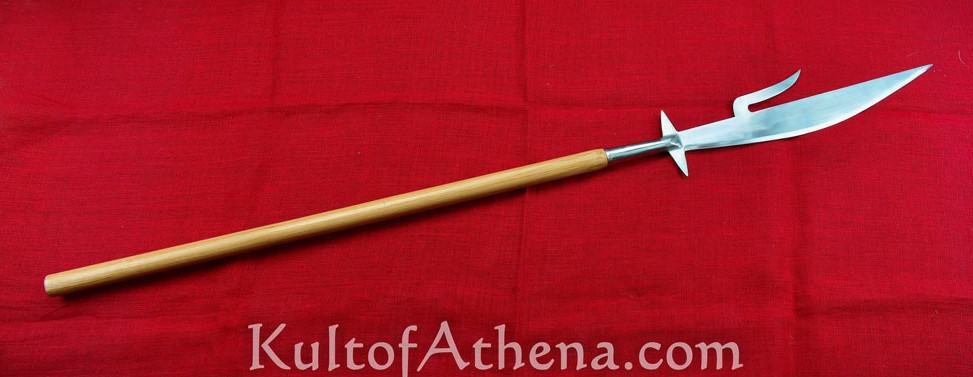
Glaive
The glaive is a polearm with a single-edged, curved blade mounted on a long shaft. It is a versatile weapon that can be used for both slashing and thrusting attacks, making it suitable for both infantry and cavalry combat.
The glaive’s elongated reach and ability to deliver powerful sweeping attacks make it ideal for engaging multiple opponents and maintaining distance from adversaries. The curved blade can also be used to hook and disarm opponents, while the long shaft can be used to block or parry attacks.
The glaive’s combination of cutting edge and polearm tactics makes it a formidable weapon on the battlefield. It was used by European warriors from the 12th to the 16th centuries, and it was also adopted by some Asian cultures.
Guisarme
The guisarme is a polearm distinguished by its hook-shaped blade mounted on a long pole. It is a versatile weapon that can be used for both cutting and hooking, making it suitable for a variety of combat situations.
The guisarme’s hook can be used to disarm opponents, pull them off balance, or entangle their weapons. The blade can be used to deliver powerful slashing strikes, and the long pole can be used to keep opponents at a distance.
The guisarme’s design makes it an effective tool for disrupting formations, engaging cavalry, and adapting to the changing dynamics of battle. It was used by European warriors from the 12th to the 16th centuries, and it was also adopted by some Asian cultures.

Halberd
The halberd is a polearm characterized by its combination of various blade elements, including an axe head, a spear point, and a hook or spike. It is a versatile weapon that excels at thrusting, cutting, and hooking, offering a versatile approach to combat.
The halberd’s long shaft and weighted head give it a significant reach advantage over other weapons, making it effective against both mounted and foot soldiers. The axe head can be used to chop through armor and flesh, the spear point can be used to pierce armor, and the hook or spike can be used to disarm or entangle opponents.
The halberd’s versatility and adaptability made it a popular weapon among European warriors from the 14th to the 17th centuries. It was used by infantry, cavalry, and even archers, and it was considered to be one of the most effective weapons of the era.
Kontos
The kontos is a long, thrusting polearm known for its power, reach, and versatility. Originating from the Byzantine Empire, the kontos features a substantial spearhead and an extended shaft, enabling its wielder to deliver devastating thrusts from a distance or to use it as a quarterstaff in close quarters.
Used primarily by heavy cavalry, the kontos’s design grants it the advantage of striking opponents before they can close in, effectively disrupting enemy formations and overpowering adversaries. The kontos was a popular weapon among Byzantine cavalrymen from the 4th to the 12th centuries.
It was also used by some European and Middle Eastern cultures. The kontos’s long reach and powerful thrust made it an effective weapon against both infantry and cavalry. It could also be used to deflect or block enemy attacks.
Lance
The lance is a polearm characterized by its long shaft and pointed spearhead. It is designed for use by mounted knights and cavalry, and its primary purpose is to deliver powerful charging thrusts from horseback. The lance’s extended reach allows mounted warriors to engage opponents before they come within striking distance, making it a symbol of medieval cavalry warfare and charging formations.
The lance was a vital weapon for mounted knights and cavalrymen from the 11th to the 17th centuries. It was used to pierce through armor and impaling enemies, and its long reach gave mounted warriors a significant advantage over their opponents. The lance was also used to disrupt enemy formations and create openings for other troops to exploit.
Naginata
The naginata is a traditional Japanese polearm characterized by its curved, single-edged blade mounted on a long shaft. It is a versatile weapon that can be used for both cutting and thrusting attacks, as well as blocking and parrying.
The naginata is primarily associated with female samurai and onna-musha (women warriors), but it was also used by men. It was a popular weapon in Japan from the Heian period (794-1185) to the Edo period (1603-1868).
The naginata’s long reach and curved blade made it an effective weapon for keeping opponents at a distance. The curved blade could also be used to sweep through multiple opponents, making it a useful weapon for crowd control.
Ox-Tongue Spear
The Ox-Tongue Spear is a polearm characterized by its distinctive leaf-shaped blade, which resembles the tongue of an ox. This blade design provides a balance between piercing power and slashing capability, making it a versatile weapon for both infantry and cavalry.
The Ox-Tongue Spear’s sturdy shaft allows for effective thrusting, while the broad blade delivers potent slashing attacks. The spear’s long reach gives it a significant advantage in close combat, and its versatility makes it a valuable asset in a variety of formations.
The Ox-Tongue Spear was used by a variety of cultures throughout history, including the Swiss, the French, and the Japanese. It was a popular weapon in the Middle Ages, and it continued to be used in some parts of the world until the 19th century.
Pike
The pike is a long and imposing polearm designed for use in formations and defensive tactics. Characterized by its extended reach, the pike typically measures around 15 to 25 feet in length. It features a narrow, pointed head that excels in thrusting attacks against charging cavalry and infantry. Pikes were historically used by tightly packed infantry formations to create a formidable barrier against enemy charges, making it an essential weapon in medieval warfare.
Pike formations were typically arranged in tight rows, with each soldier’s pike overlapping the one in front of him. This created a wall of pikes that was difficult for cavalry or infantry to penetrate. Pike formations were often used to defend chokepoints, such as bridges or gates, or to protect the flanks of an army.

Poleaxe
The poleaxe is a versatile polearm with a combination of different weapon features, typically including an axe blade, hammer head, and often a spike. This multi-functional design allows the poleaxe to be effective against various types of armor and opponents.
The axe blade can cleave through armor or flesh, the hammer head can deliver powerful blunt force trauma, and the spike is suitable for thrusting attacks. The poleaxe was a favored weapon among knights and foot soldiers alike, as it could be used to effectively engage both heavily armored and lightly armored opponents.
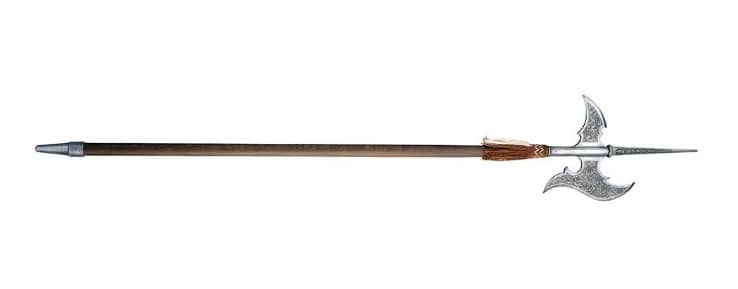
Pudao
The Pudao is a Chinese polearm that merges the characteristics of a spear and a blade. It has a curved, single-edged blade mounted on a long pole, which gives it a unique combination of reach and cutting power.
The Pudao’s curved blade is ideal for slashing attacks, and it can also be used to deliver powerful thrusts. The long pole allows the user to keep their opponents at a distance, making it an effective weapon against both cavalry and foot soldiers.
Ranseur
The ranseur is a polearm with a unique design, featuring a tri-bladed head. The head typically consists of a central spike flanked by two shorter prongs, which gives it a unique combination of reach, thrusting power, and hooking ability.
The central spike is effective for thrusting attacks, while the prongs can trap an opponent’s weapon or clothing. This configuration makes the ranseur a versatile weapon that can be used for both offensive and defensive purposes.

Sarissa
The sarissa is an ancient Macedonian pike renowned for its exceptional length, often measuring around 18 to 20 feet. This extended reach allowed Macedonian phalanx formations to dominate the battlefield by keeping opponents at a distance.
The sarissa’s long wooden shaft and pointed head made it ideal for thrusting attacks, effectively neutralizing enemy cavalry charges and infantry advances. The sarissa played a crucial role in Alexander the Great’s conquests and battles. The sarissa was a vital weapon for the Macedonian phalanx, a tightly packed formation of infantrymen armed with sarissas.
The long reach of the sarissas allowed the phalanx to keep even the most heavily armored cavalry at bay. The sarissas were also effective against infantry, as they could be used to pierce armor or flesh.
Sasumata/Sodegarami
The sasumata is a unique Japanese polearm equipped with a forked head and attached chains or ropes. It is a non-lethal weapon that was originally designed for capturing and restraining criminals. The forked head can be used to entangle and control opponents, making it effective for subduing without causing fatal harm.
The sasumata was used by the samurai class and their retainers in feudal Japan. It was also used by police officers and other law enforcement personnel. It could be used to disarm opponents, control their movements, and engage in close-quarters combat without lethality.
Sovnya
The sovnya is a polearm weapon that originated in Eastern Europe, particularly in Russia and Ukraine. Its distinguishing feature is the curved, single-edged blade that extends from the top of a long shaft. Similar in appearance to a scythe, the sovnya was used both as a weapon and a tool for agricultural tasks. Its design allowed for powerful sweeping attacks and slashes, making it effective against both mounted and infantry opponents. The sovnya’s combination of reach and cutting power contributed to its role on the battlefield.
Spear
The spear is one of the most ancient and versatile polearms, consisting of a long shaft with a pointed head. Its design varies across cultures and historical periods, with variations like the pike, javelin, and lance. Spears were used for thrusting attacks, and their length provided a reach advantage in formations. They could be thrown as projectiles or wielded in close combat.
Svärdstav
The svärdstav (Swedish for “sword staff”) is a Scandinavian polearm that combines the features of a sword and a staff. It features a blade attached to a long shaft, enabling both cutting and thrusting attacks. This unique weapon was particularly useful in formations, allowing the wielder to engage opponents at different ranges. The svärdstav showcased the adaptability of Scandinavian warriors who favored tools that could fulfill multiple combat roles.

Trident
The trident is a polearm weapon characterized by its three-pronged head. Often associated with aquatic symbolism, the trident has been used in various cultures for combat, ceremonial purposes, and as a royal or religious symbol. Its design allows for thrusting, hooking, and entangling movements, making it effective in close-quarters combat as well as for capturing adversaries.
Voulge
The voulge is a medieval European polearm with a curved blade attached to a long wooden shaft. It is a type of guisarme, which is a family of polearms that typically have a curved blade and a hook. The voulge’s blade is typically longer and more curved than other guisarmes, and it has a sharp point. This gives the voulge a unique combination of cutting, slashing, and hooking capabilities.
The voulge was used by infantrymen and cavalrymen throughout Europe from the 13th to the 16th centuries. The voulge’s curved blade was effective against armored opponents, and its hook could be used to dismount cavalrymen. The voulge was also effective in close-quarters combat, and it could be used to slash, stab, and hook opponents.
War Scythe
The war scythe is a polearm weapon created by repurposing the agricultural scythe for combat purposes. The scythe blade is attached to a long shaft, which allows warriors to deliver sweeping cuts and slashes. The war scythe was particularly popular during periods of peasant uprisings, as it provided farmers with a tool they were familiar with and could use for self-defense.
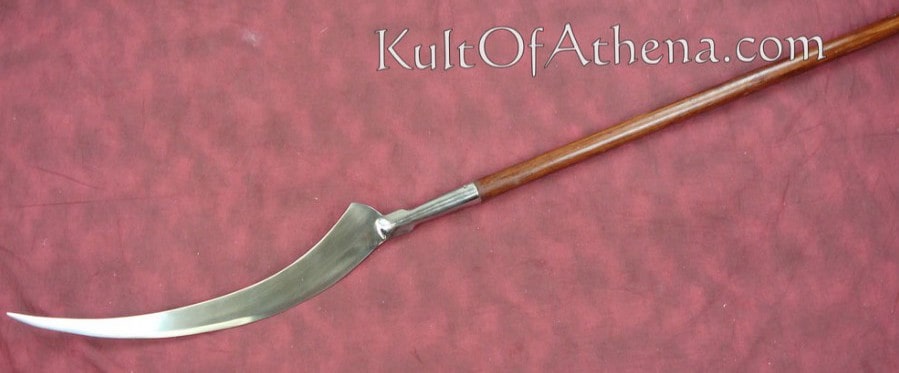
Yari
The yari is a Japanese spear that has been used for centuries. It features a straight blade attached to a long shaft, and its design is often characterized by its versatility and effectiveness in various combat scenarios. The yari excelled at thrusting attacks, with the blade’s shape allowing for puncturing armor and inflicting deep wounds. Different variations of the yari served specific roles in warfare and martial arts, making it a staple among Japanese polearms.
Axes: Utility and Aggression Combined
Axes, embodying utility and aggression, come in various designs for cutting, cleaving, and chopping. From the swift tomahawk to the powerful battle axe, these melee weapons combine strength with versatility. Favored for their ability to hack through enemies and aid in various tasks, axes are essential tools for warriors.
Battle Axe
The battle axe is a formidable two-handed weapon that strikes fear into the hearts of foes on the battlefield. Its defining feature is its robust, wide, and often double-edged blade that’s designed to cleave through armor and adversaries alike. With a balanced construction, the battle axe delivers powerful, sweeping blows that can disable opponents swiftly. Its imposing appearance, coupled with its effectiveness in close combat, makes it a favored choice among warriors seeking a weapon that combines cutting force with versatility.
Bearded Axe
The bearded axe gets its name from the distinctive shape of its blade, which resembles the curve of a beard. This design feature gives it an enhanced hooking ability, allowing it to both cut and catch opponents’ weapons or limbs. The bearded axe typically has a sharp edge on one side and a hooked edge on the other, which allows it to deliver devastating strikes and unbalance adversaries by capitalizing on its unique geometry. As a result, it has become a favored weapon for those who appreciate the advantage of both cutting and hooking techniques in combat.
Dane Axe
The Dane axe is a historical weapon associated with Viking warriors. Characterized by its long wooden haft and large, heavy axe head, it’s a symbol of the Viking’s fearsome reputation on the battlefield. The extended reach provided by the lengthy handle allows the wielder to strike with remarkable force and maintain distance from opponents. The Dane axe’s brutal effectiveness in both offense and defense made it a valuable tool in Viking warfare.
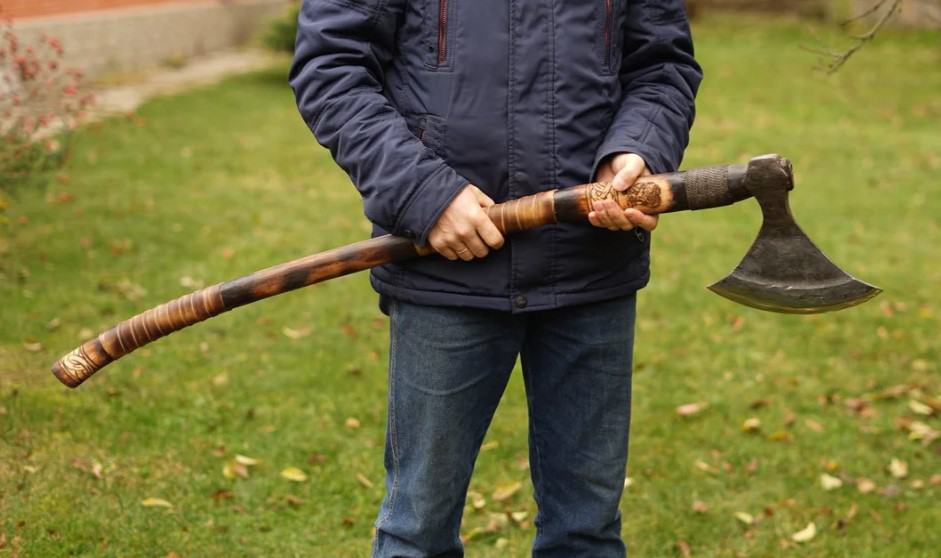
Executioner’s Axe
The executioner’s axe is a chilling symbol of its grim purpose. Designed specifically for beheadings, this axe features a massive, broad blade that ensures a swift and clean cut through the neck. Its weight and geometry are optimized to deliver a single, powerful blow that efficiently severs the spinal cord and arteries.
Francisca
The francisca is a unique throwing axe that hails from the Frankish warriors. With its curved blade and short handle, it is perfectly balanced for throwing accurately and with force. The francisca’s design allows it to rotate in midair, increasing its chances of striking an opponent with its edge. This versatile weapon was effective both as a ranged projectile and as a close-combat tool in the hands of skilled warriors.

Hand Axe
The hand axe, also known as the hatchet, is a compact one-handed axe designed for versatility and convenience. With a shorter handle and a narrow blade, it excels at tasks such as chopping wood, clearing obstacles, and even combat. Its manageable size allows for swift strikes, and its lightweight nature makes it suitable for carrying on journeys or in battle. The hand axe’s practicality and ease of use have made it a favored tool for those who value both utility and self-defense.
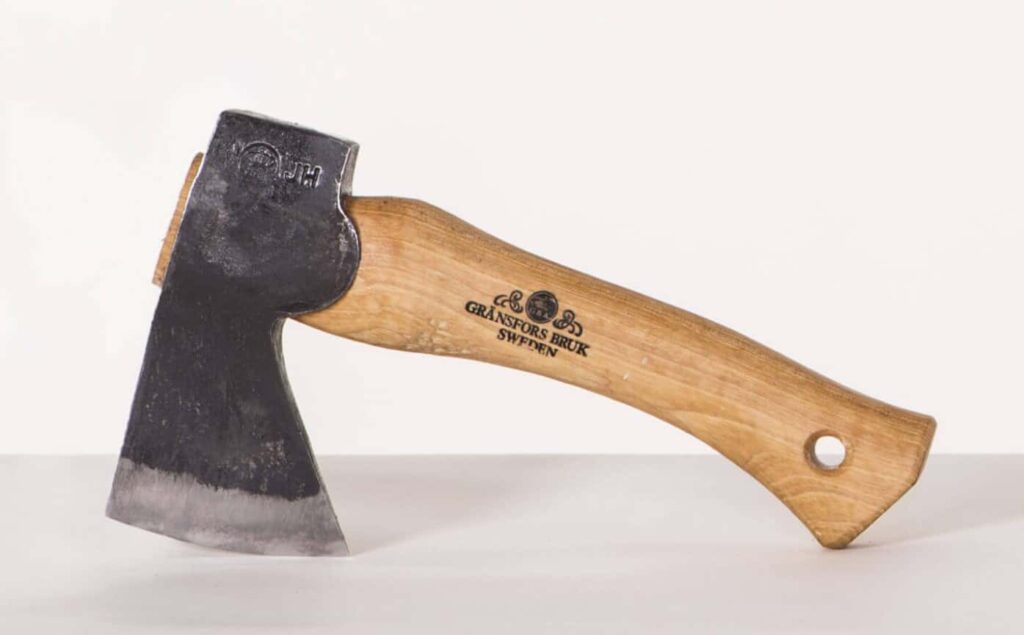
Horseman’s Axe
The horseman’s axe is a polearm weapon that is tailored for the needs of cavalry soldiers. It has a shorter handle than traditional axes, which allows riders to wield it effectively while mounted on horseback. Its compact size does not compromise its striking power, making it a valuable asset for charges, strikes, and swift attacks.
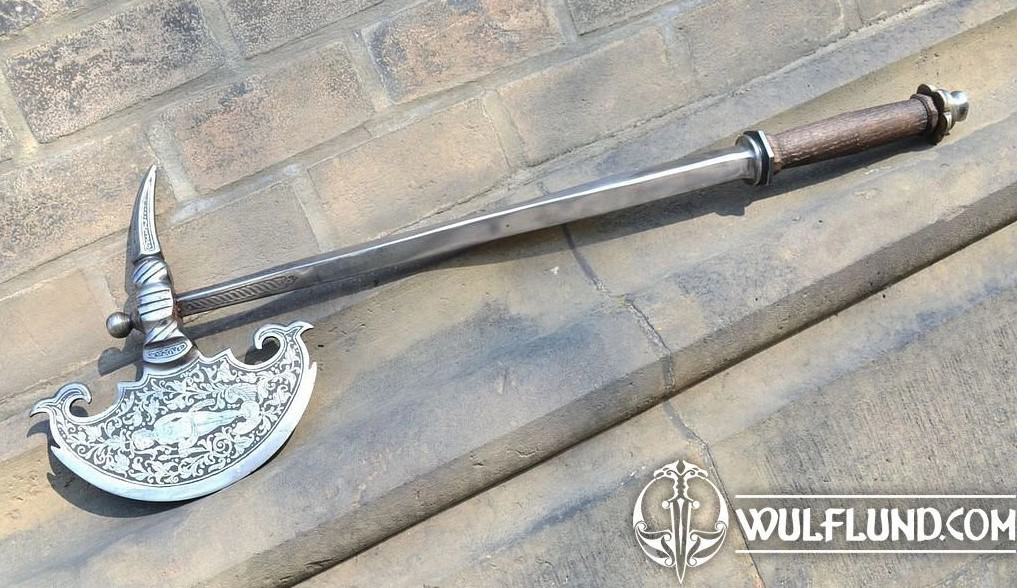
Labrys
The labrys is a double-headed axe with a rich historical significance. Often associated with ancient Minoan culture, this formidable weapon features two crescent-shaped blades attached to a sturdy handle. The labrys embodies a symbol of power and authority, representing strength and might. Used both in ceremonial contexts and as a practical weapon, the labrys commands attention with its imposing appearance.
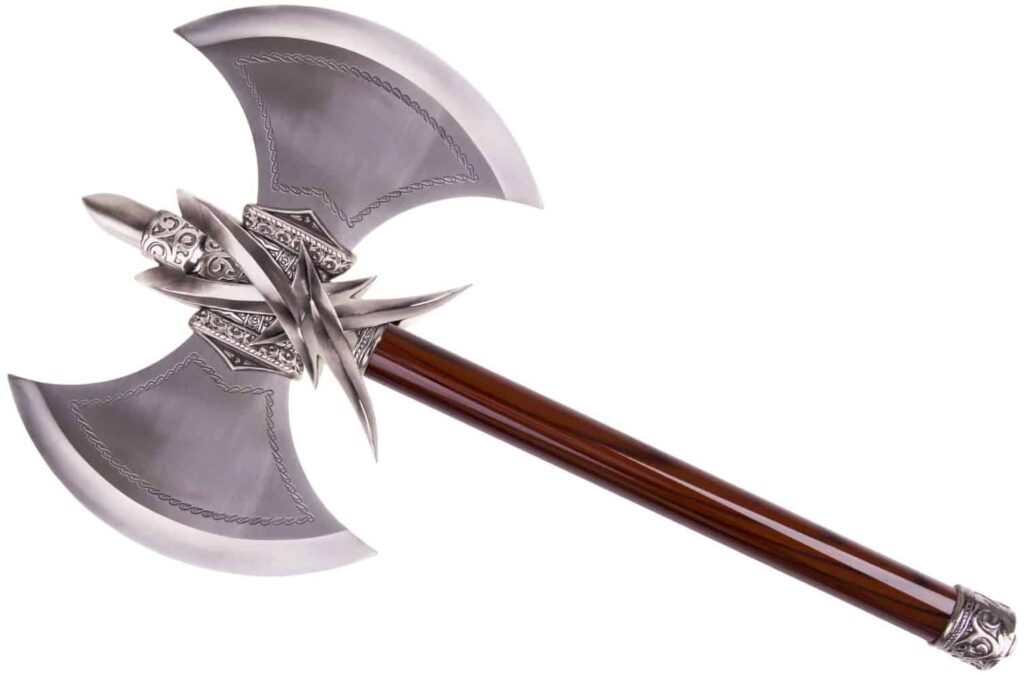
Mammen Axe
The Mammen axe is a relic of Viking heritage that bears testament to the ingenuity of Norse craftsmanship. The axe is characterized by its intricately detailed patterns and ornate design, which showcase the aesthetic sensibilities of the Viking era. The axe features an elongated cutting edge and a curved blade, making it a formidable weapon.
Nzappa Zap
The Nzappa Zap is a unique African throwing axe that hails from the Central African region. Featuring a distinctive forked design, the Nzappa Zap is crafted to be hurled with precision. Its dual blades provide increased chances of sticking into targets, making it an efficient tool for both hunting and combat.
Sparth Axe
The sparth axe is a versatile weapon that originated from the early medieval period. It is characterized by its relatively straight blade and long handle, which make it well-suited for delivering powerful cleaving blows and strikes. The sparth axe’s utilitarian design makes it effective in close combat.
Tomahawk
The tomahawk is a versatile hand-held axe that is synonymous with Native American culture. It is characterized by its combination of a blade and a spike on opposite sides, which makes it an adaptable tool for a range of applications. The tomahawk can be used for both throwing and close-quarters combat, making it a valuable weapon for survival, hunting, and self-defense.
Zaghnal
The zaghnal is an Indian battle axe that reflects the aesthetics and craftsmanship of the Indian subcontinent. Characterized by its distinct shape, the zaghnal features a curved blade that resembles a crow’s beak and often showcases ornate embellishments, such as animal heads or geometric patterns.
Shields: Guardian of Defense in Melee
Shields, essential for defense, are melee tools designed to protect warriors from attacks. From small bucklers for quick parries to large tower shields for comprehensive protection, these tools offer barriers against projectiles and blows. In combat, shields are invaluable for providing safety and defense.
Adarga
The adarga is a Moorish shield known for its distinctive shape and craftsmanship. It is typically made of leather, but it can also be made of wood or metal. The adarga features a convex surface with a slightly elongated form, which makes it well-suited for deflecting blows. The adarga is often elaborately decorated with intricate patterns and designs, which reflects the artistic heritage of the Moorish people.Its light weight and versatility made it well-suited for swift maneuvers and protection against attacks.
Aspis
The aspis, also known as the hoplite shield, is a large, round shield used by ancient Greek warriors. Typically made from wood and covered with a layer of bronze, it features a curved surface that offers excellent coverage for the user. The aspis played a crucial role in the famous formation known as the phalanx, where warriors would interlock their shields to form a solid defensive wall. This shield was an essential part of the Greek hoplite’s equipment, providing protection and aiding in the coordinated movements of battle.
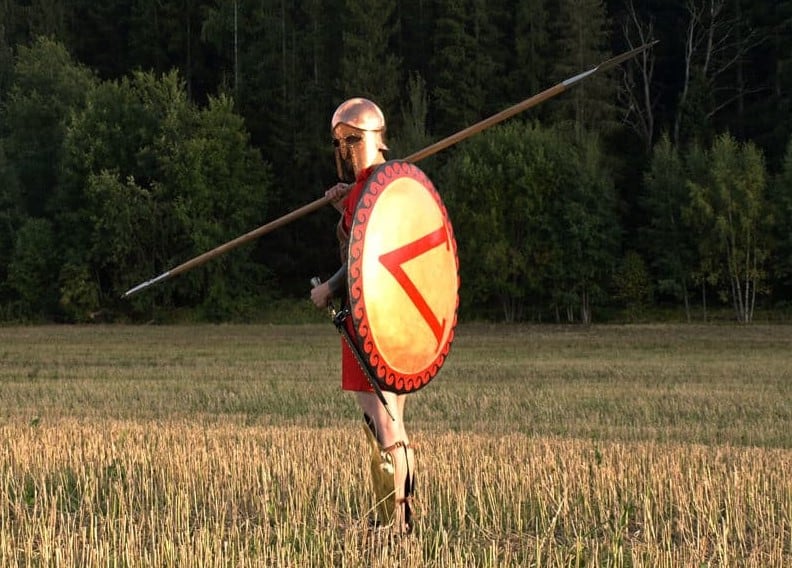
Buckler
The buckler is a small, round shield commonly used during the medieval period. It is typically made of wood or leather, but it can also be made of metal. The buckler is designed to be held in one hand, leaving the other hand free for weapon use. The compact size of the buckler allows for quick and precise defensive movements, making it popular among duelists and those engaged in close combat. It can be used for blocking, parrying, and even striking opponents.
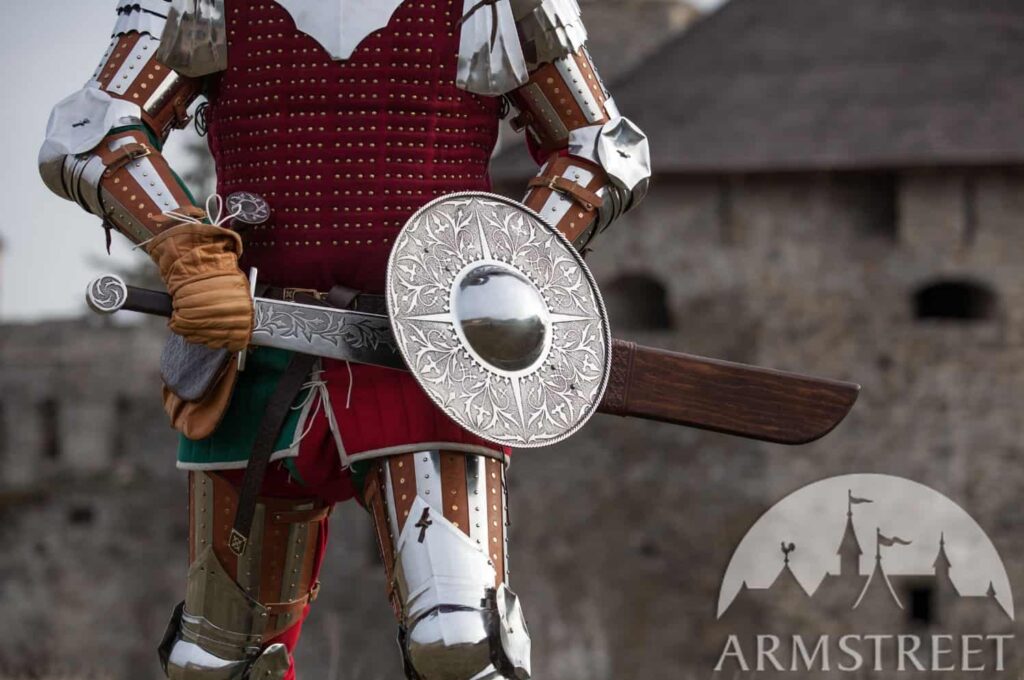
Buckler Gauntlet
The buckler gauntlet is a unique weapon that combines the functionality of a buckler shield with a protective gauntlet. This one-handed weapon consists of a small shield that is attached to a gauntlet or armored sleeve. The buckler gauntlet provides enhanced defense for the forearm and hand, while also allowing the user to deflect attacks and maintain a firm grip on their weapon.
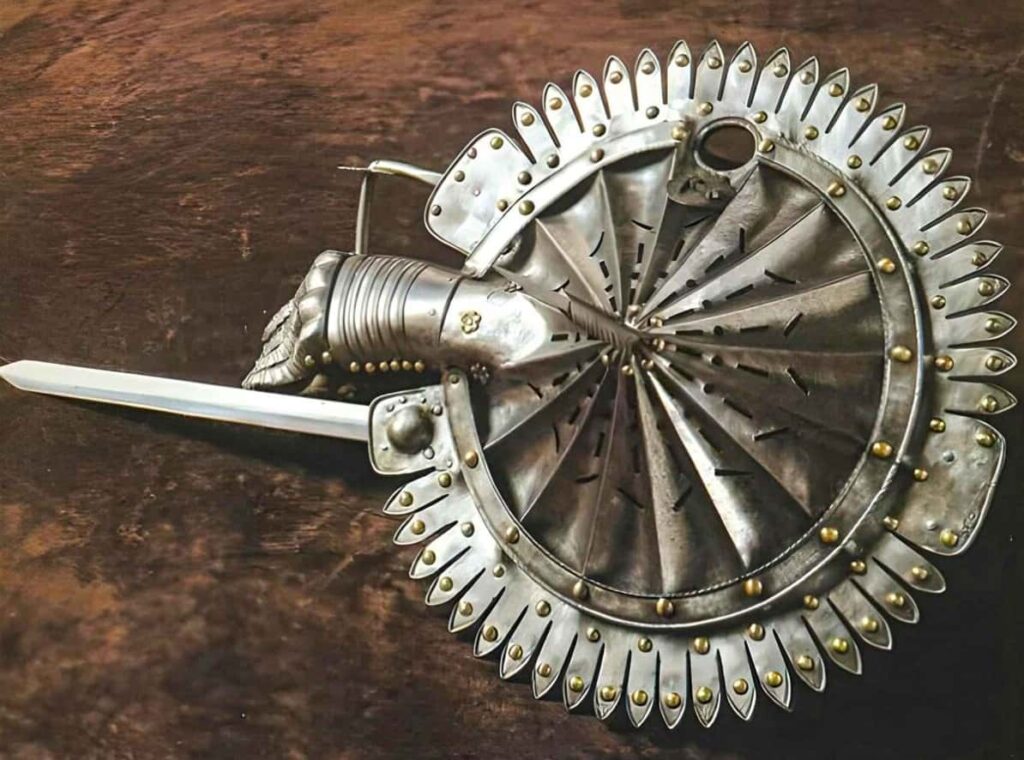
Cavalry Shield
The cavalry shield is a shield specifically designed for mounted warriors. Its shape and size may vary, but it is often larger than infantry shields to provide greater coverage for both the rider and horse. The cavalry shield is designed to protect its bearer from enemy projectiles and attacks while offering mobility and ease of use. It may feature straps or grips that allow the rider to secure it to their arm or hold it against their body while wielding a weapon.
Dhal
The dhal is a round shield originating from the Indian subcontinent. It is typically made of leather or metal, and it features a convex shape that provides effective defense against various types of attacks. The dhal is often adorned with intricate designs, and it sometimes has a central boss to deflect blows. It was used by warriors in various regions and cultures, including India, Pakistan, and parts of the Middle East.
Heater Shield
The heater shield is a medieval European shield characterized by its distinctive heater-shaped design, with a tapered point at the top and rounded sides. It was made from wood and covered with leather or metal, and it was designed to protect the body while allowing the user to maneuver effectively. The heater shield was often used by knights and foot soldiers during the Middle Ages and provided a good balance between protection and versatility.
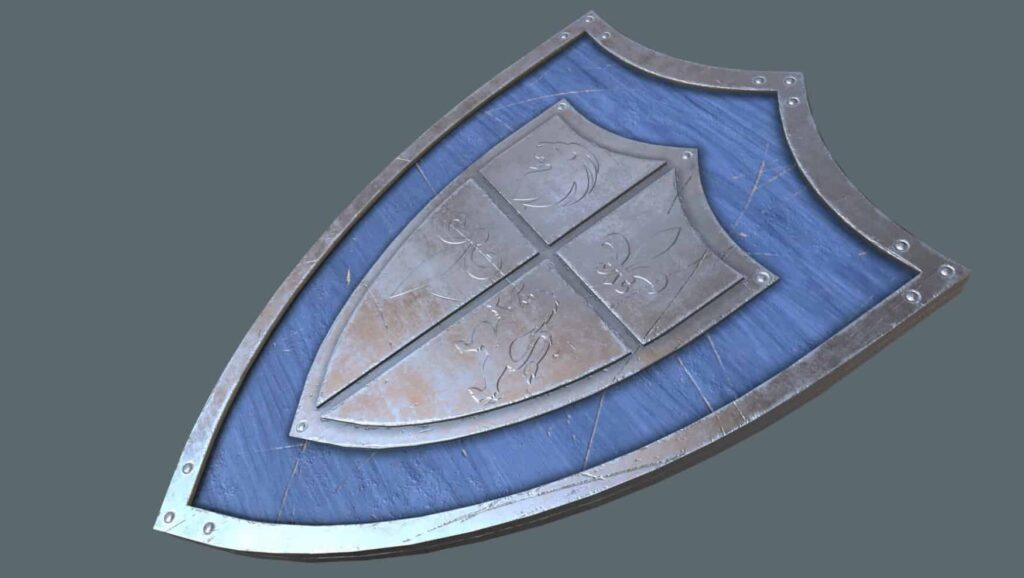
Kite Shield
The kite shield is a type of medieval European shield named for its distinctive kite-like shape, which tapers at the top and curves at the bottom. It was made from wood and often reinforced with metal, and it offered protection to a significant portion of the user’s body, including the torso, arms, and legs. The kite shield was versatile, offering a balance between defense and maneuverability. It was used by various knights and foot soldiers during the medieval period, from the 11th to the 15th centuries.
Maasai Shield
The Maasai shield is a traditional shield used by the Maasai people of East Africa. It is made from cowhide and is characterized by its elongated oval shape and intricate decorations. Often adorned with vibrant colors and patterns, the Maasai shield serves both as a defensive tool and a cultural symbol. It is lightweight and designed to be held vertically, providing protection to the user’s body during combat and tribal ceremonies.

Parma Shield
The parma shield is a small, round shield that originated in ancient Rome. It is typically 24-36 inches in diameter and is made of wood covered with leather. The parma shield offers maneuverability and can be easily held in one hand, allowing for quick defense and counterattacks. It often features a central boss to deflect blows and reinforce the shield’s structure. The parma shield was a popular choice among Roman soldiers, offering protection without sacrificing mobility.
Pavise Shield
The pavise shield is a large, rectangular shield used primarily by crossbowmen and archers during the medieval period. Unlike other shields, the pavise is designed to be propped up on the ground, providing cover for the user while reloading their ranged weapon. It often features a flat top for stability and a hook to hang a quiver or crossbow. The pavise shield played a crucial role in protecting ranged fighters during sieges and battles.
Rodela
The rodella shield is a small, round shield that gained popularity during the medieval era in the Iberian Peninsula. Made from wood or metal, the rodela shield typically features a central boss for deflecting strikes and may have decorative elements on its surface. The rodela shield was often used by knights and warriors throughout Spain and Portugal.
Round Shield
The round shield is a classic and versatile shield design that has been used by warriors throughout history, from the ancient Greeks and Romans to the Vikings and medieval knights. Its circular shape offers good coverage and the ability to deflect attacks from different angles. Round shields can vary in size and materials, but they often feature a central boss and a grip for holding.
Scutum
The scutum shield was a distinctive semi-cylindrical shield used by Roman soldiers, particularly during the period of the Roman Republic and early Roman Empire. Made from wood covered with leather, the scutum shield offered excellent protection against ranged and melee attacks. Its curved shape allowed for better coverage of the user’s body, and it could be used to form the testudo formation for defensive maneuvers.
Spiked Shield
The spiked shield is a variation of a standard shield that features metal spikes or studs on its surface. These spikes not only provide additional protection by making it more difficult for opponents to strike the shield directly, but they can also be used offensively to jab and impale opponents. The spiked shield was often used in situations where both defense and offense were important, such as in hand-to-hand combat or siege warfare.
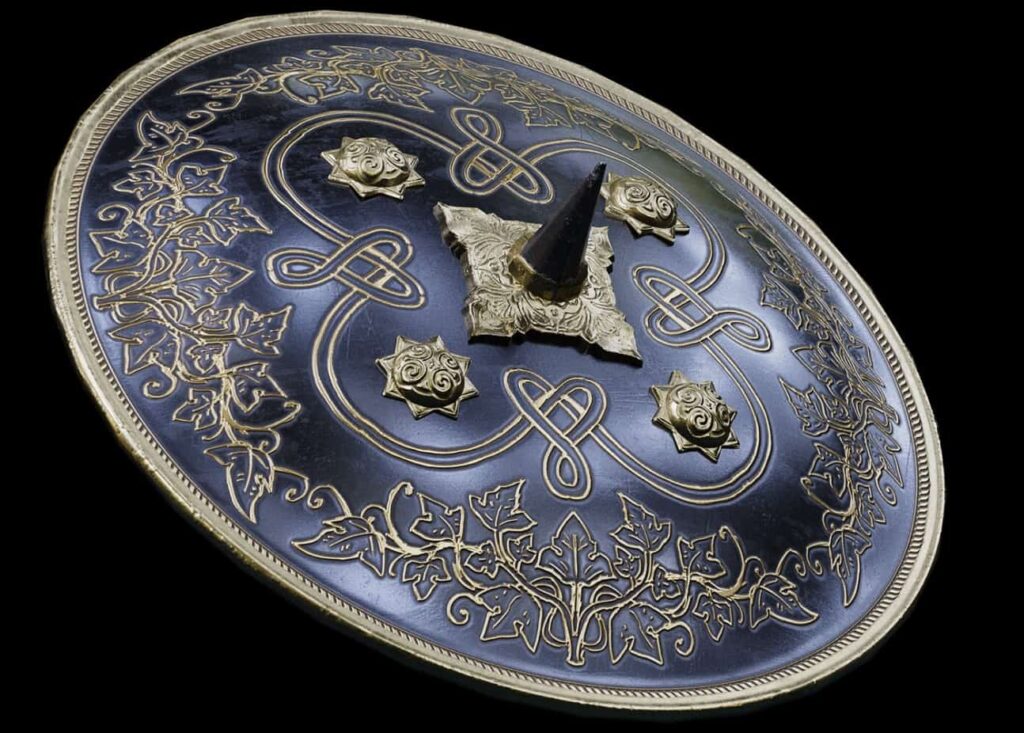
Targe
The targe shield is a round shield commonly associated with Scottish Highlander warriors. It is typically made of wood, often covered with leather and embellished with intricate designs. The targe shield features a central boss and is usually smaller than other shields, making it highly maneuverable. Some targe shields also have a spike or blade attached to the center, enhancing their offensive capabilities.
Tower Shield
The tower shield, often known as a kite shield due to its shape, is a large and elongated shield that covers a significant portion of the user’s body. It is typically made of wood and reinforced with metal, offering substantial protection against both ranged and melee attacks. The tower shield’s size can hinder mobility, but its ample coverage makes it a formidable defense in battles and skirmishes.
Zulu Shield
The Zulu shield, known as an isiHlangu, is a distinctive oval-shaped shield used by the Zulu people of Southern Africa. Traditionally made from cowhide, the Zulu shield features a wooden frame covered with leather, and it often has decorative patterns and symbols. It is used in combination with the assegai, a short stabbing spear, in Zulu warfare. The shape of the Zulu shield provides good coverage while allowing for mobility in battle.
Exploring Unique Melee Weapons
In the realm of melee weapons, creativity knows no bounds. From the mesmerizing flow of chakrams to the fierce strikes of war fans, unconventional tools offer unique advantages. These distinctive weapons often catch opponents off guard, making them a choice for inventive and daring warriors seeking the element of surprise on the battlefield.
Cestus
The cestus is a formidable weapon that fuses the power of a glove with the lethality of metal spikes or studs. Originating in ancient Rome, this unique weapon consists of a glove-like structure embedded with metal elements. The cestus amplifies the force of punches, making it a devastating tool for close combat. Worn on the fighter’s hand, it transforms their fists into instruments of piercing and bludgeoning, enhancing the impact of each strike.
Emeici
The emeici are a pair of deceptive weapons that appear as ornate hairpins but conceal a deadly secret. Hailing from ancient China, these seemingly delicate accessories transform into effective self-defense tools. With a flick of the wrist, the emeici’s hidden blades extend, revealing their true nature. The intricate craftsmanship of the hairpin conceals the potential for rapid and unexpected strikes, making it an essential choice for personal protection.
Leiomano
The leiomano is a traditional Hawaiian weapon that captures the spirit of both warfare and culture. Fashioned from shark teeth and wood, this club-like implement features a curved blade adorned with sharp teeth that evoke the ferocity of the sea’s predators. A symbol of status and strength, the leiomano is not only a formidable weapon but also an embodiment of the Hawaiian heritage.
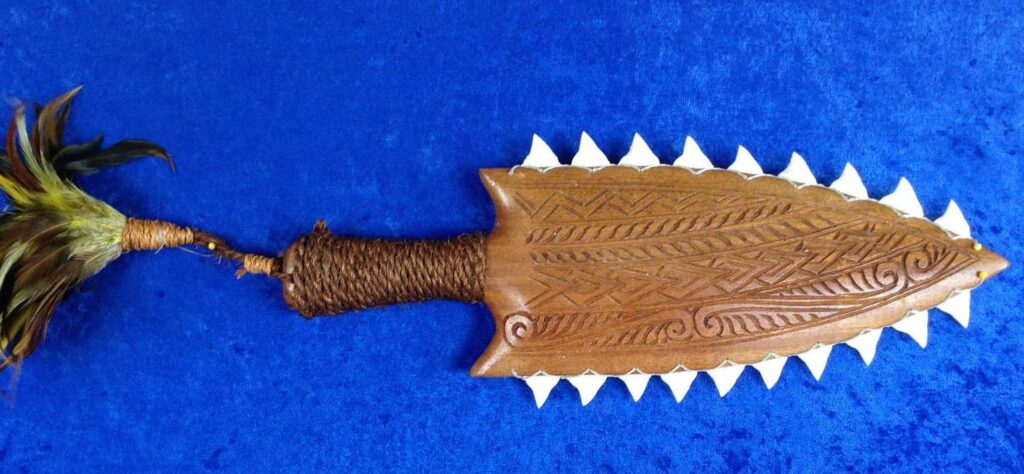
Sai
The sai is a distinctive Okinawan weapon characterized by its trident-like design. Comprising a central pointed prong and two side prongs, the sai is used for blocking, trapping, and striking. Its unique form allows practitioners to immobilize an opponent’s weapon and deliver swift jabs with precision.
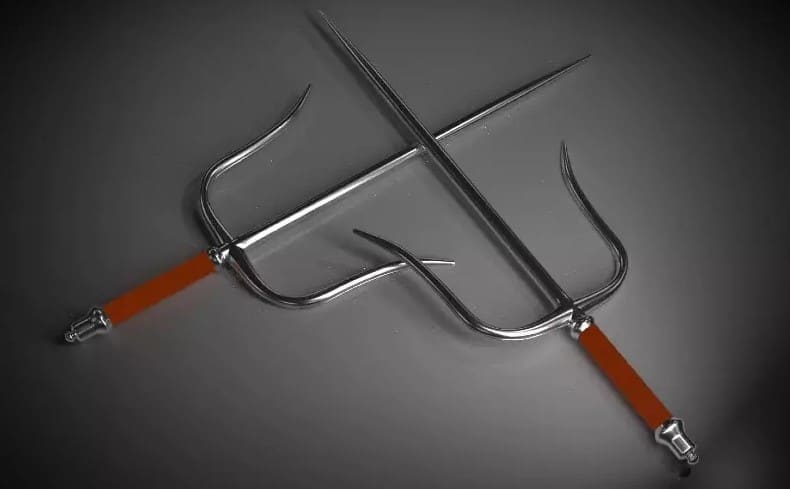
Shaolin Spade
The Shaolin spade is a traditional Chinese weapon that marries the functions of a staff and a blade. With a crescent-shaped blade on one end and a spade-like blade attached perpendicularly at the other end, the Shaolin spade is a versatile tool for combat and defense. Originating from the legendary Shaolin Monastery, this weapon is symbolic of disciplined training and spiritual enlightenment. Its unique design enables users to strike, block, and disarm opponents with efficiency, making it a staple of Chinese martial arts.
Tekko-kagi (Claw Weapons)
The tekko-kagi, originating in Japan, is a set of hand-held claw weapons that serve as both a protective tool and a lethal weapon. Worn over the knuckles, the tekko-kagi provides a formidable means of blocking and parrying while enabling precise strikes using the sharp claws. Often associated with the ninja tradition, the tekko-kagi showcases the ingenuity of turning everyday items into effective combat implements.
Wind and Fire Wheels
The wind and fire wheels are unique circular weapons that feature sharp blades or spikes on the outer edges. With a design that resembles ornate wheels, they can be thrown or used in close combat to deliver slicing and cutting attacks.
Conclusion
In the grand tapestry of weaponry, melee weapons stand as the epitome of raw, unbridled power and the finesse of centuries-old craftsmanship. From the noble knights wielding mighty claymores to the survivors of zombie apocalypses swinging cricket bats, the allure of melee combat is as timeless as it is electrifying.
So, whether you’re facing down the shambling terrors of the night or simply perfecting your Renaissance fair ensemble, remember that the right melee weapon can be your most steadfast ally.
As you venture forth into a world that’s equal parts history and imagination, may your blades remain sharp, your strikes true, and your steps ever ready for the exhilarating dance of melee combat.
After all, in a universe teeming with possibilities, only one thing is certain: a well-placed blow can change the course of history—or at least keep the zombies at bay for one more day. Happy slashing, dear readers, and may your swings be ever swift and your aim true!

